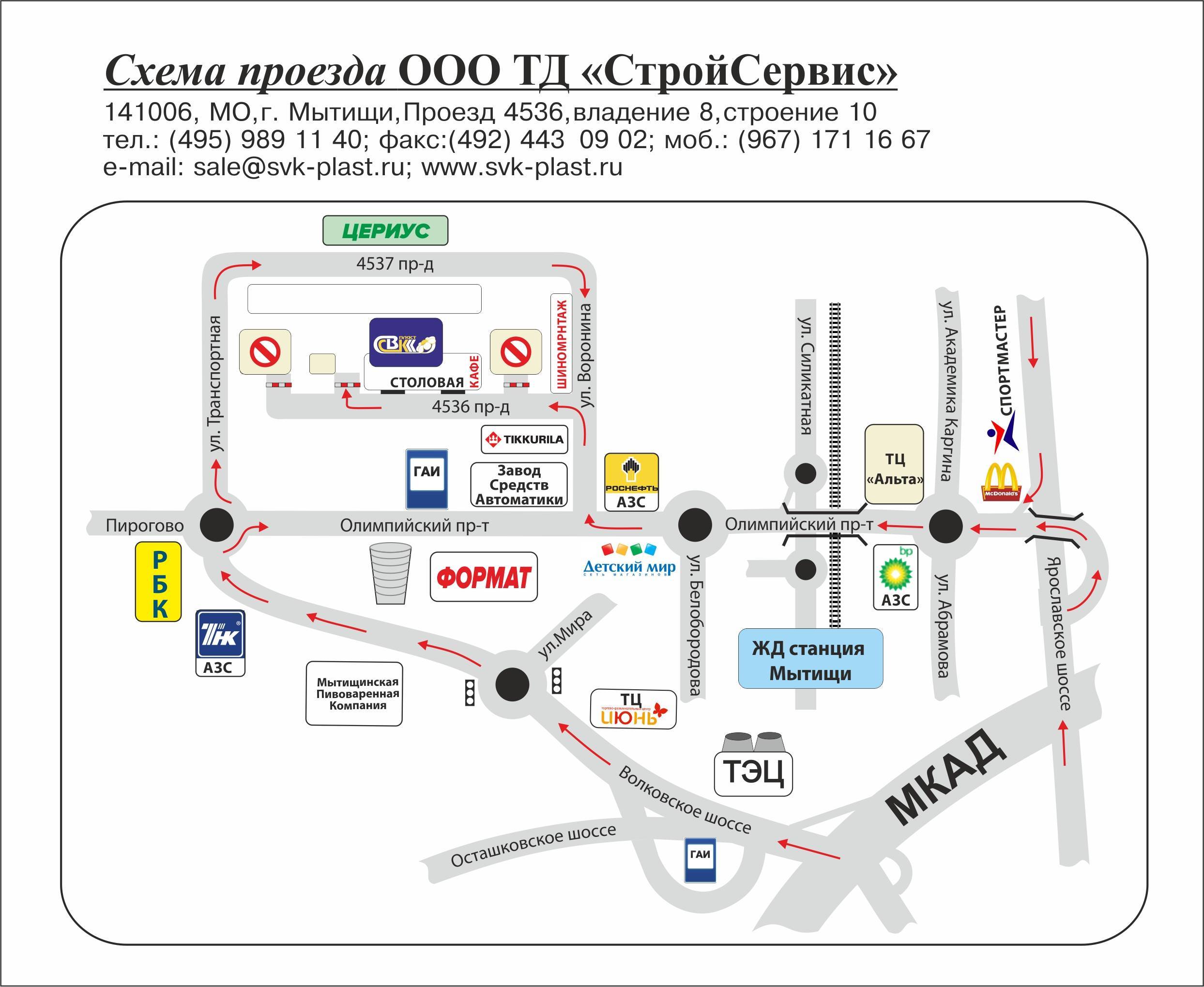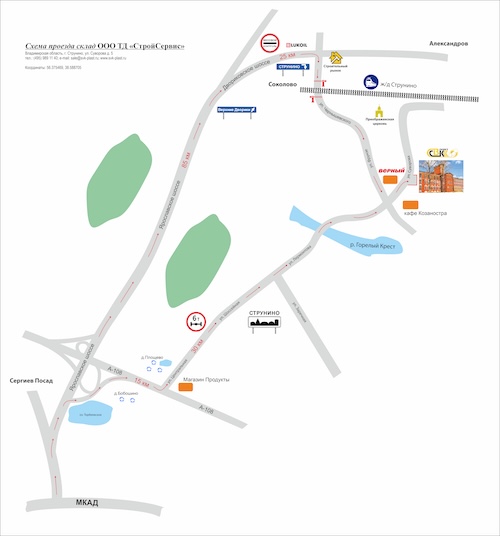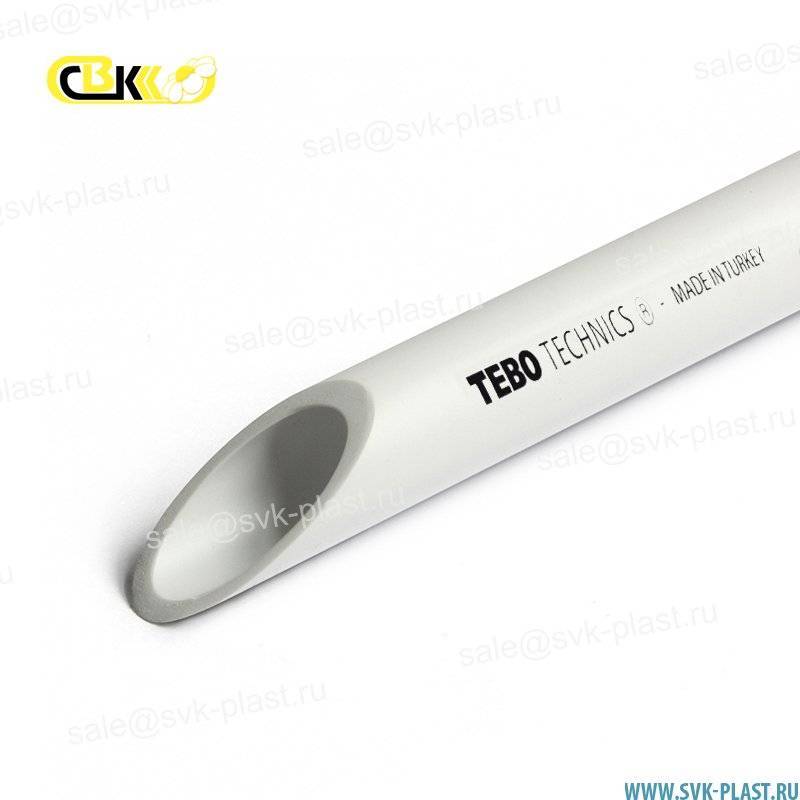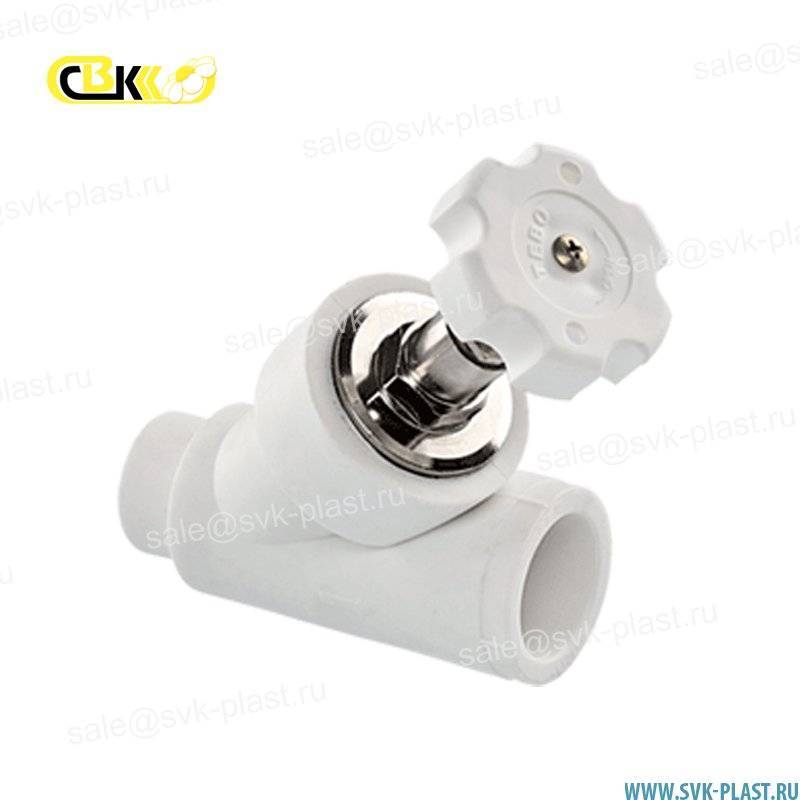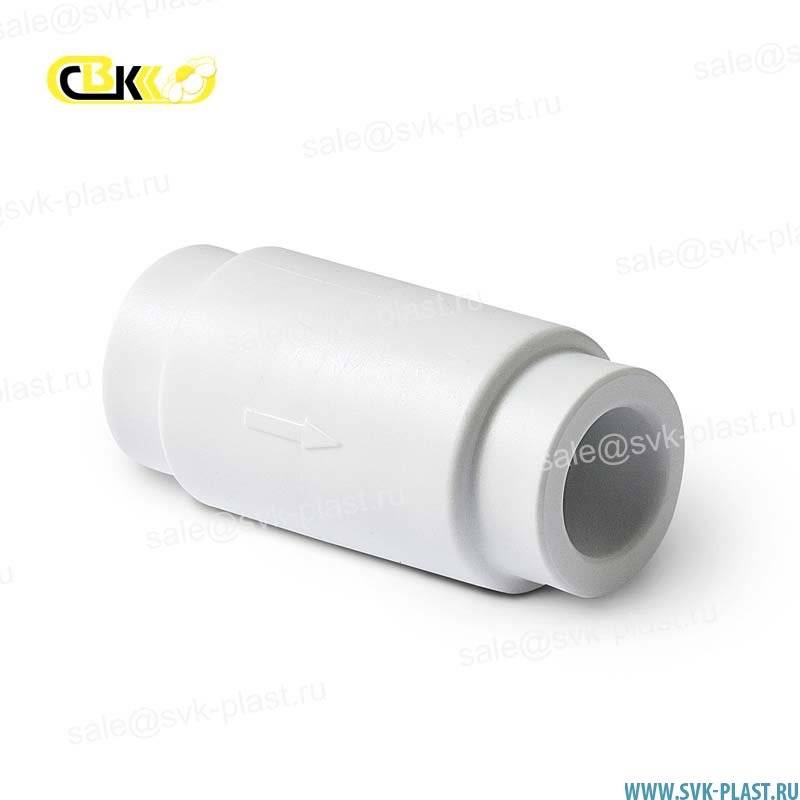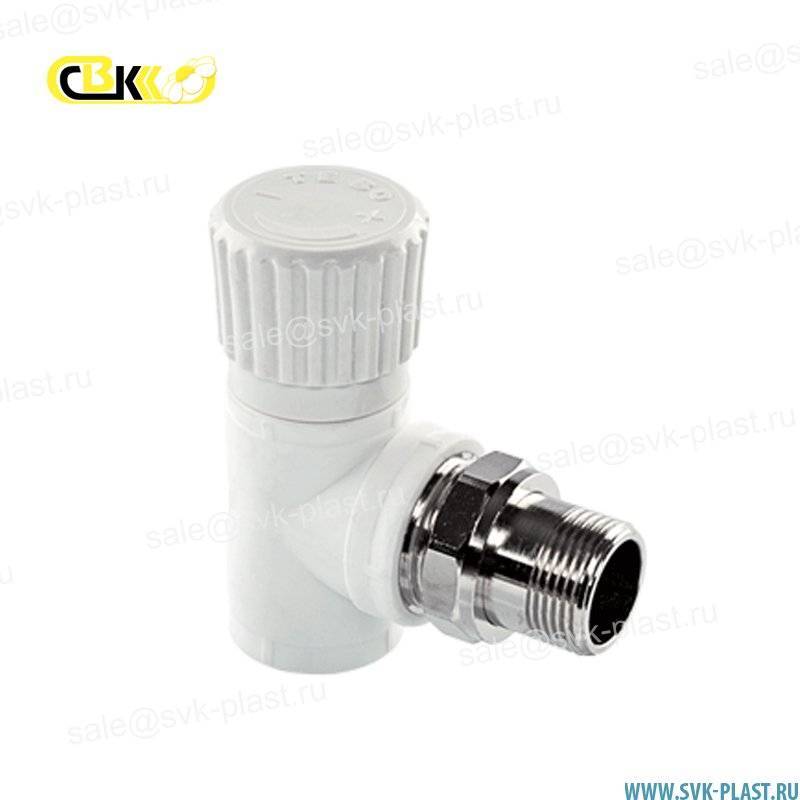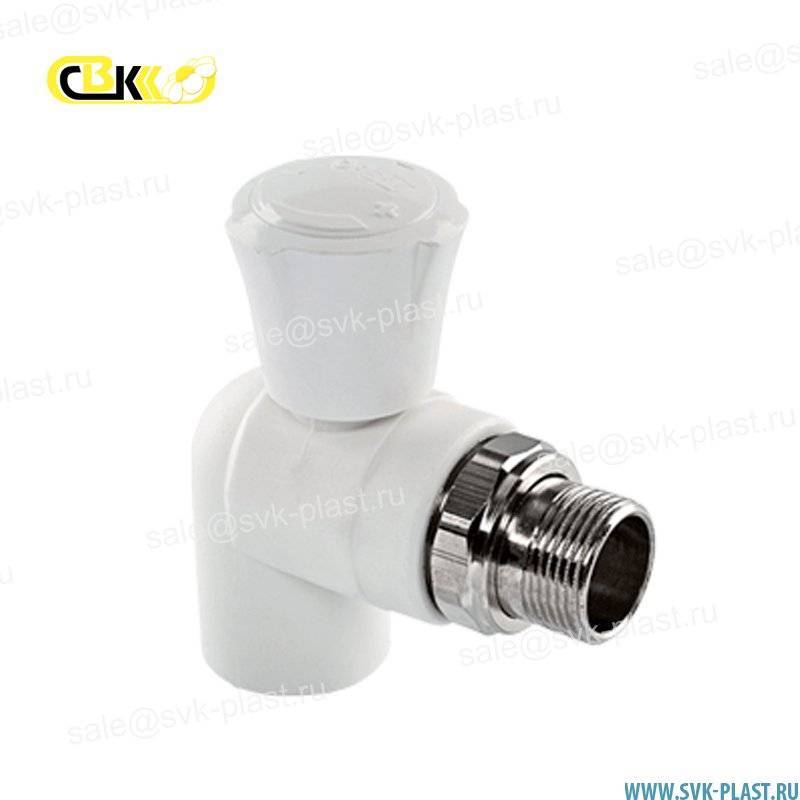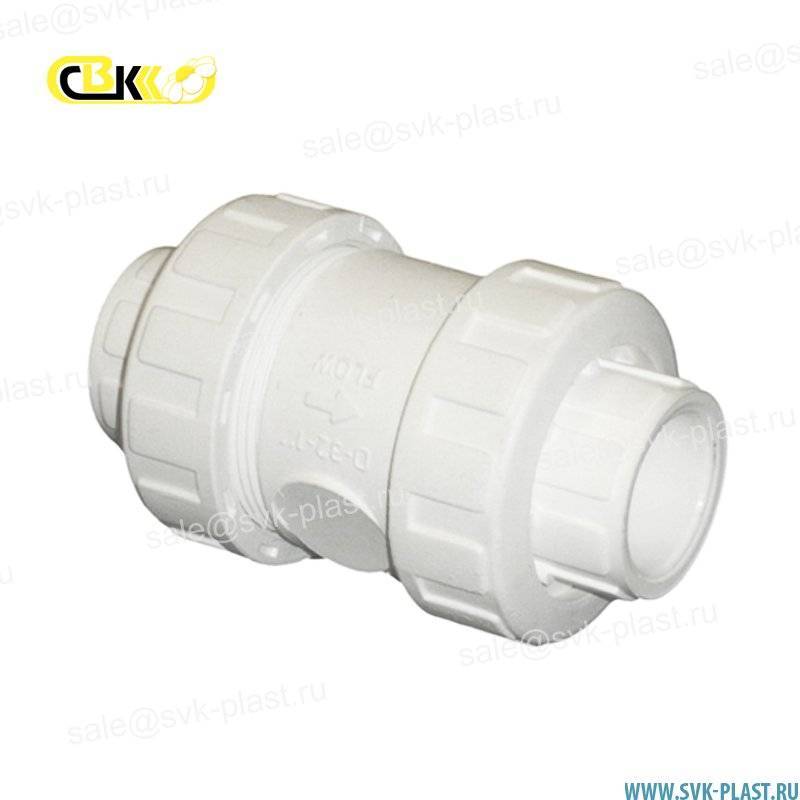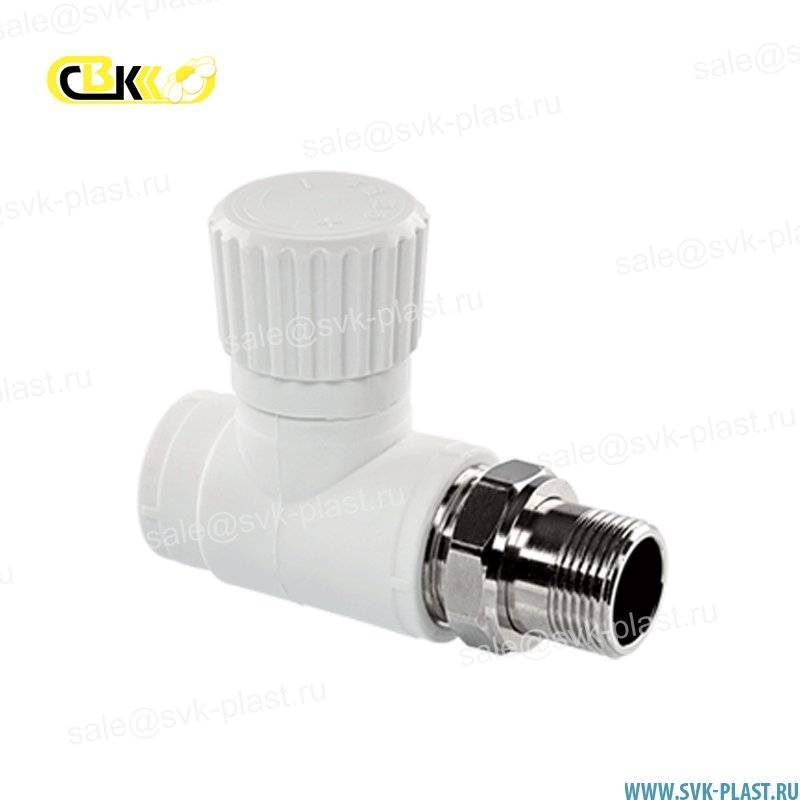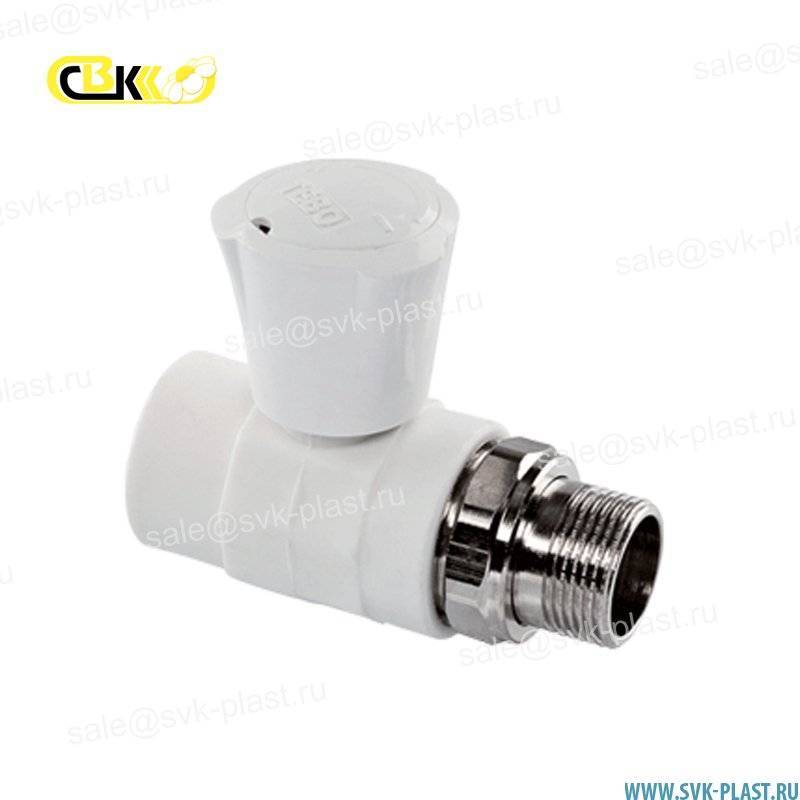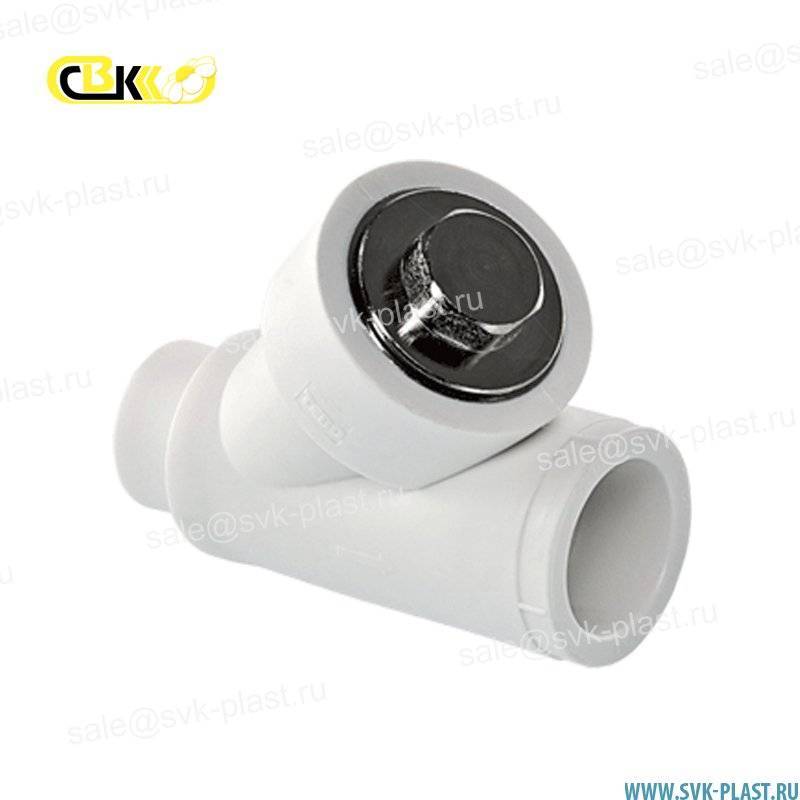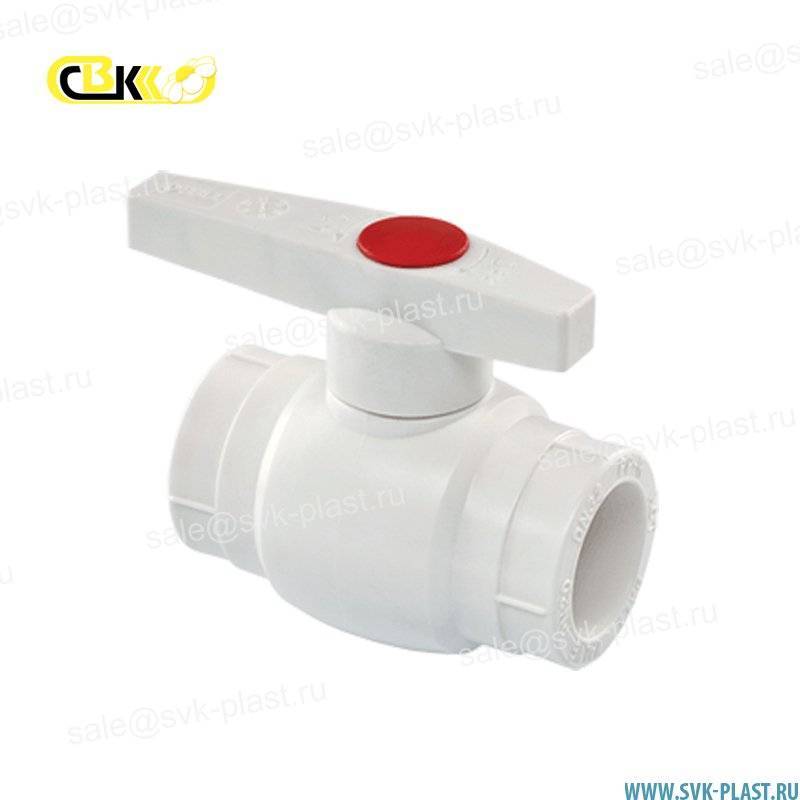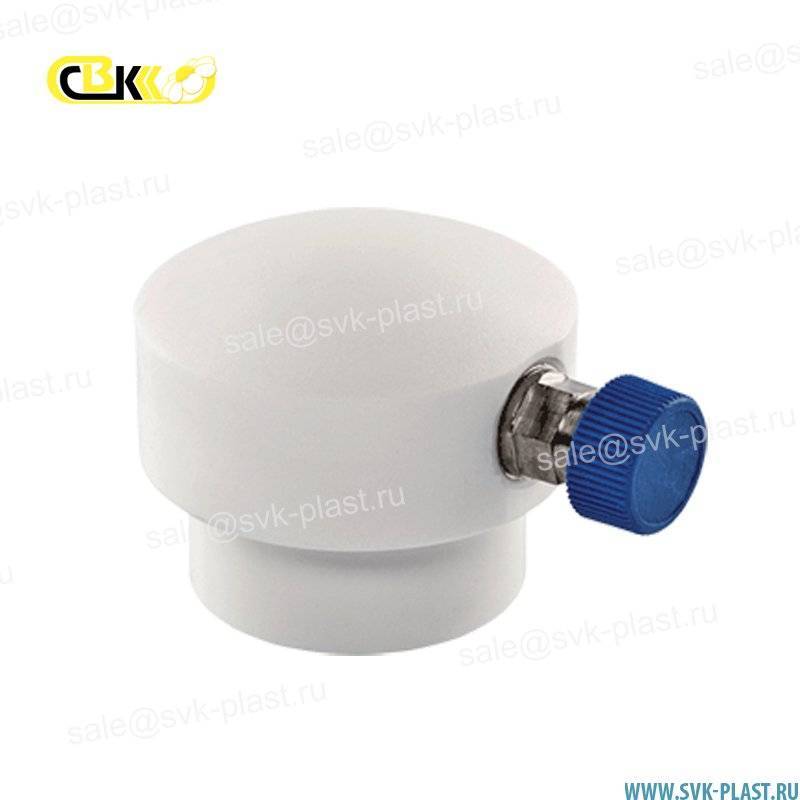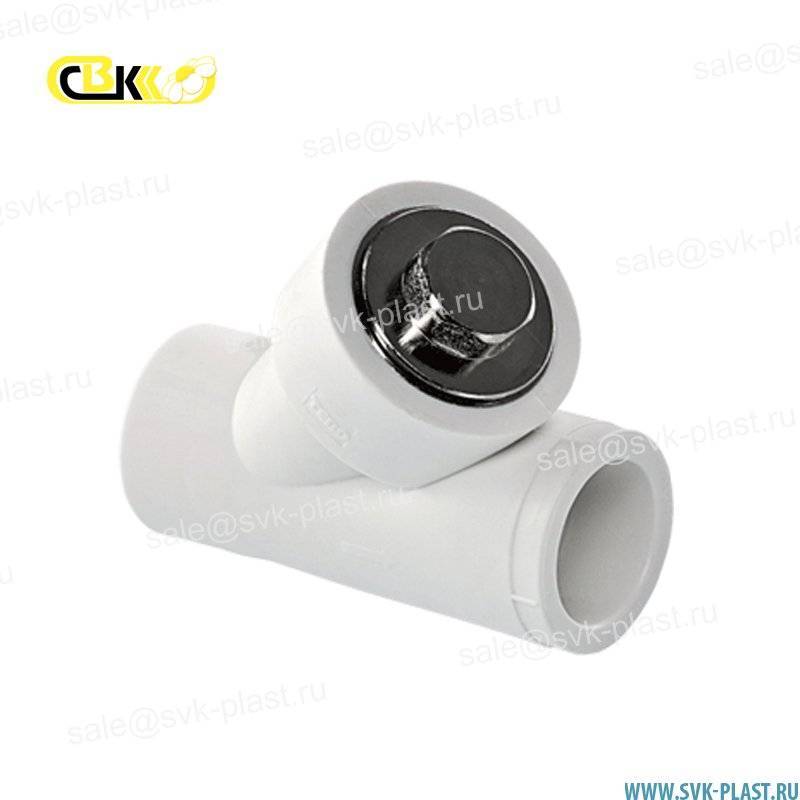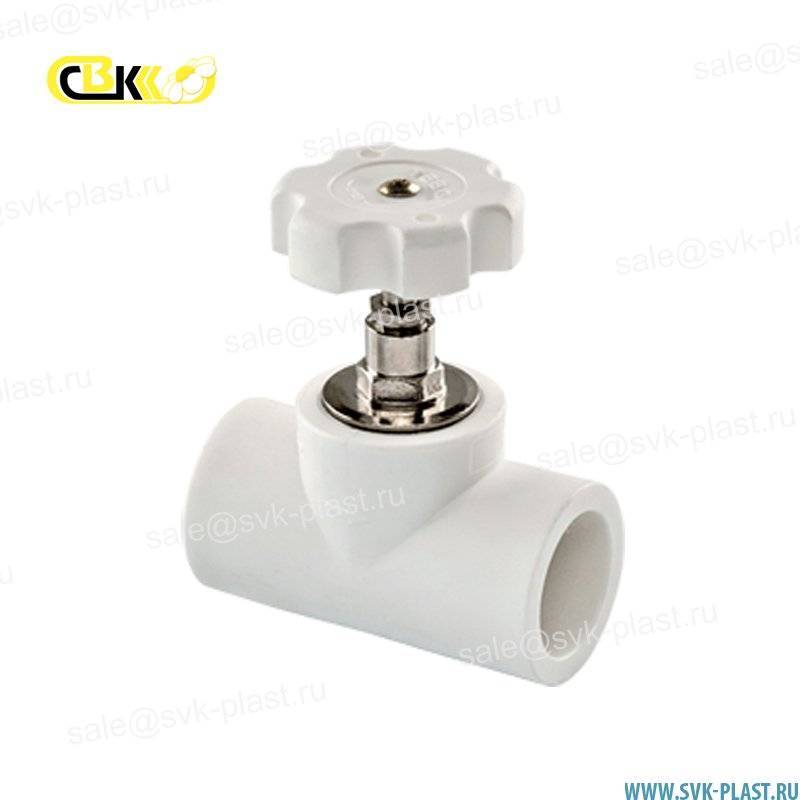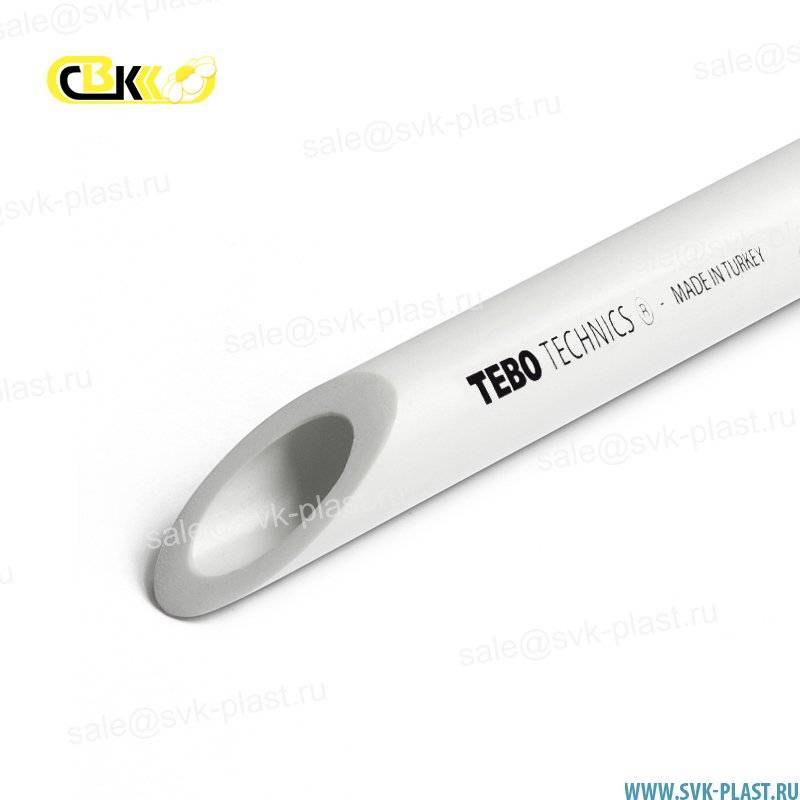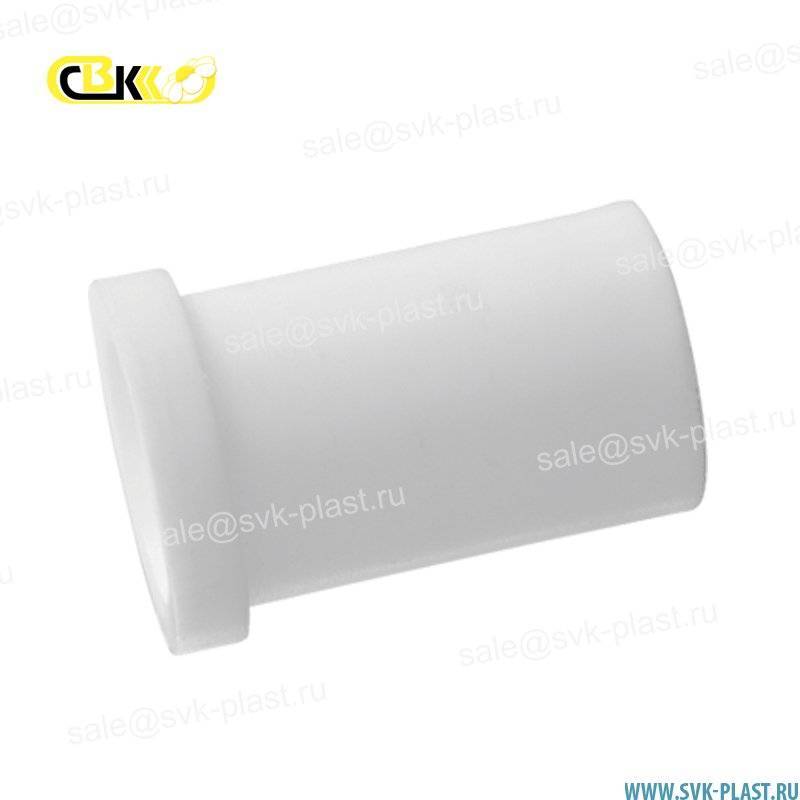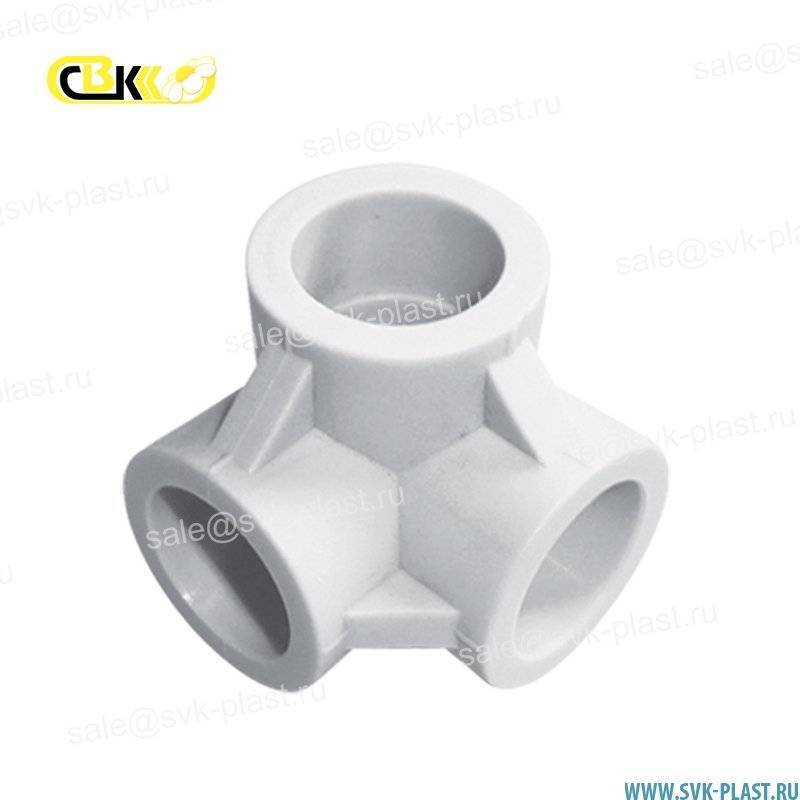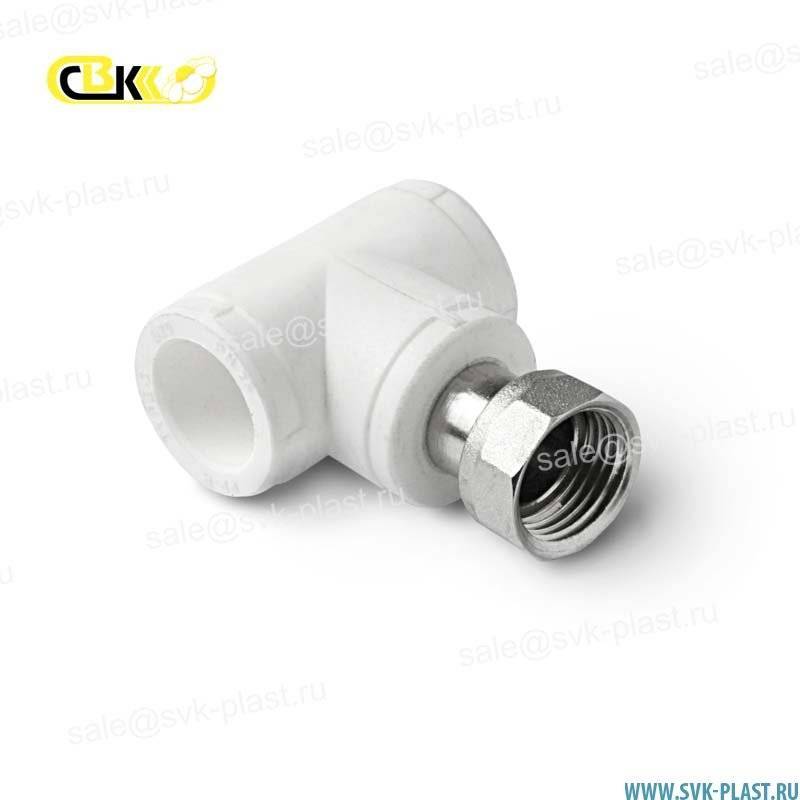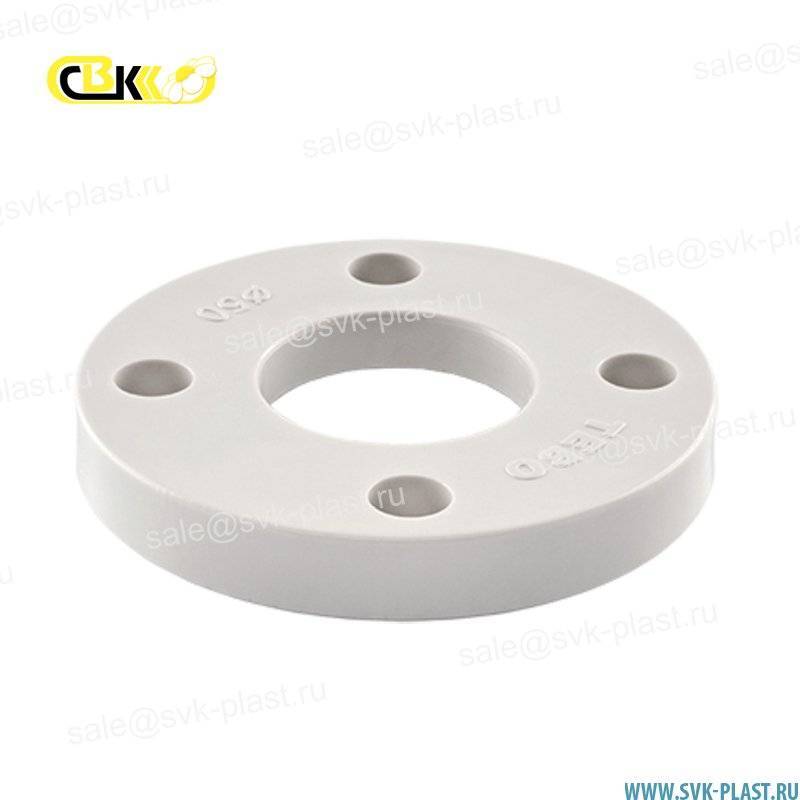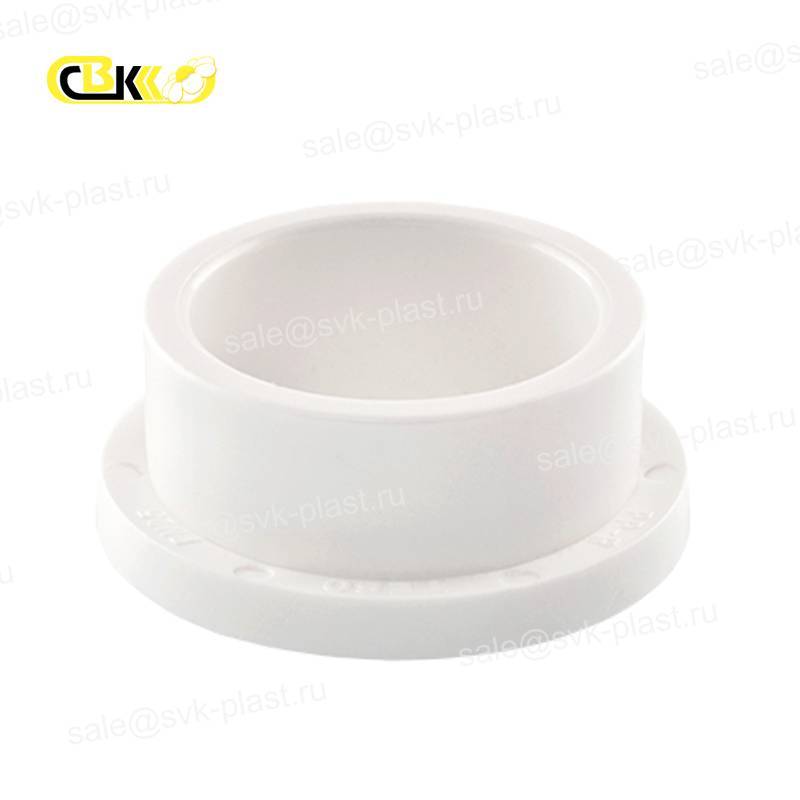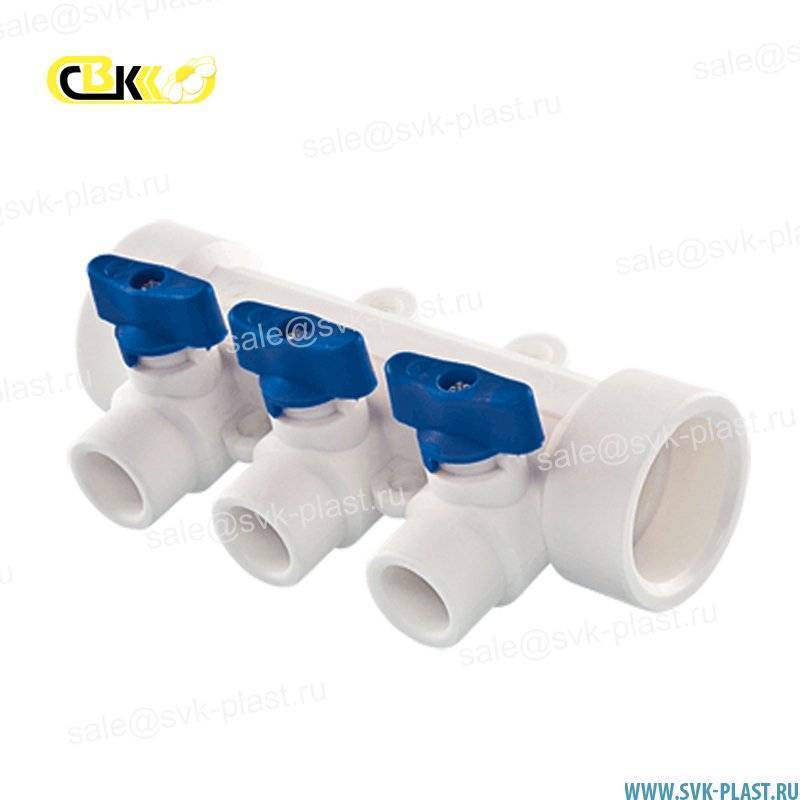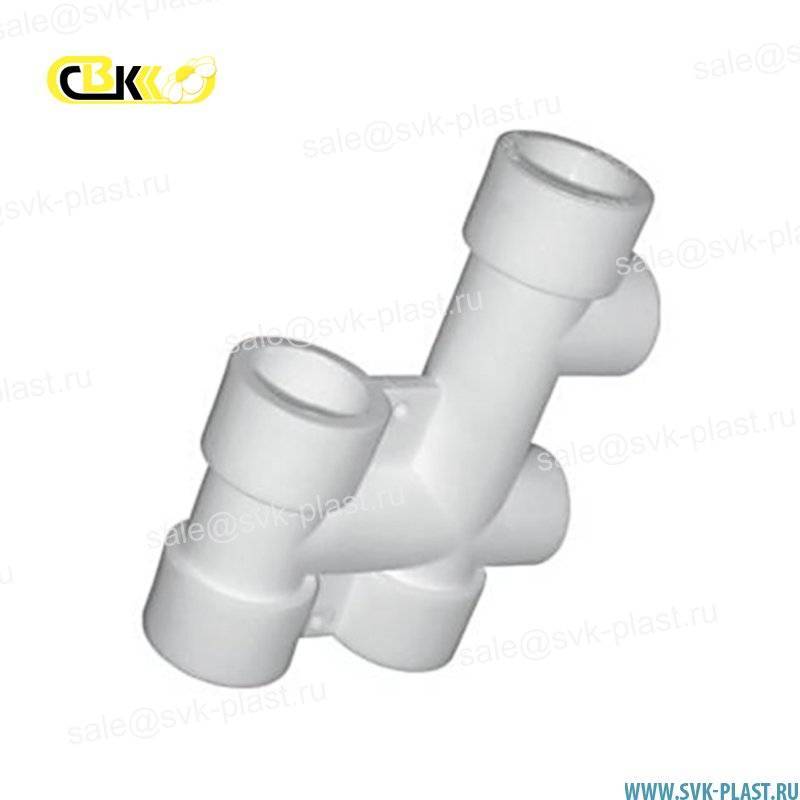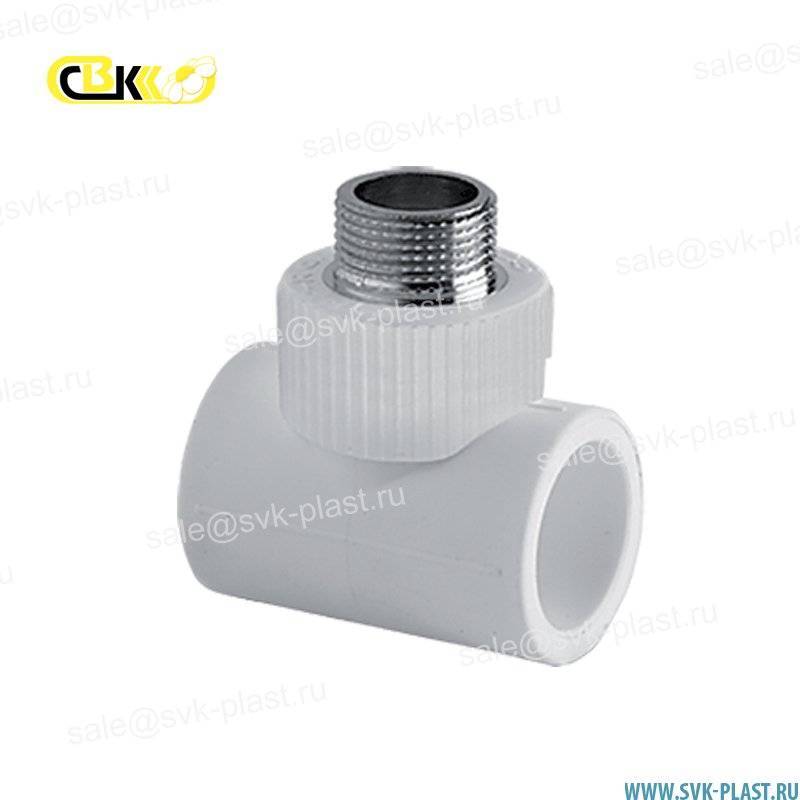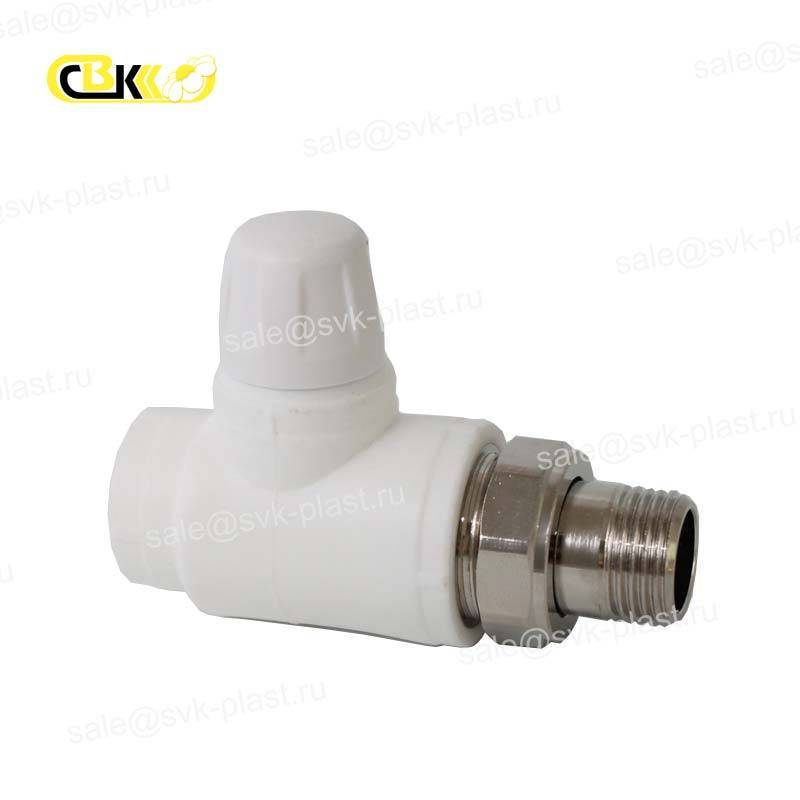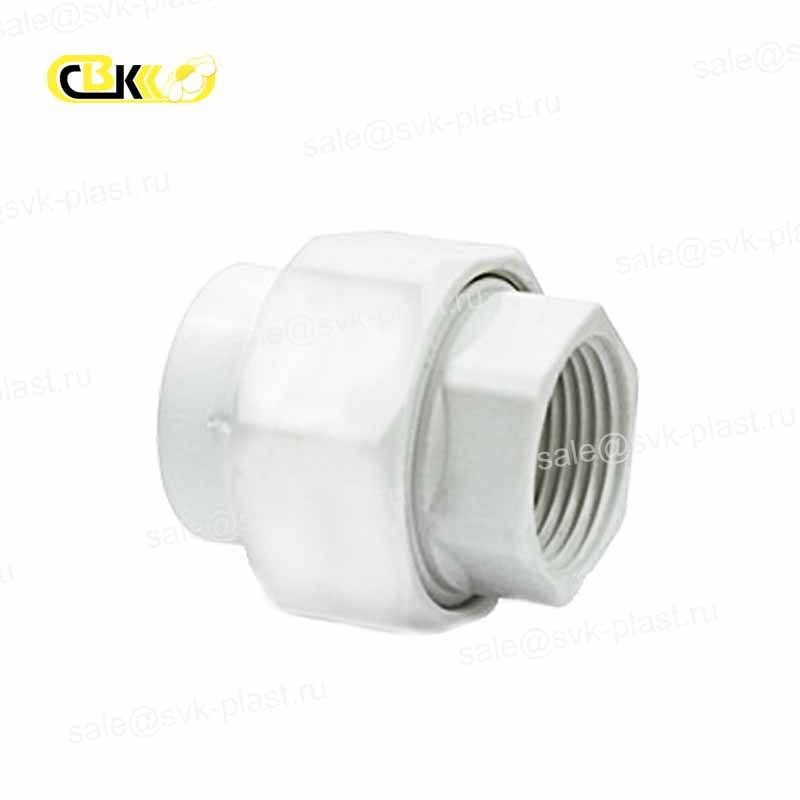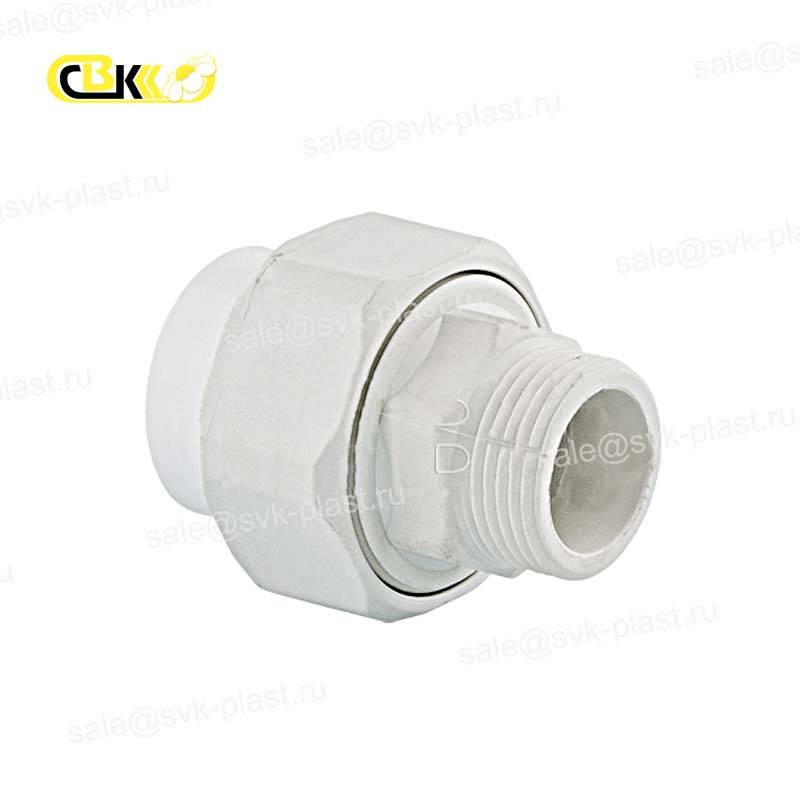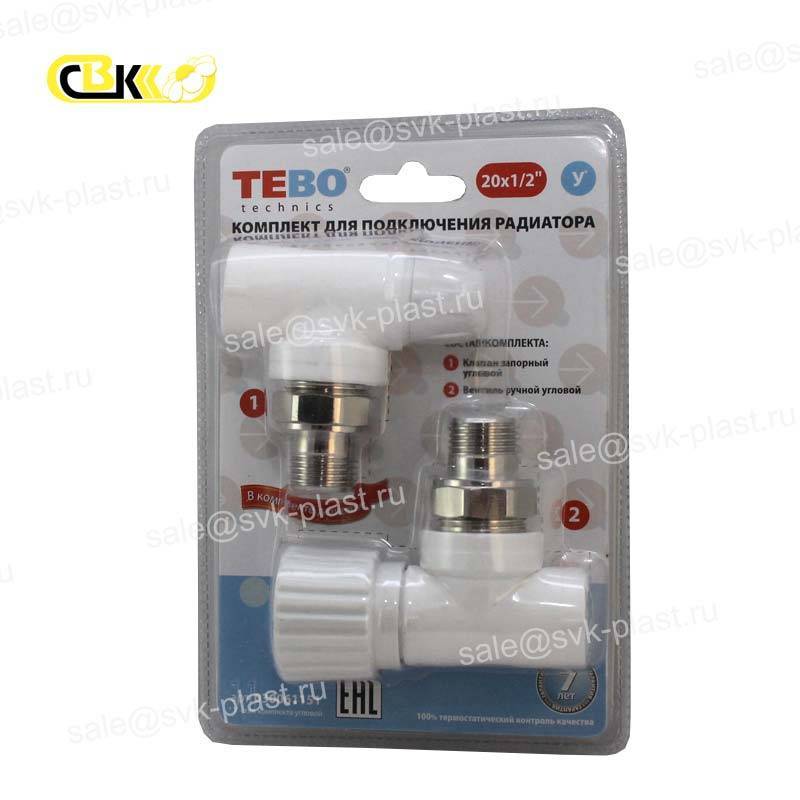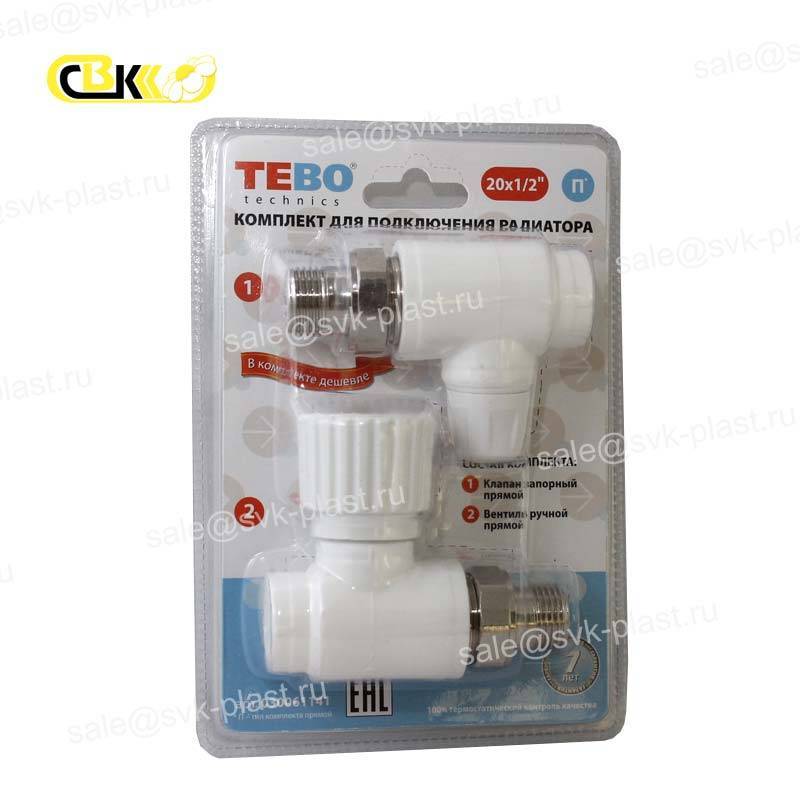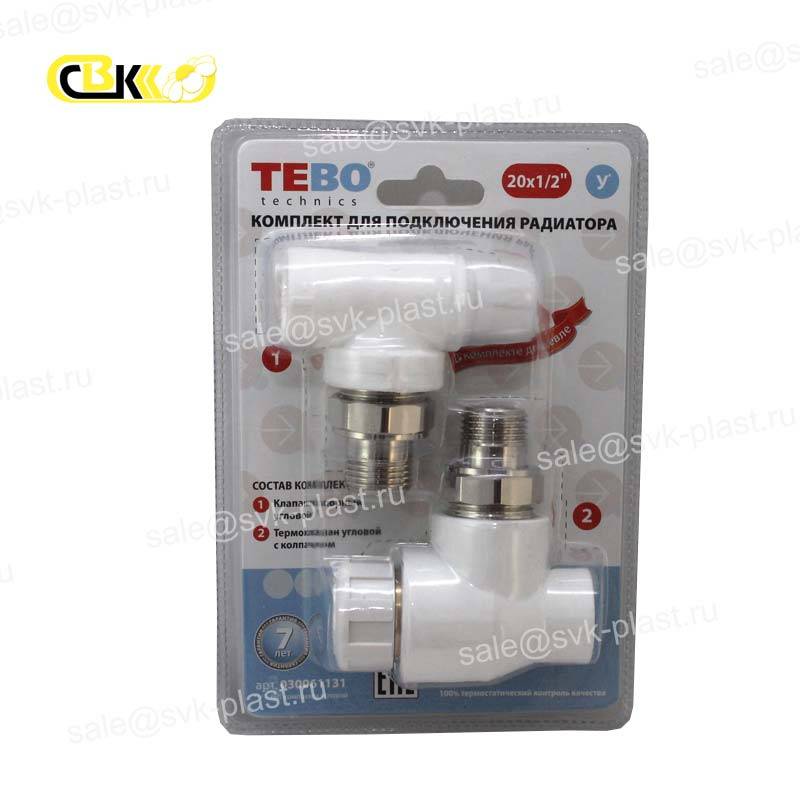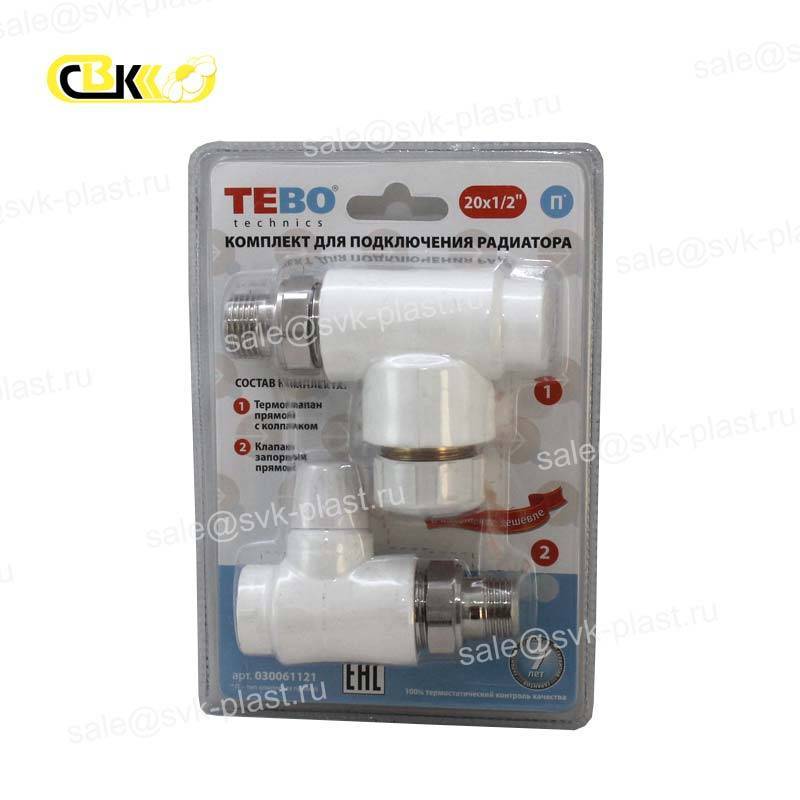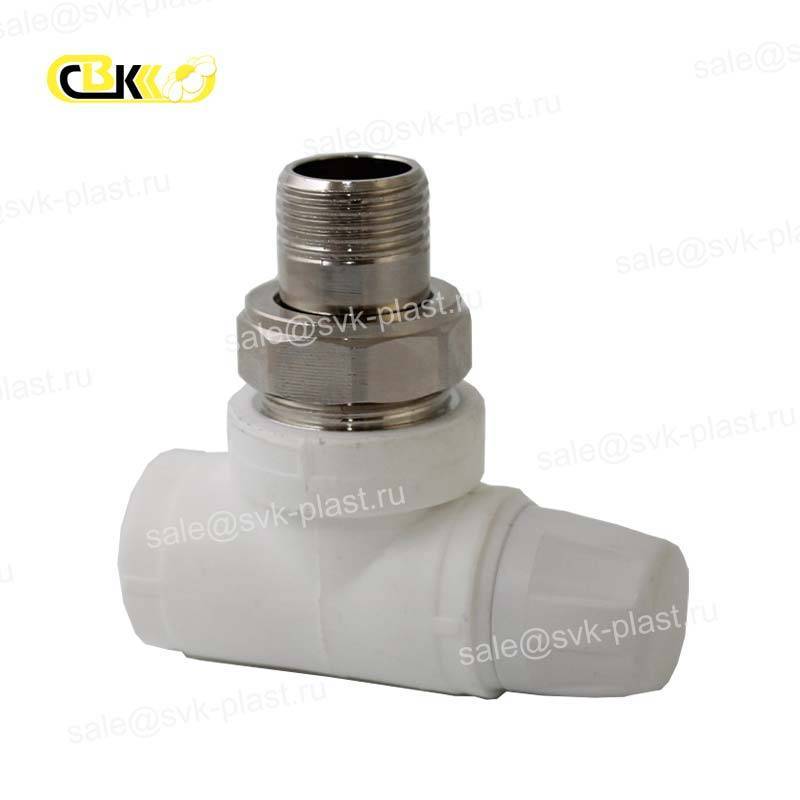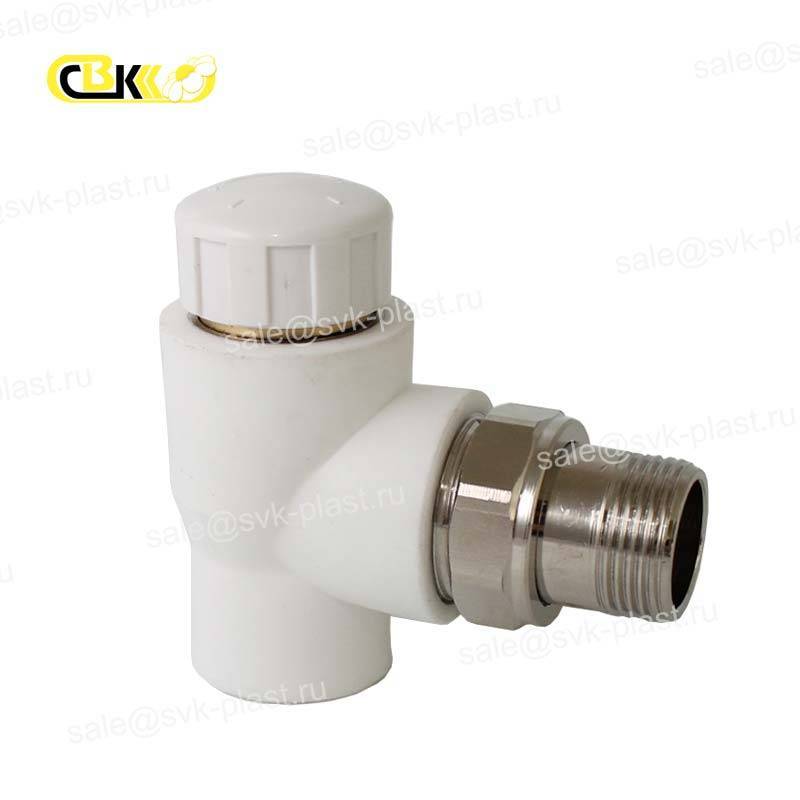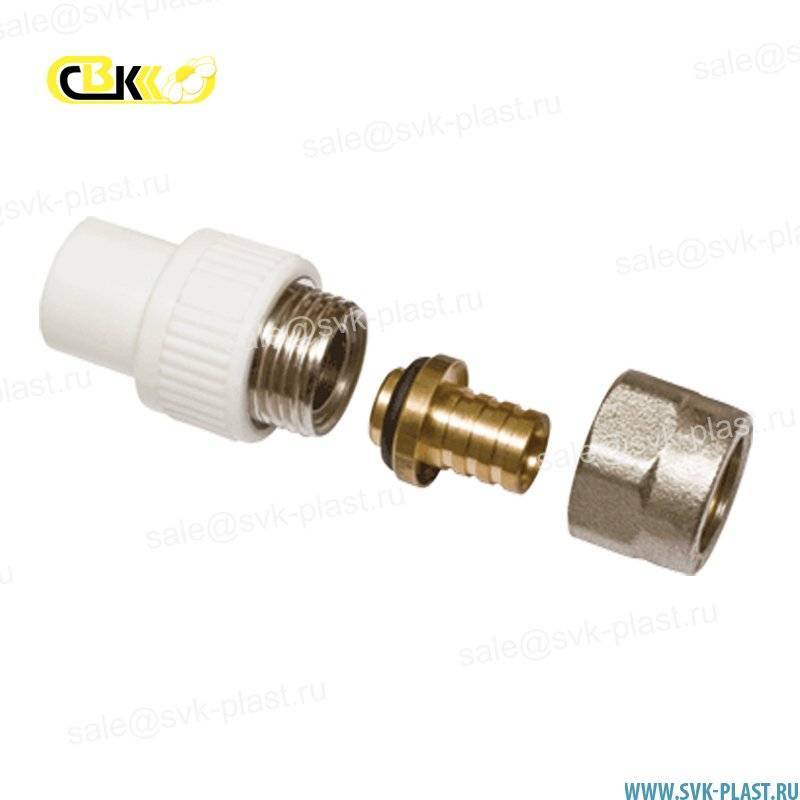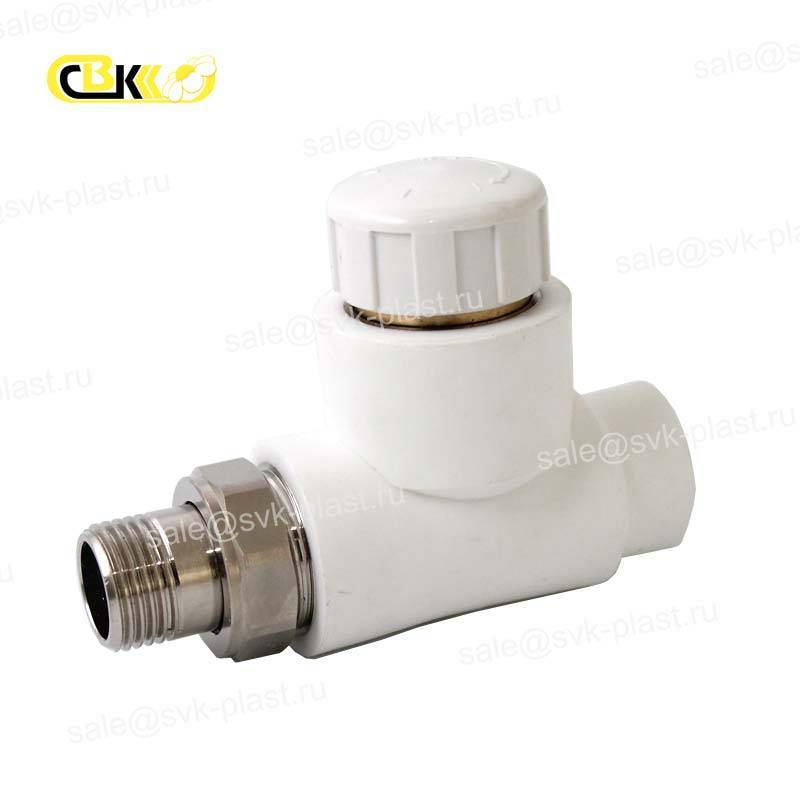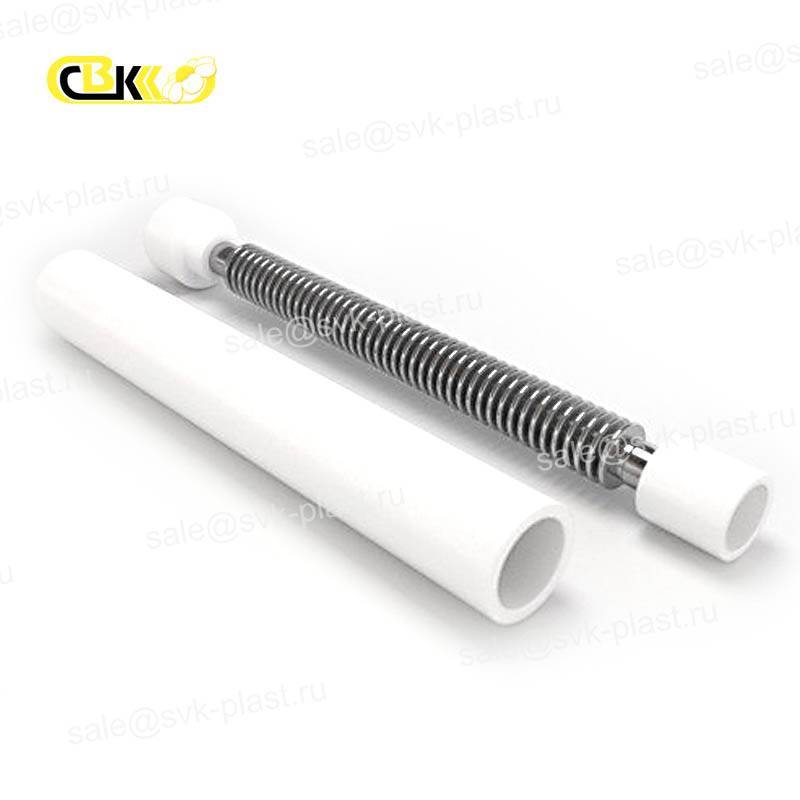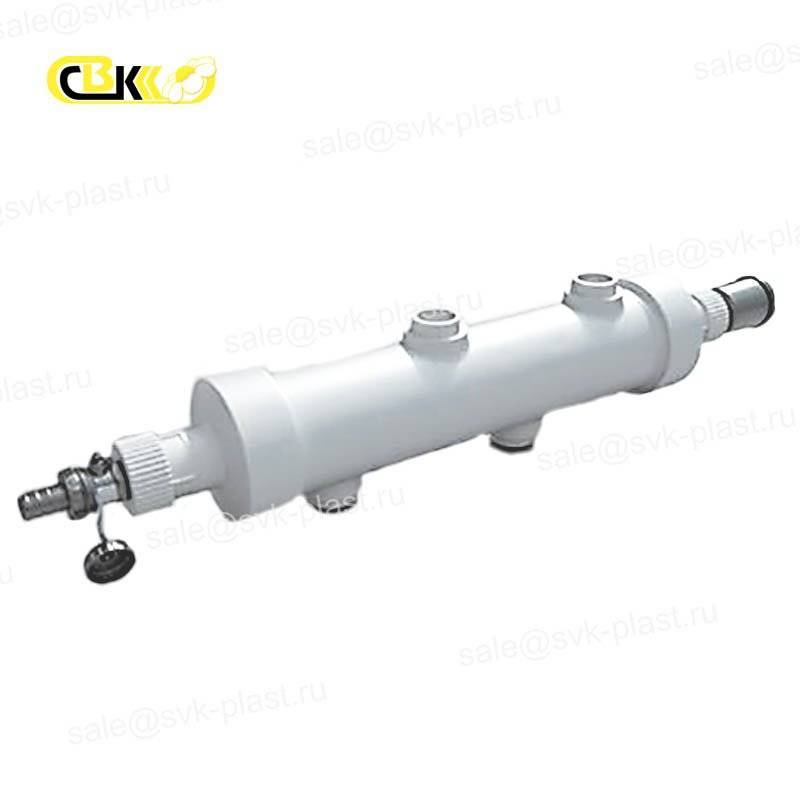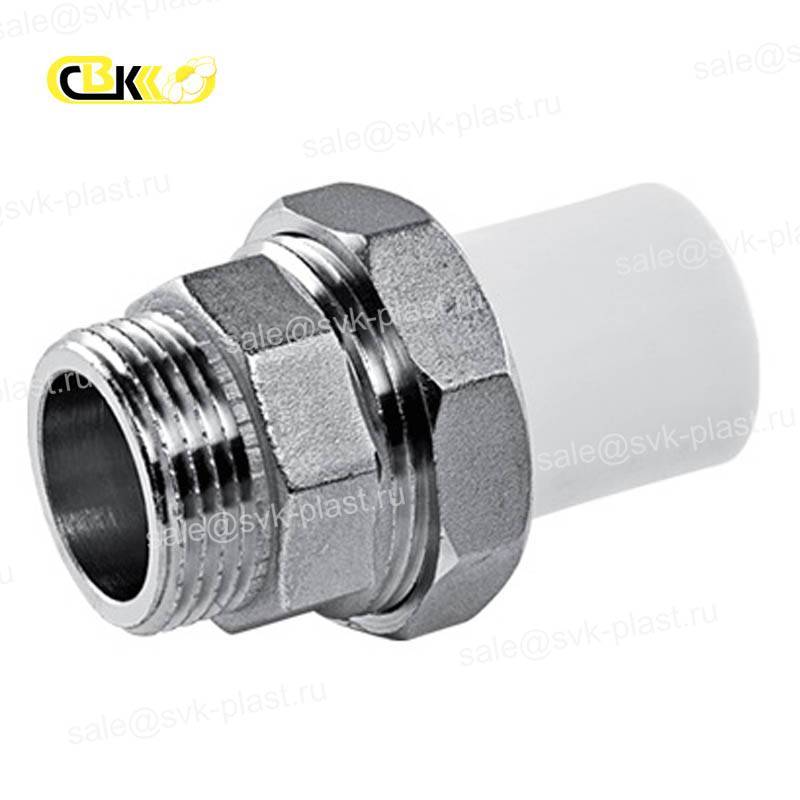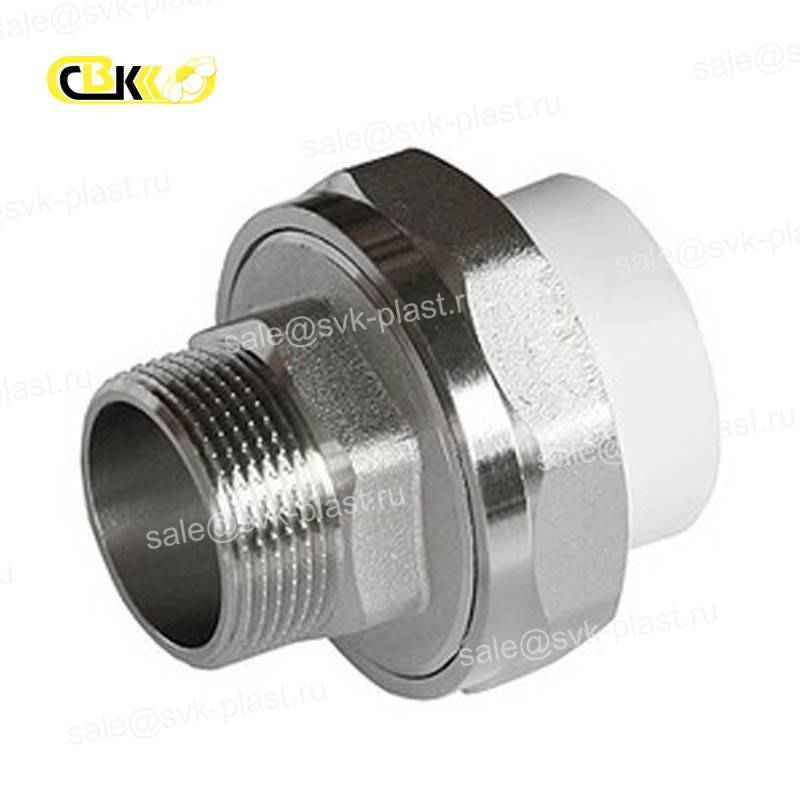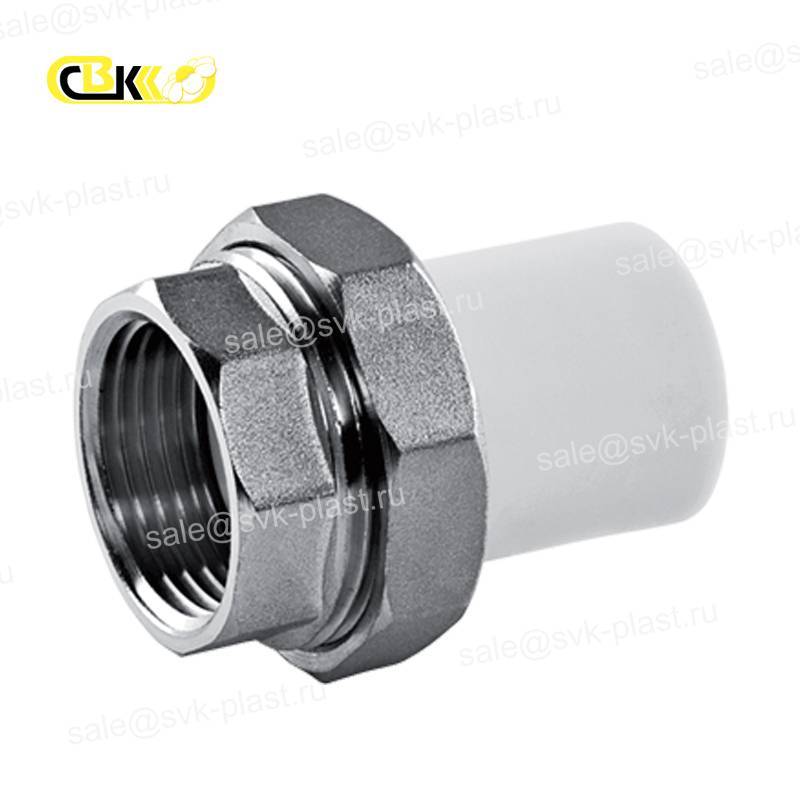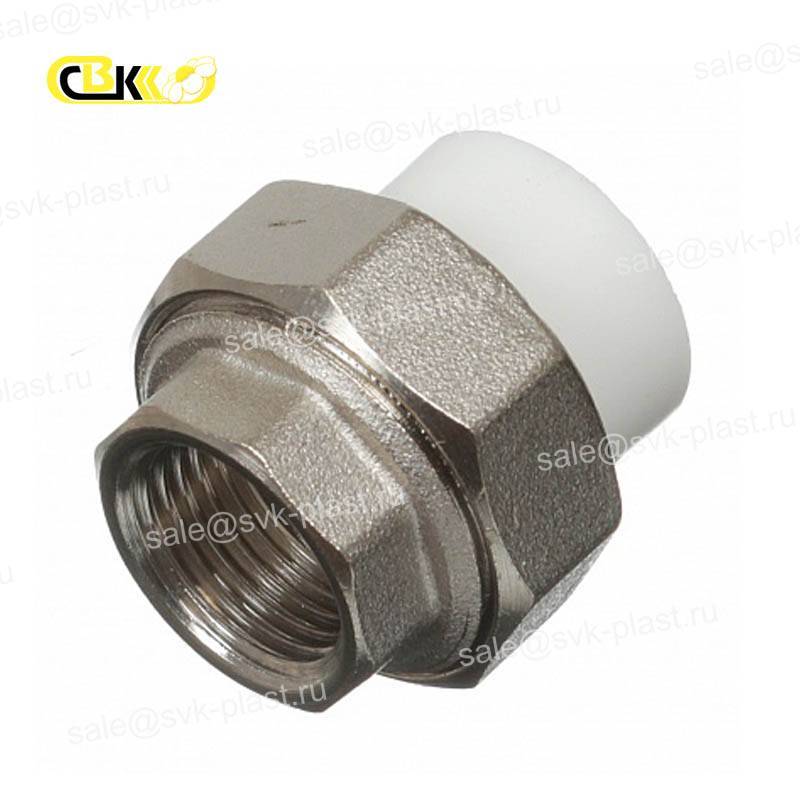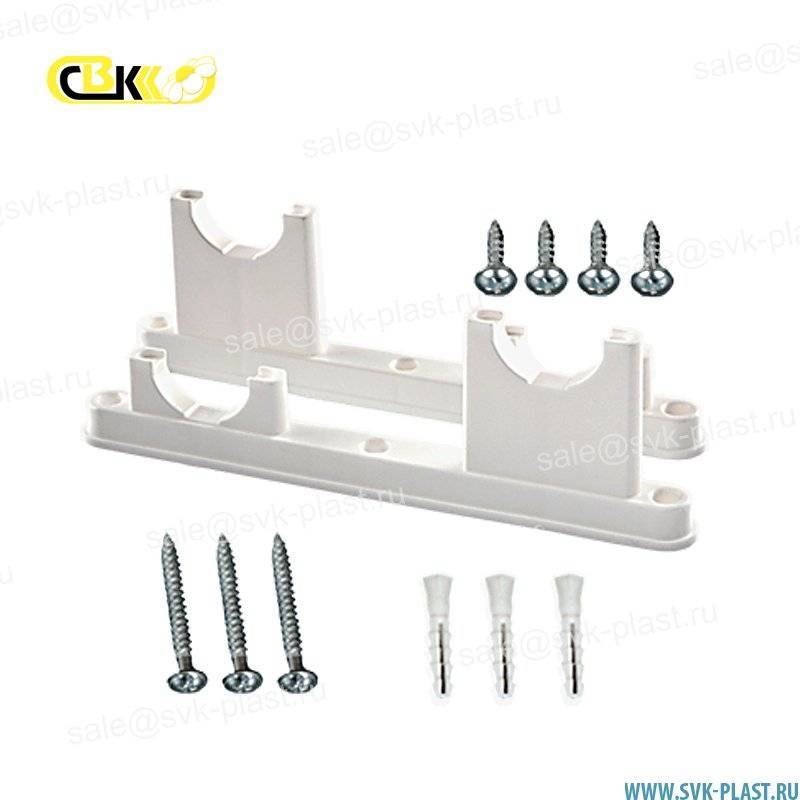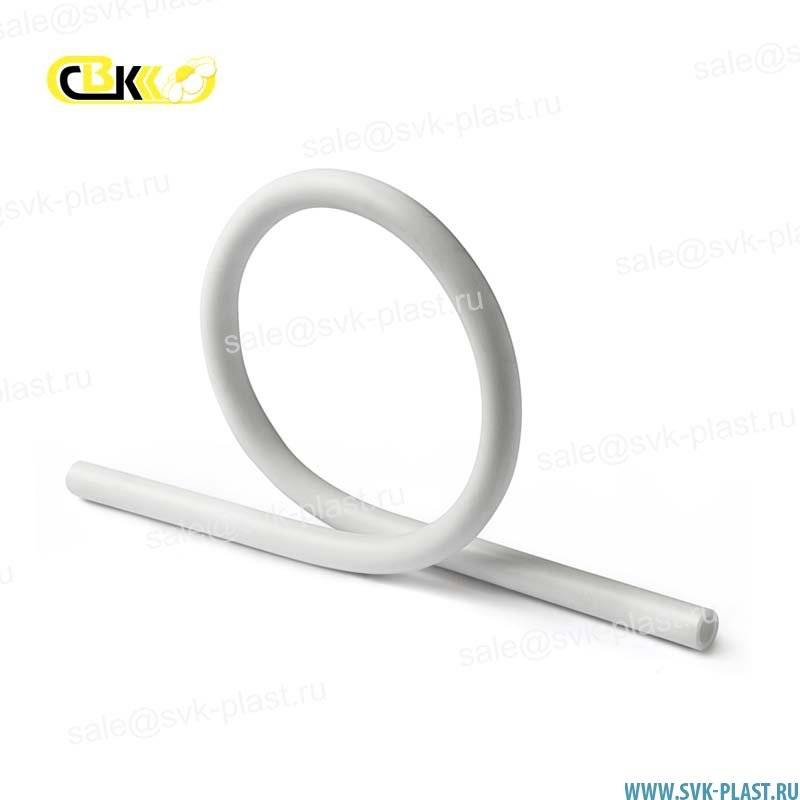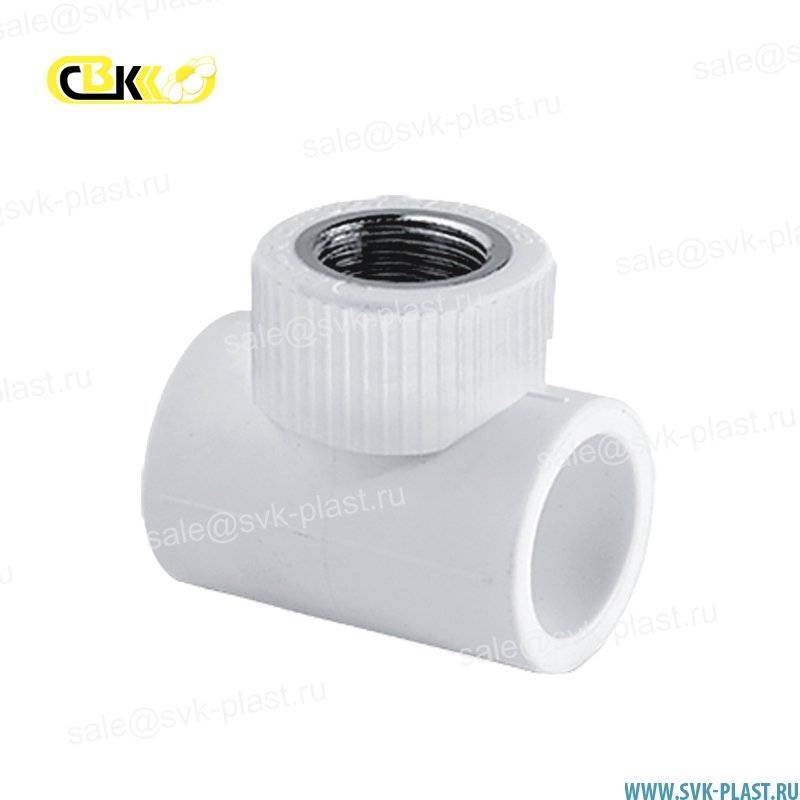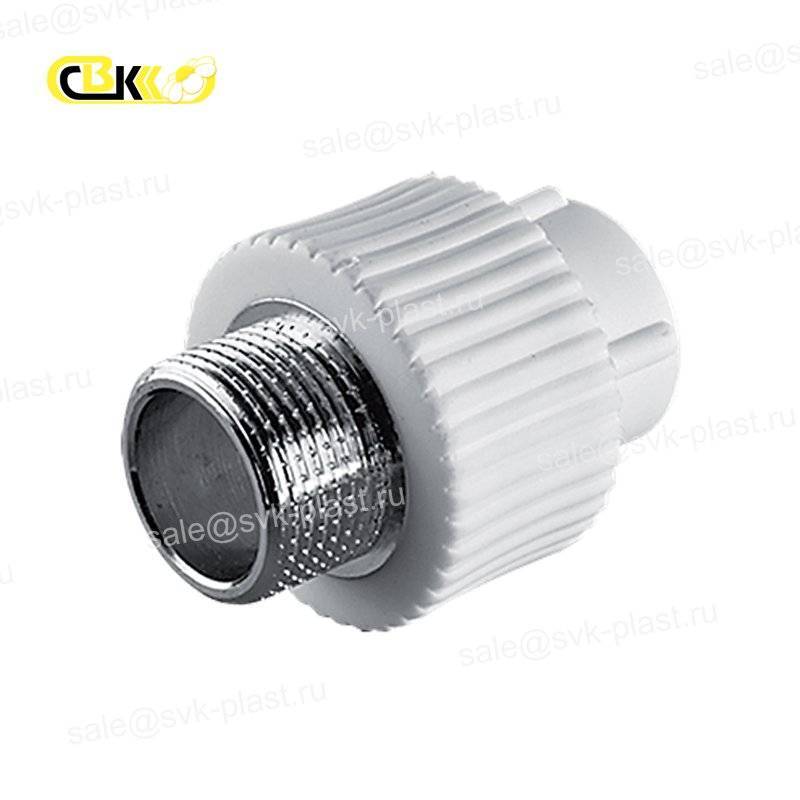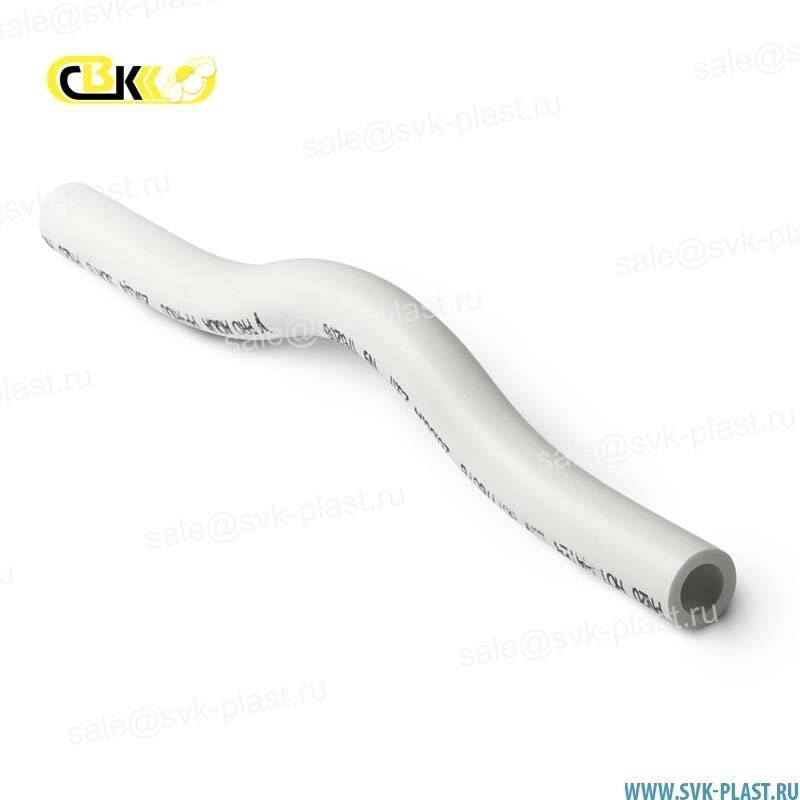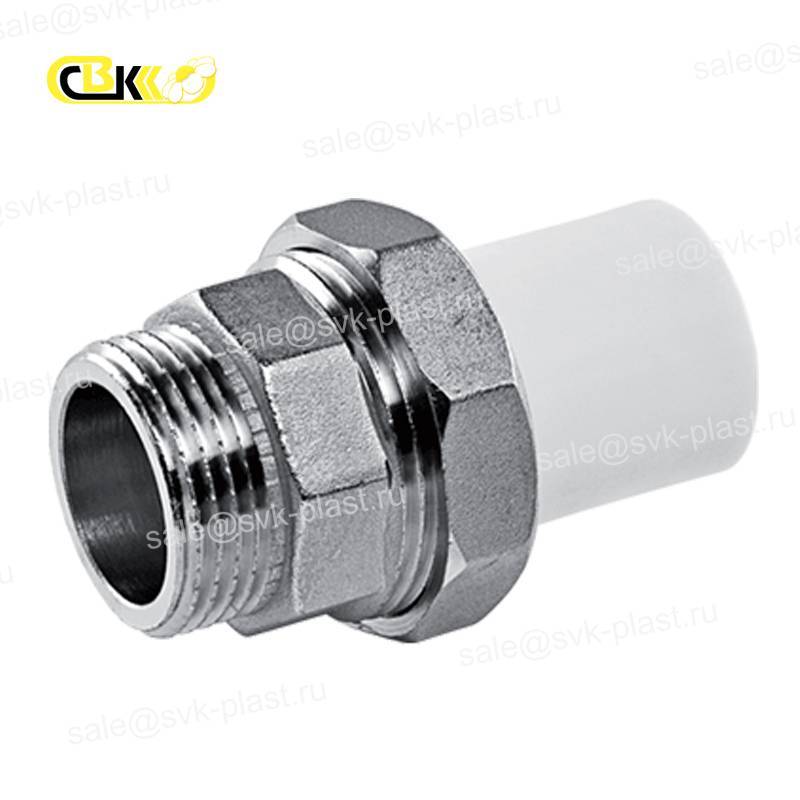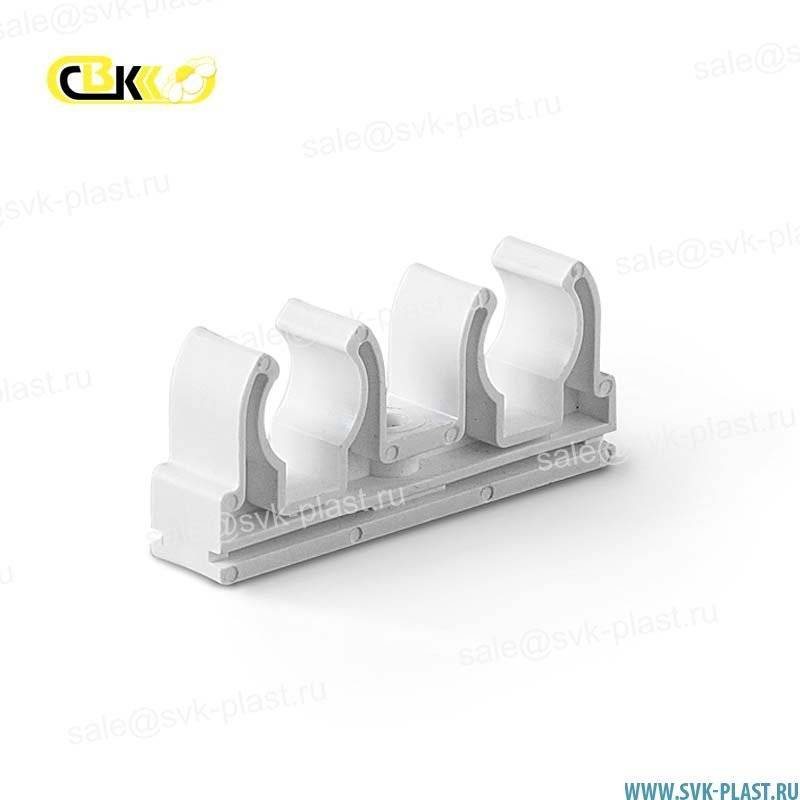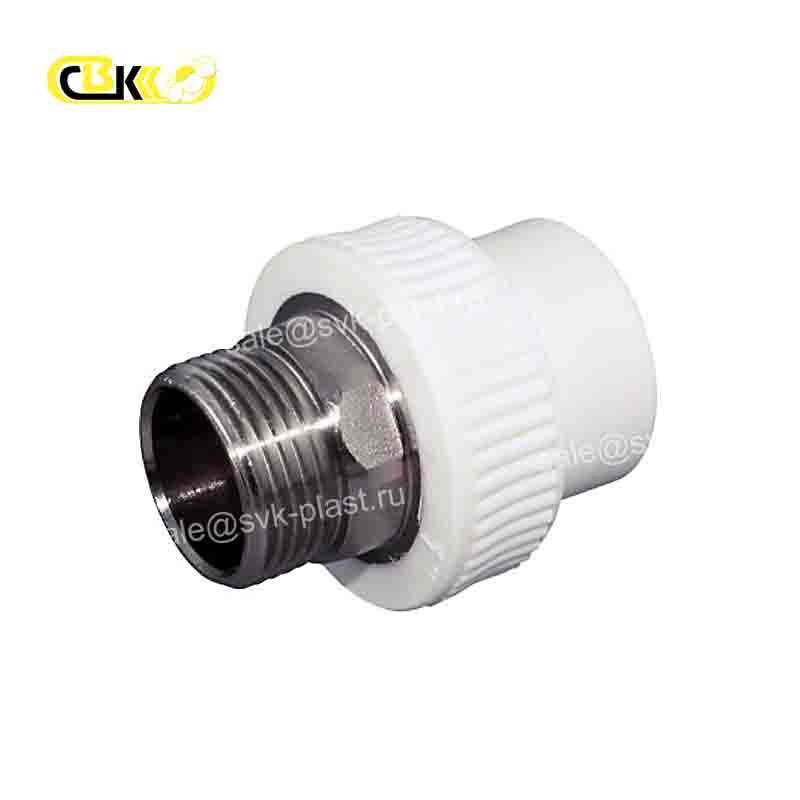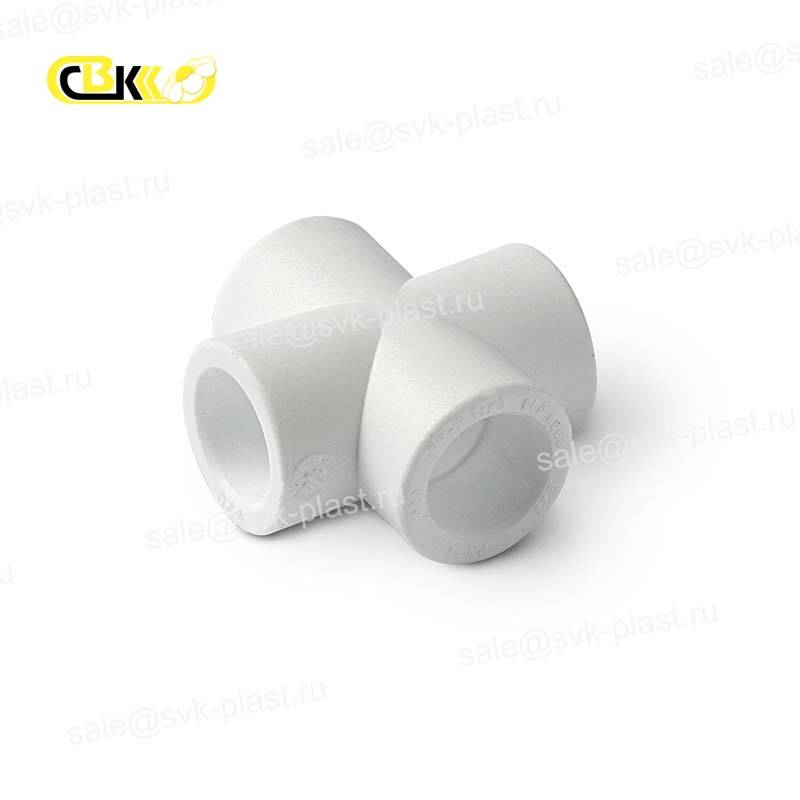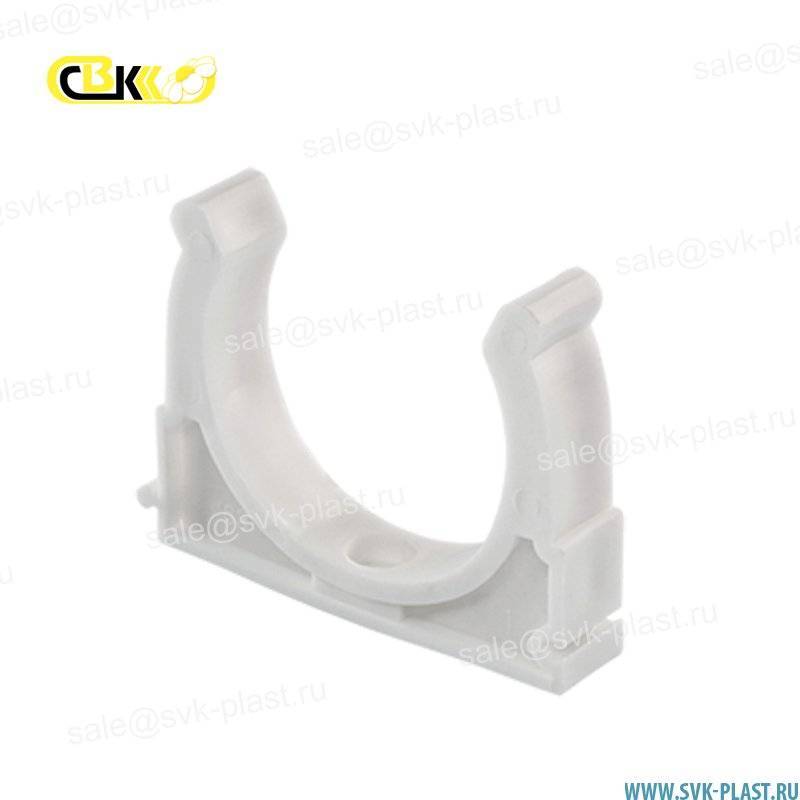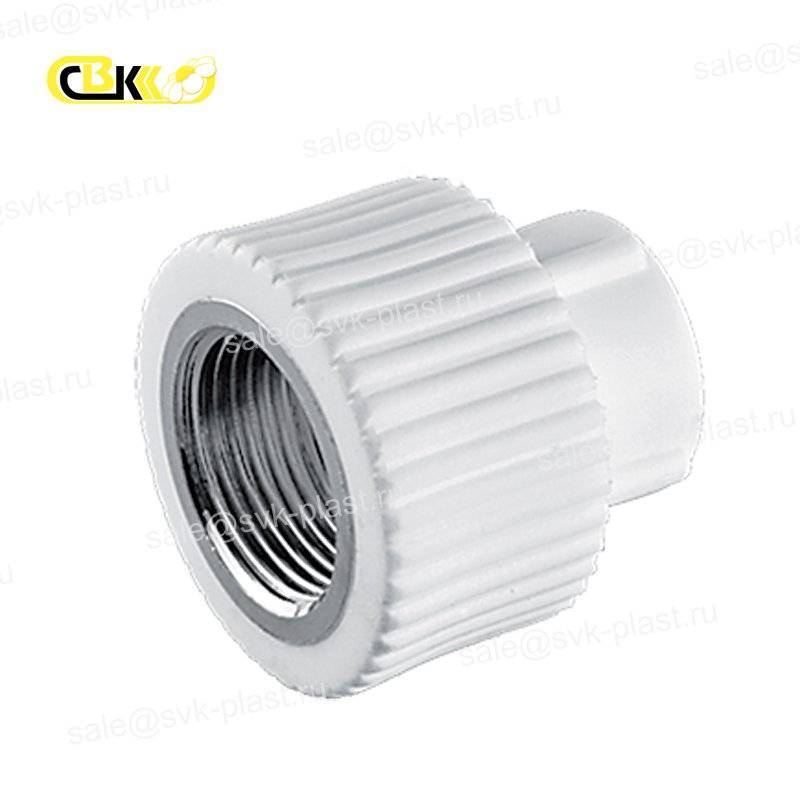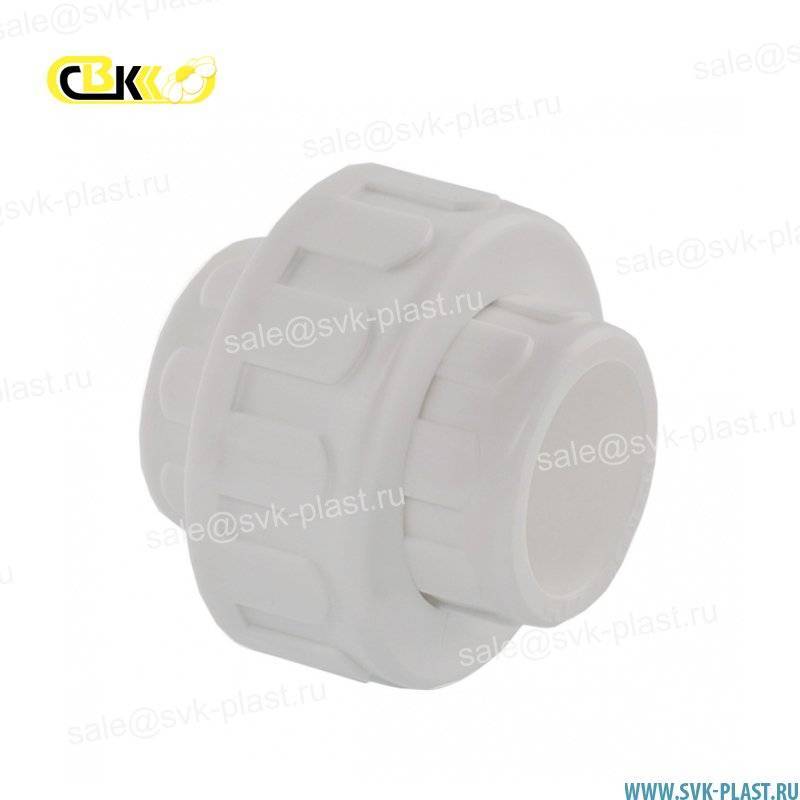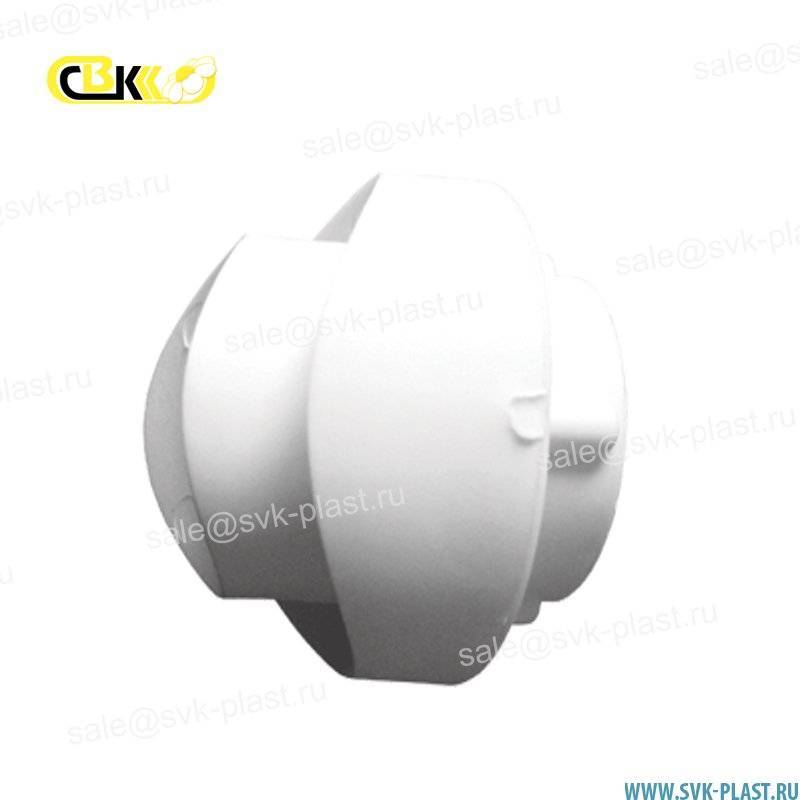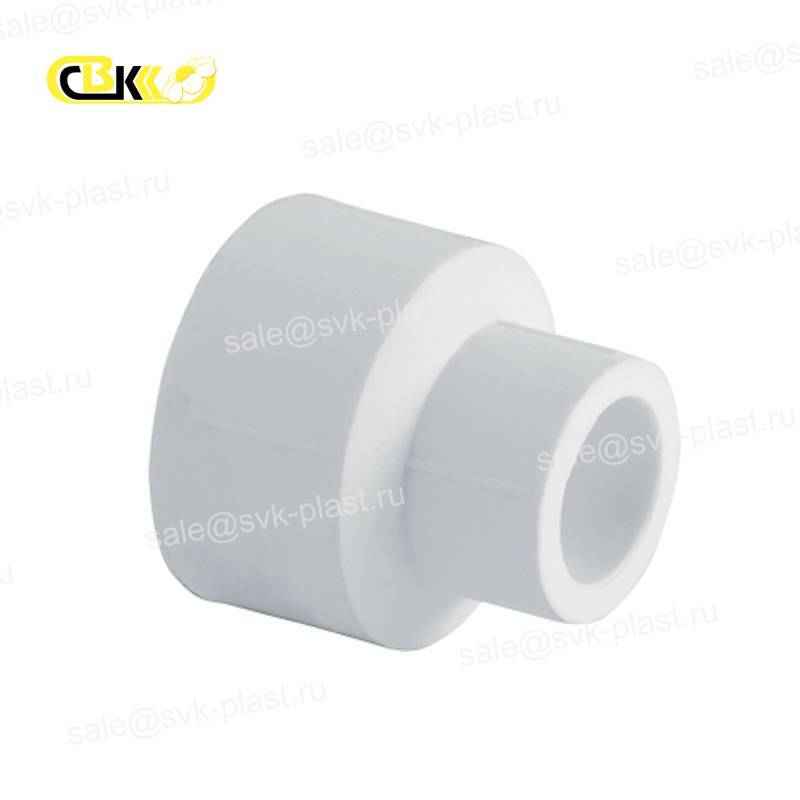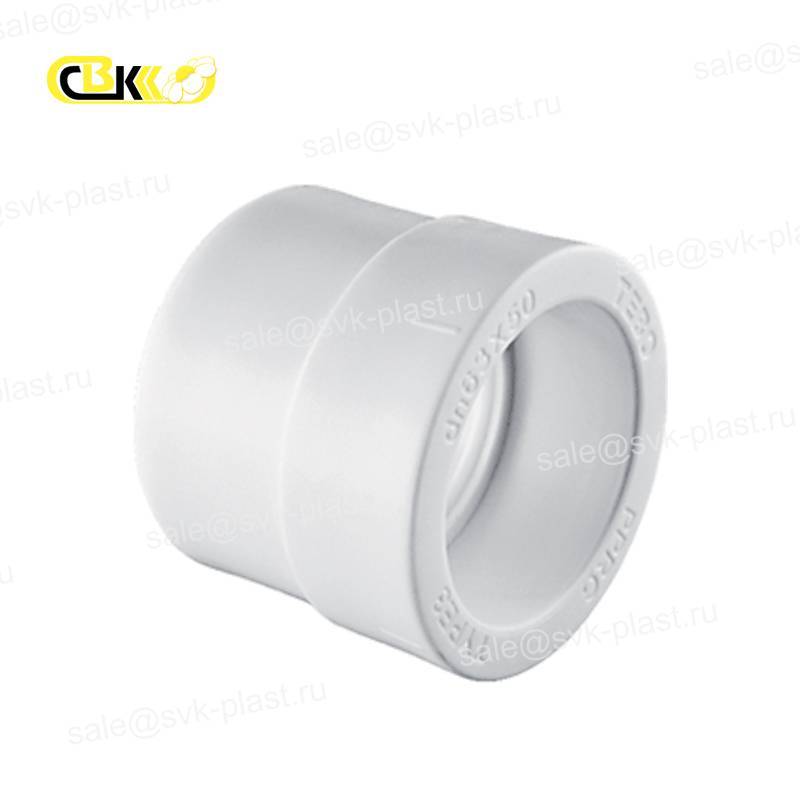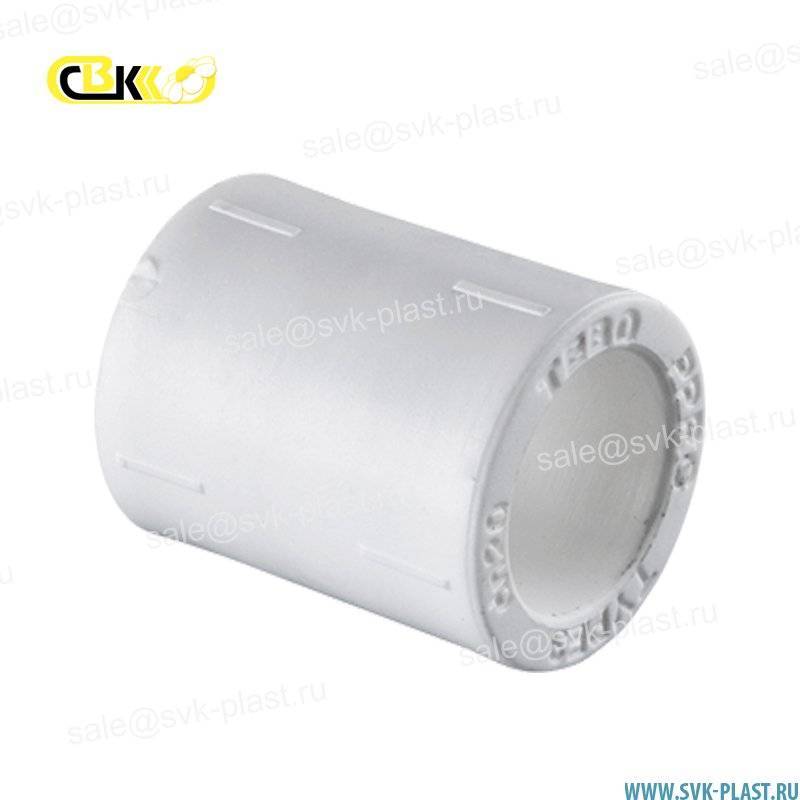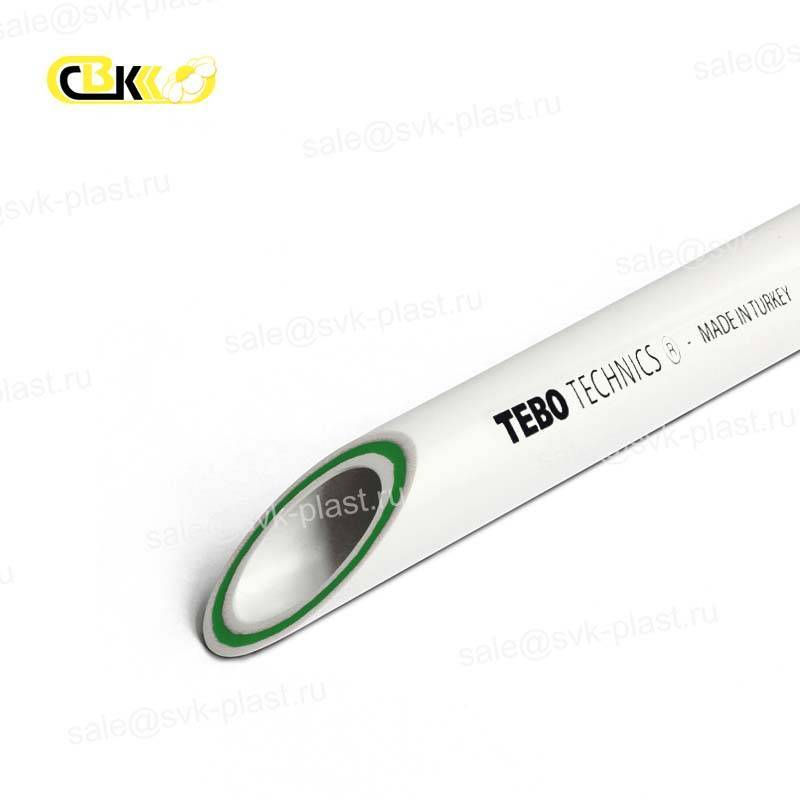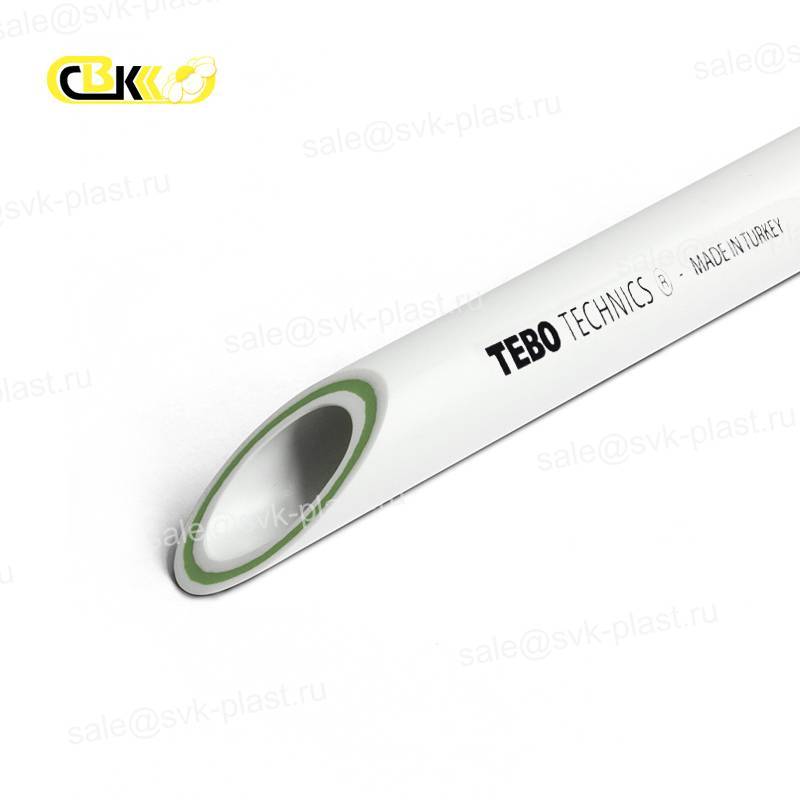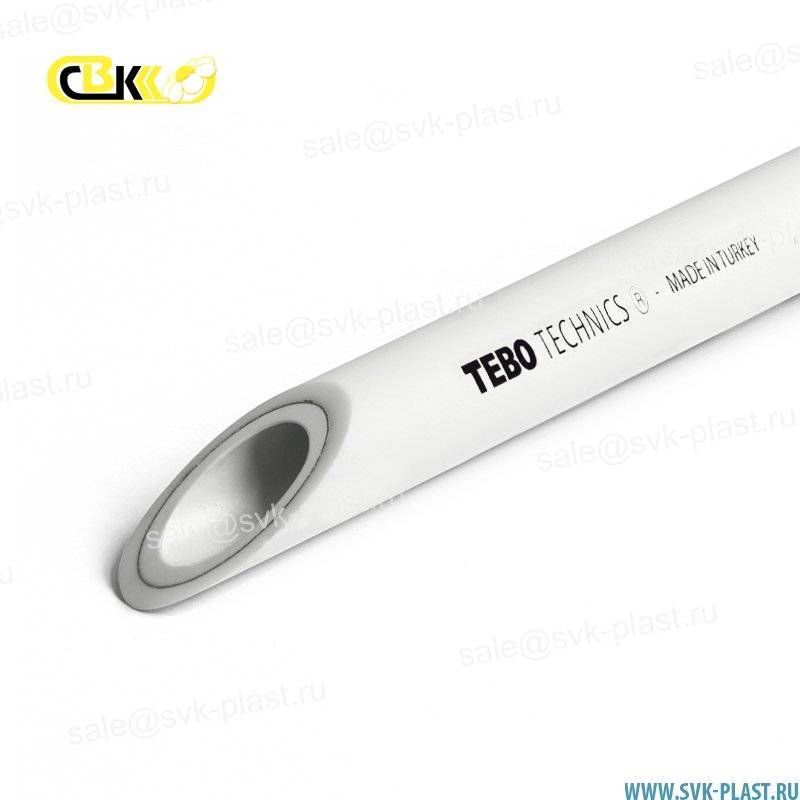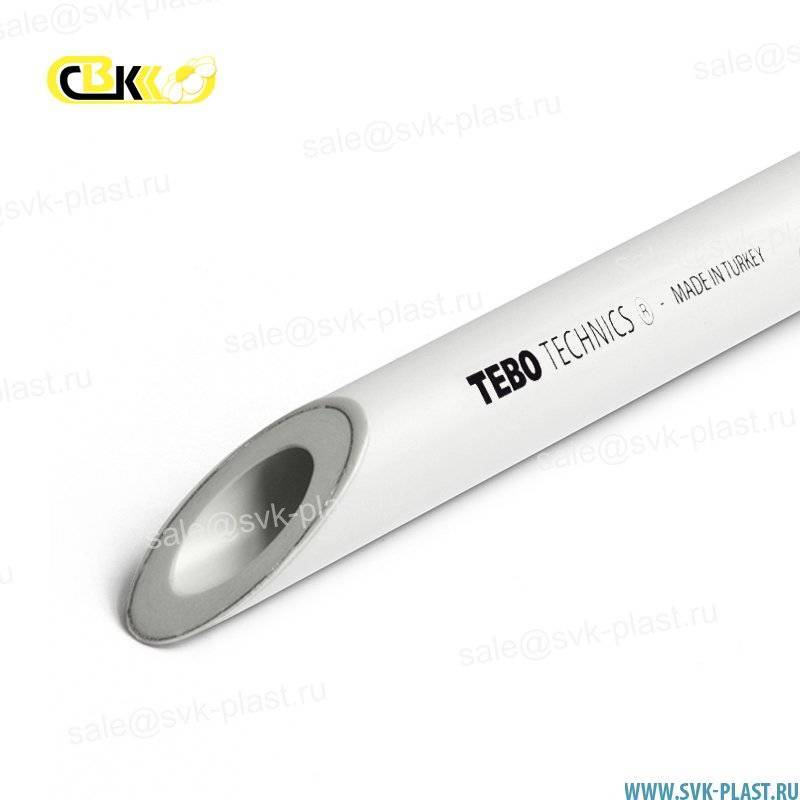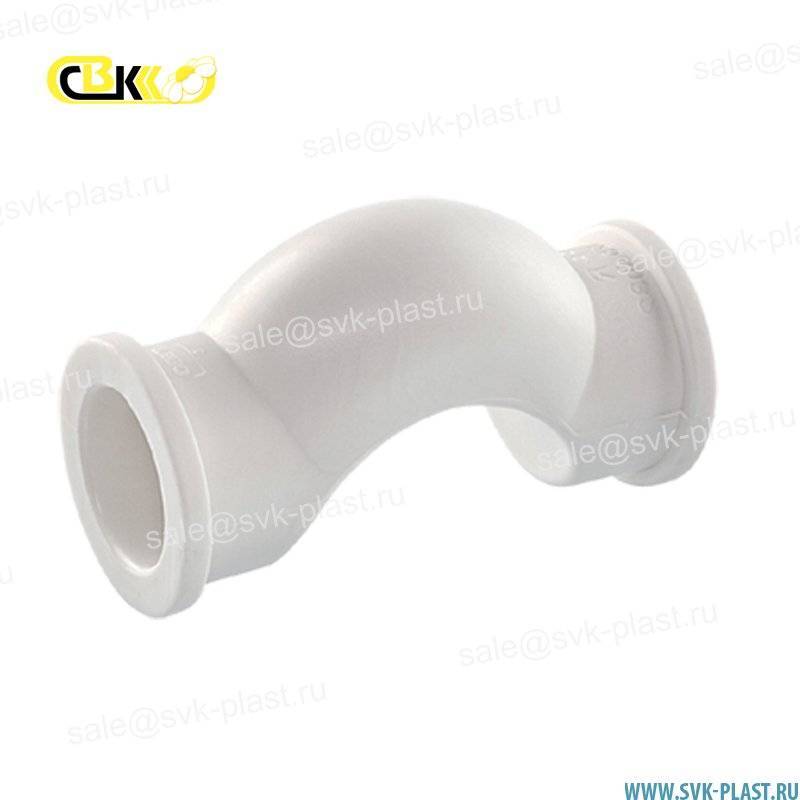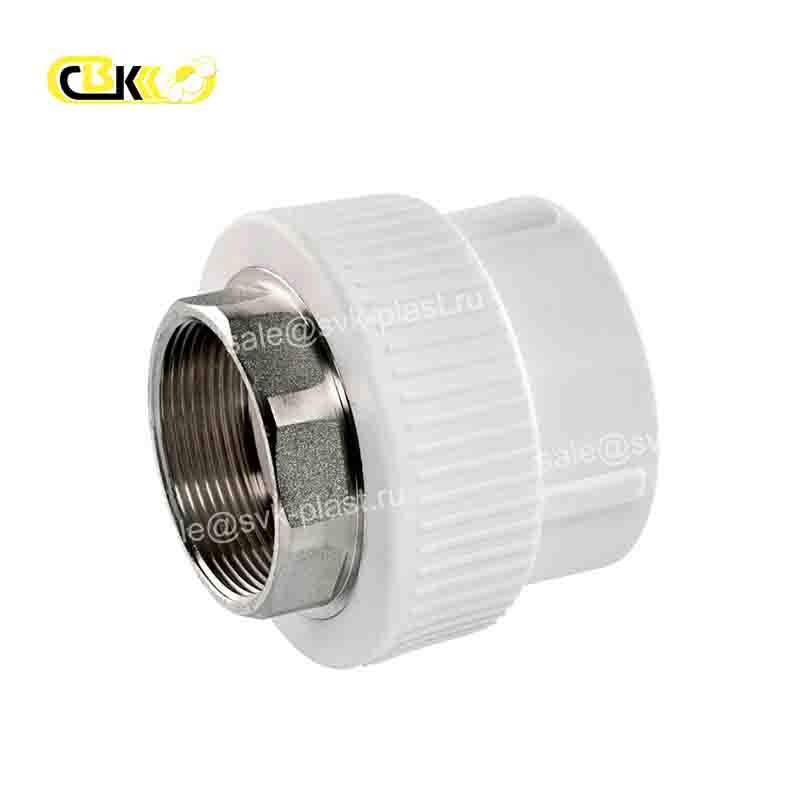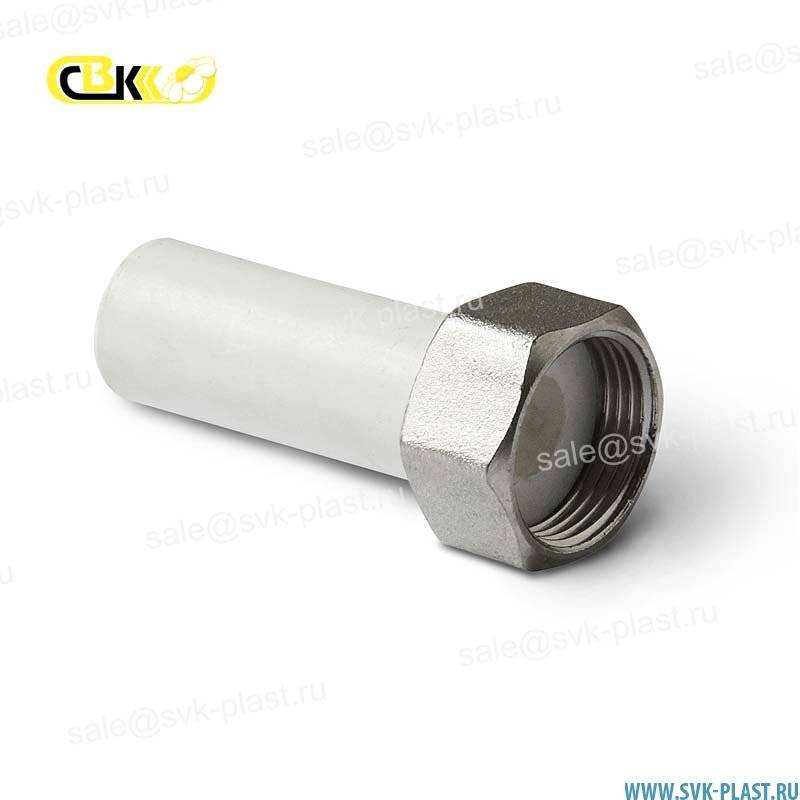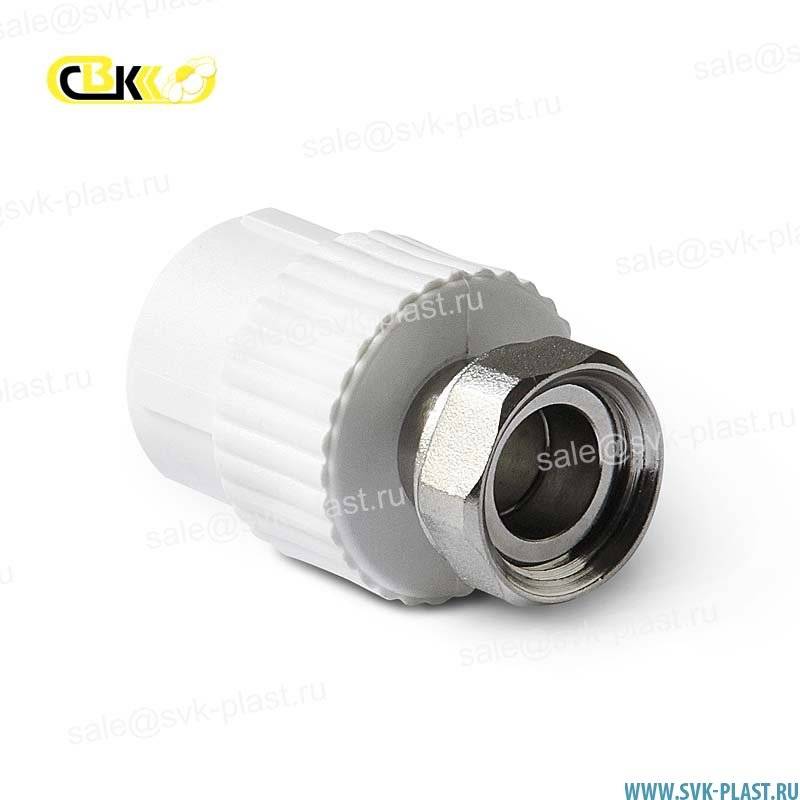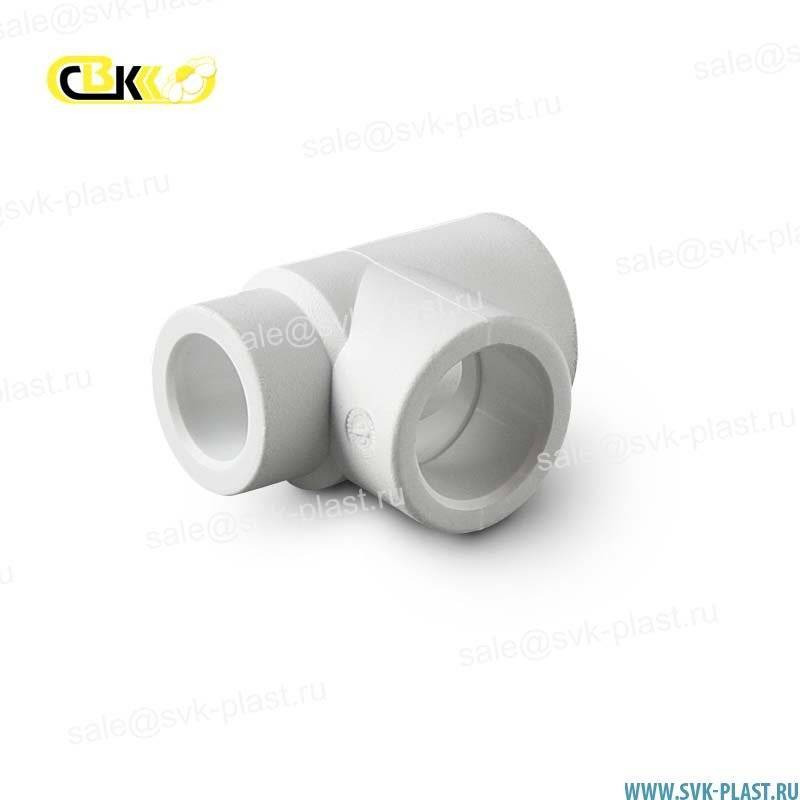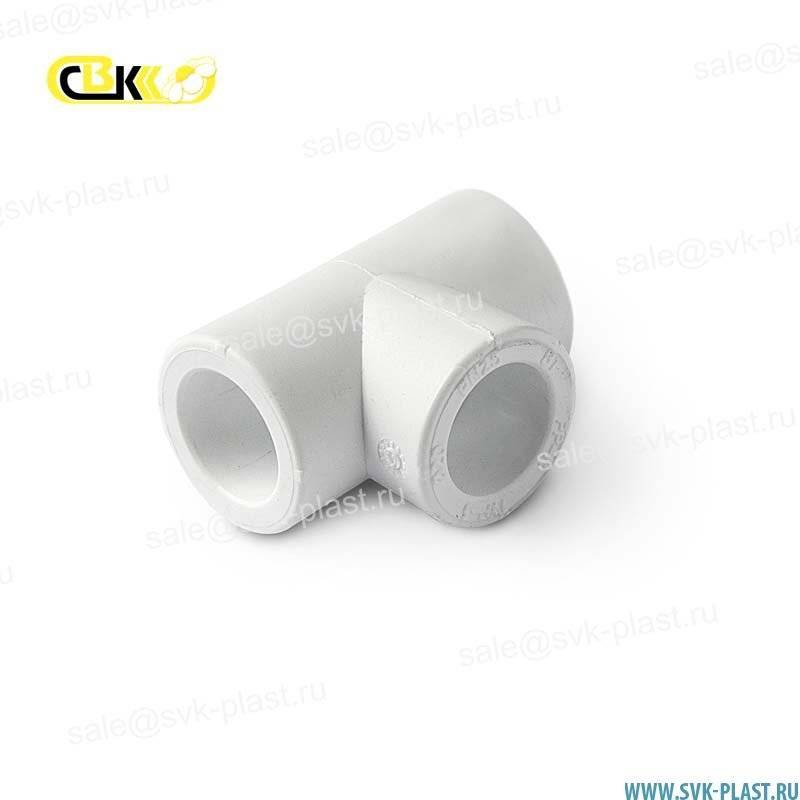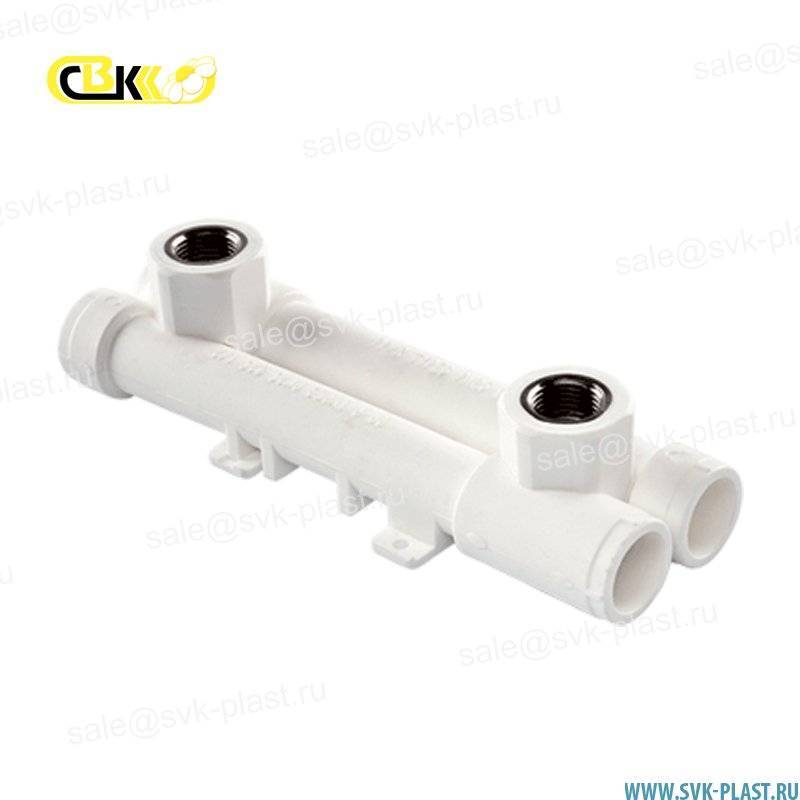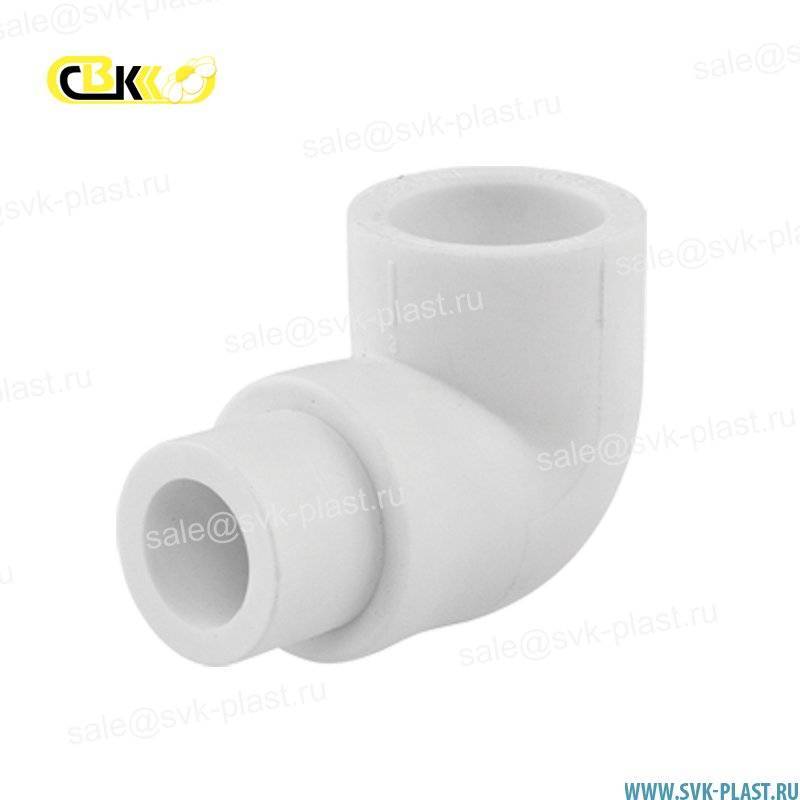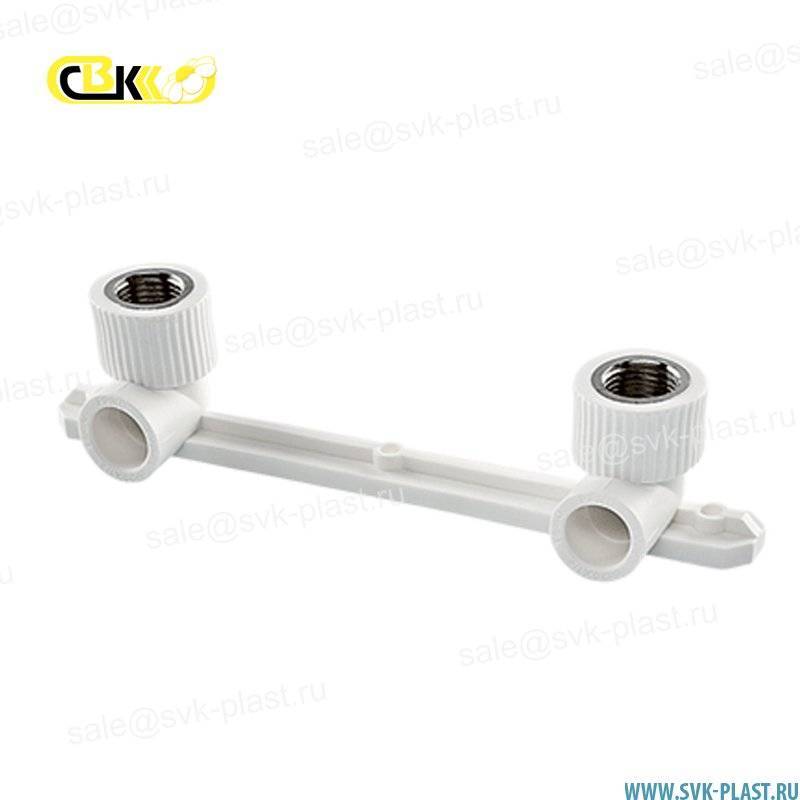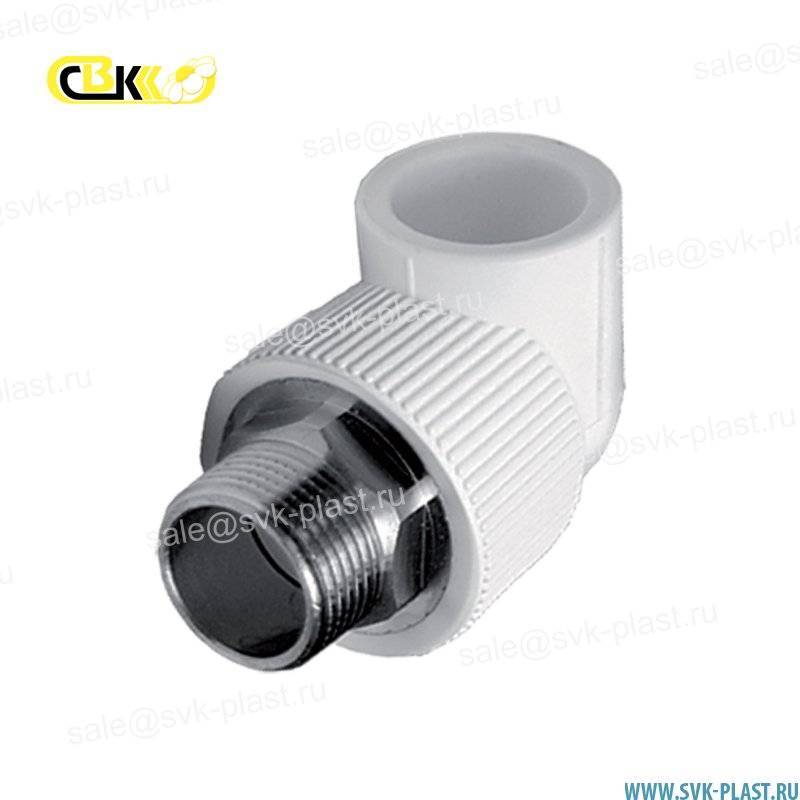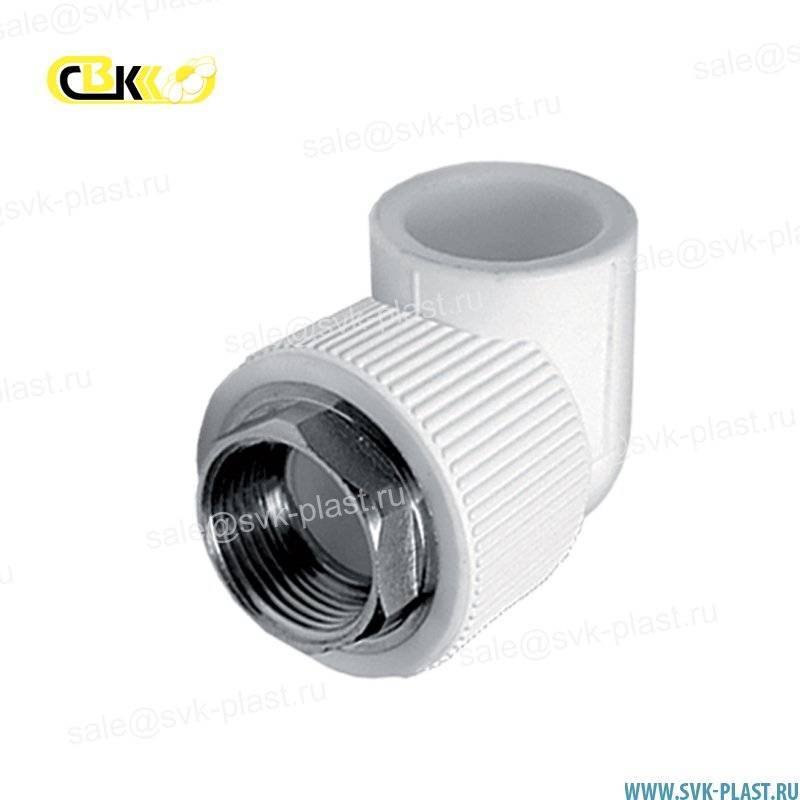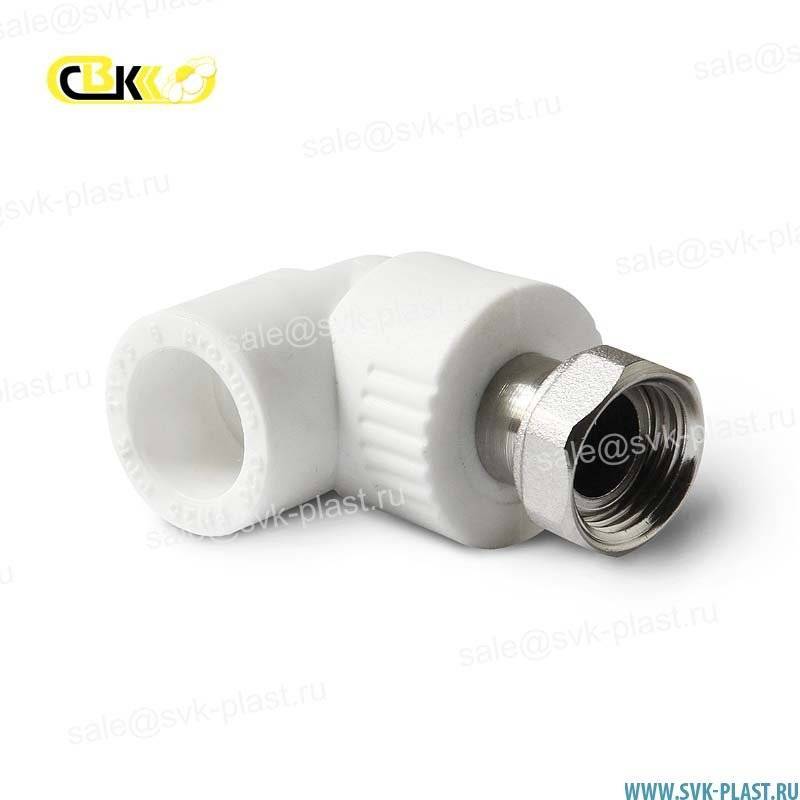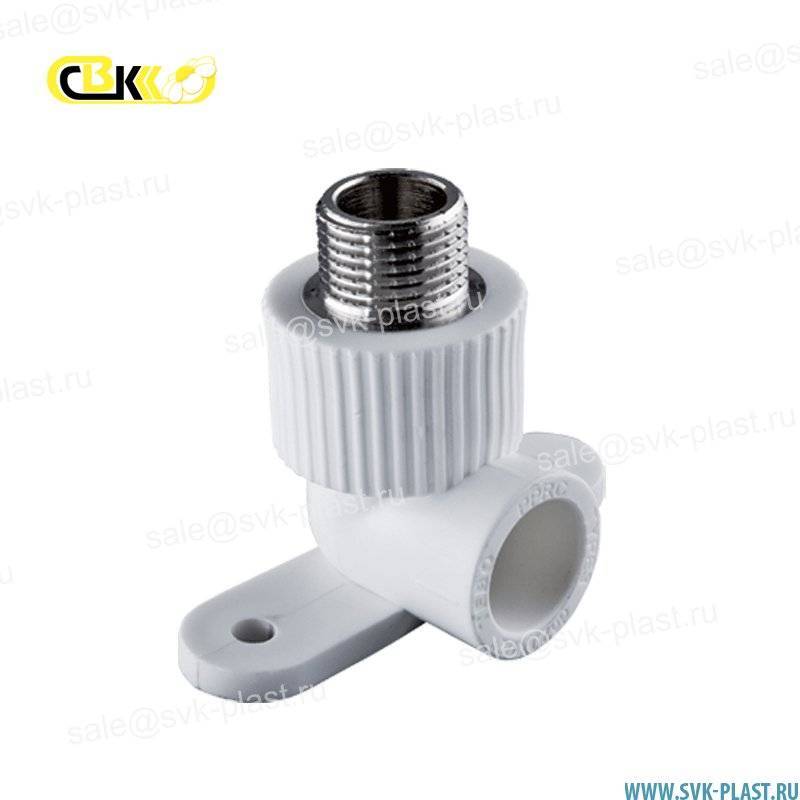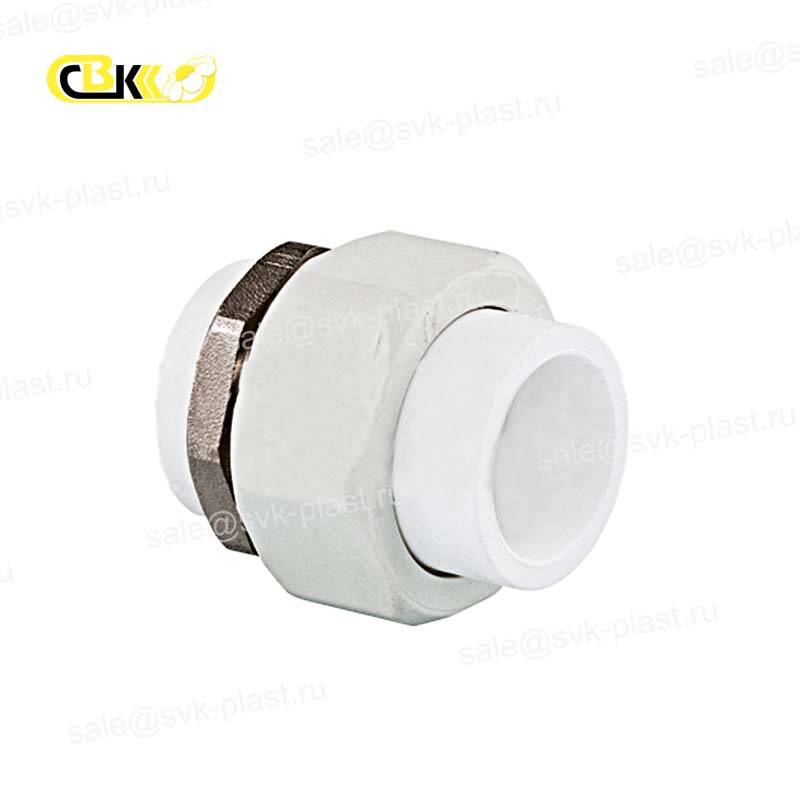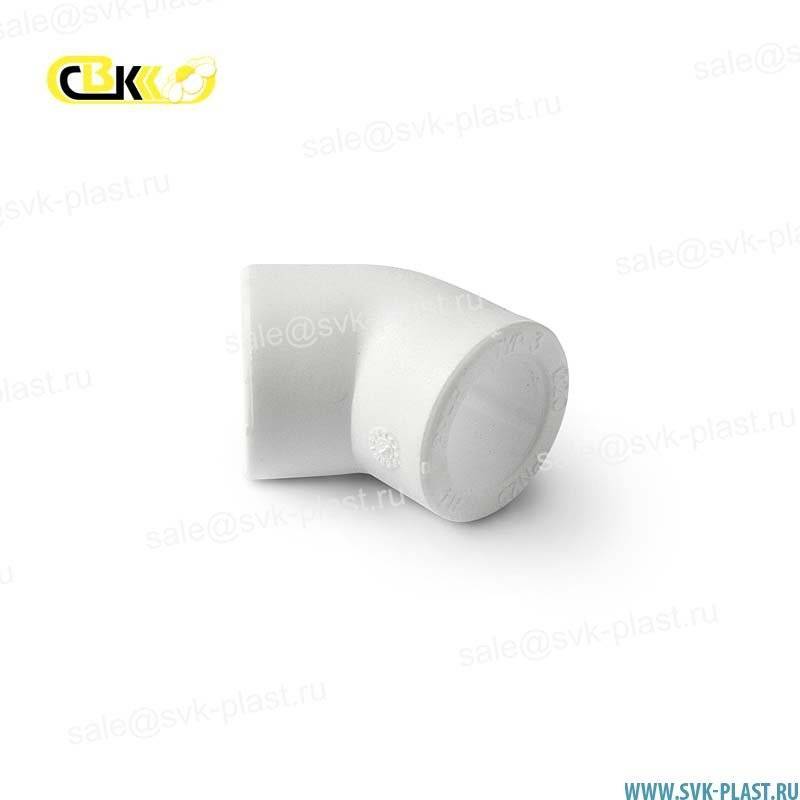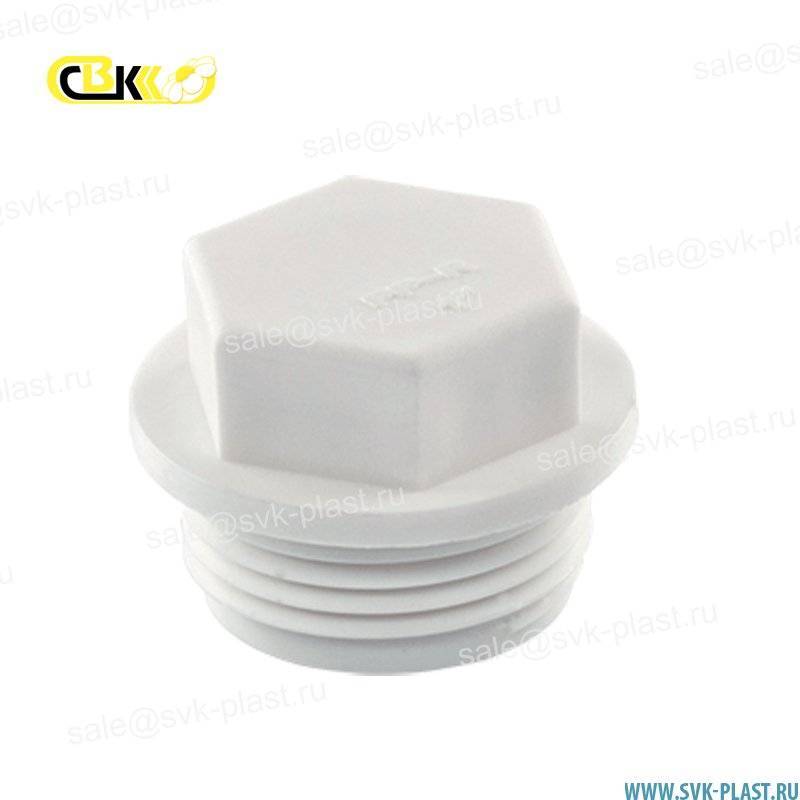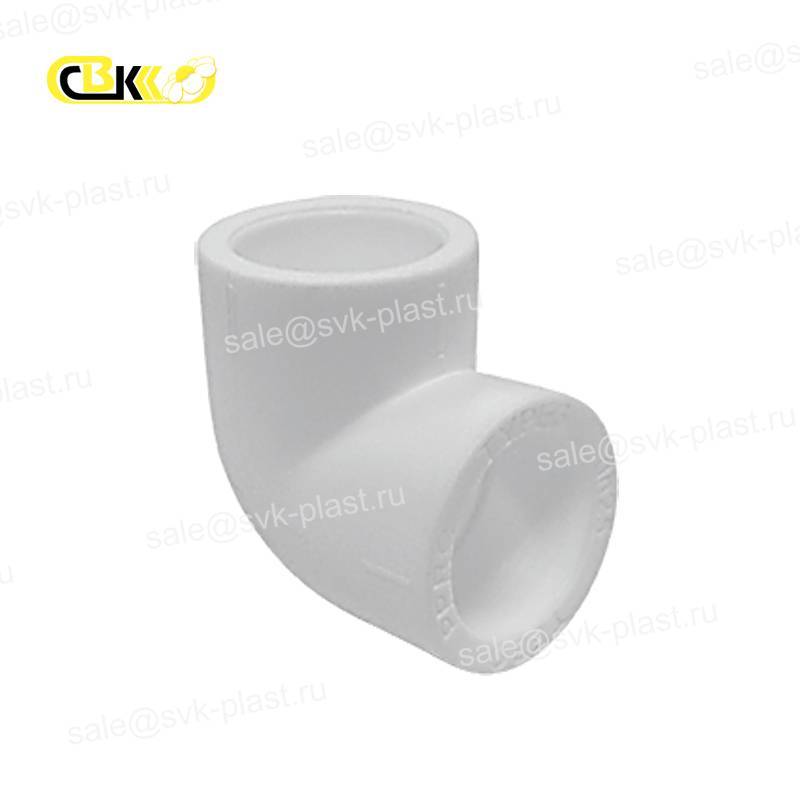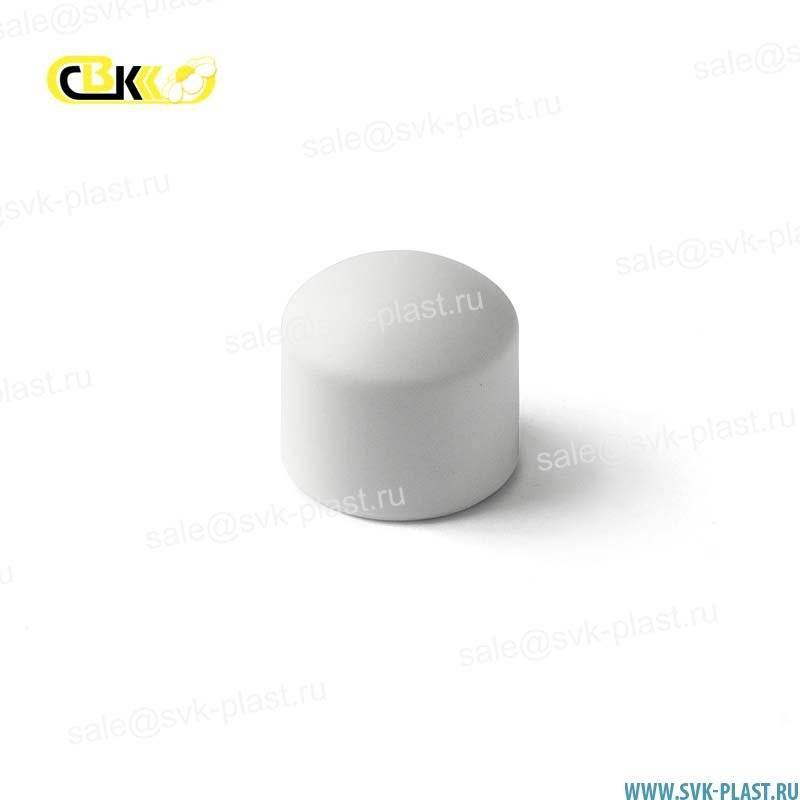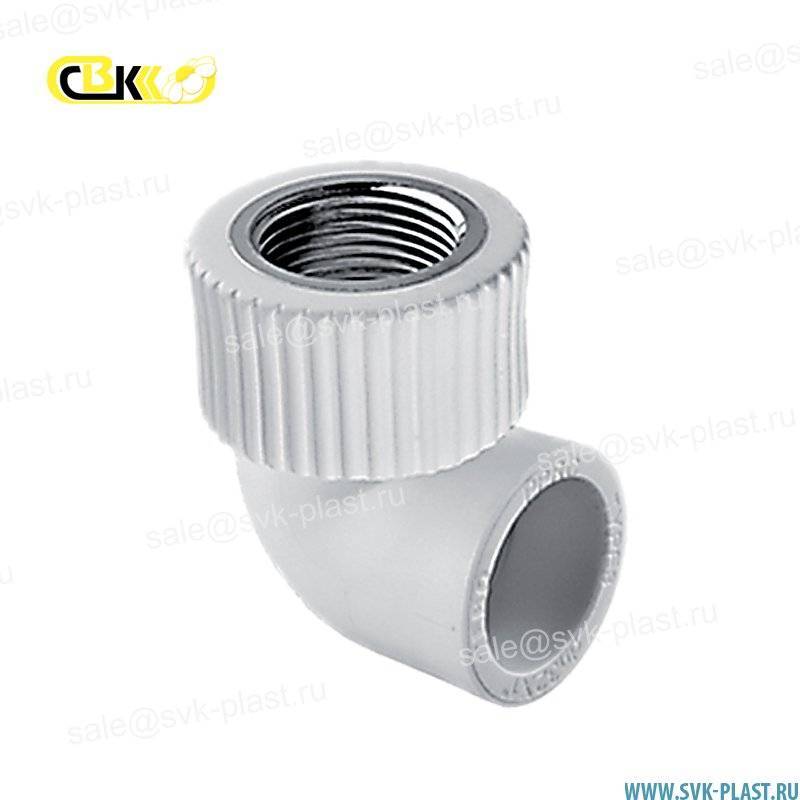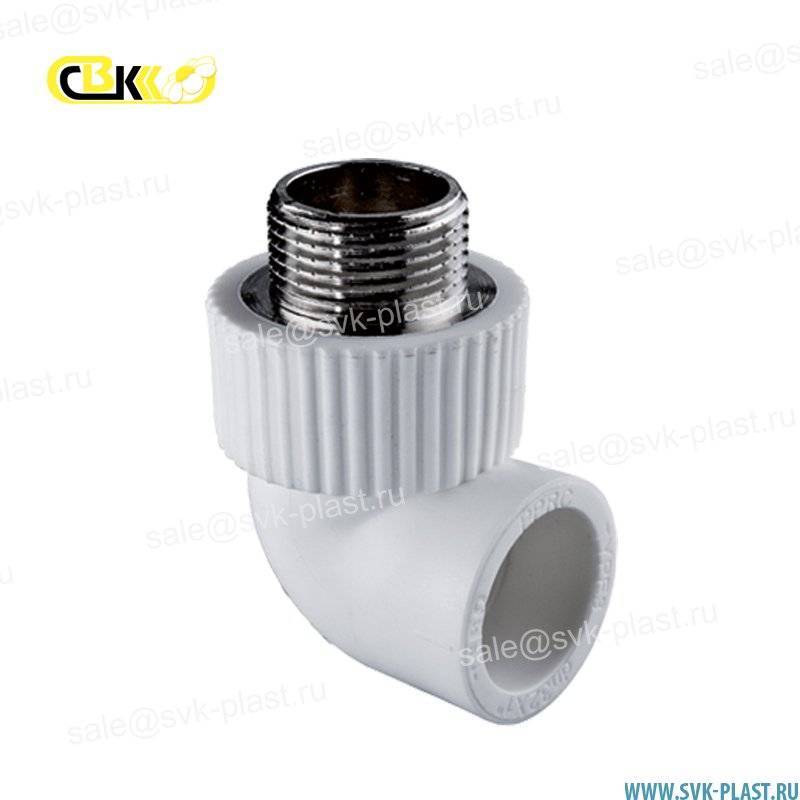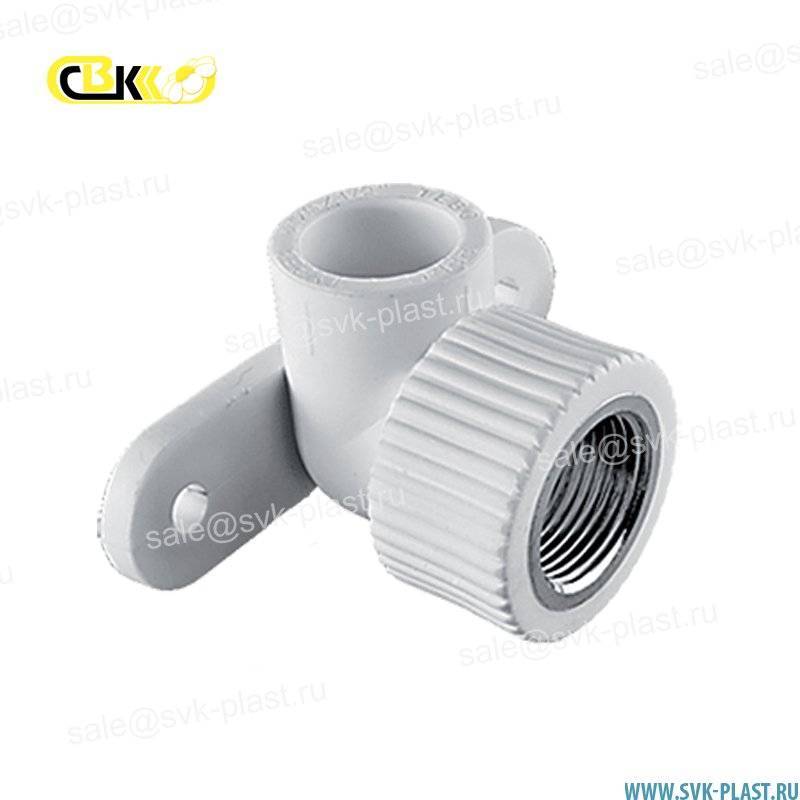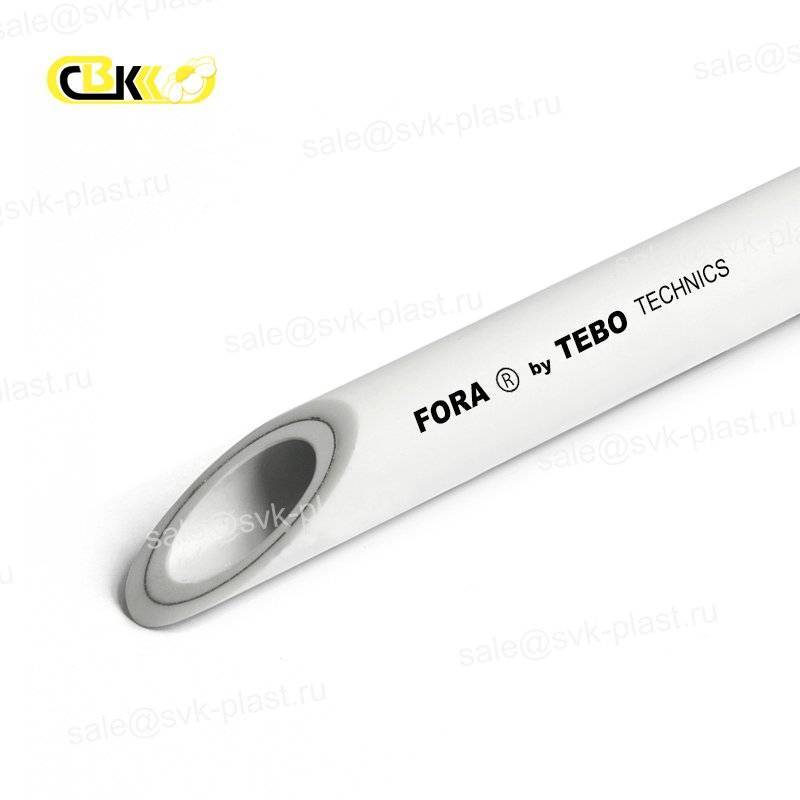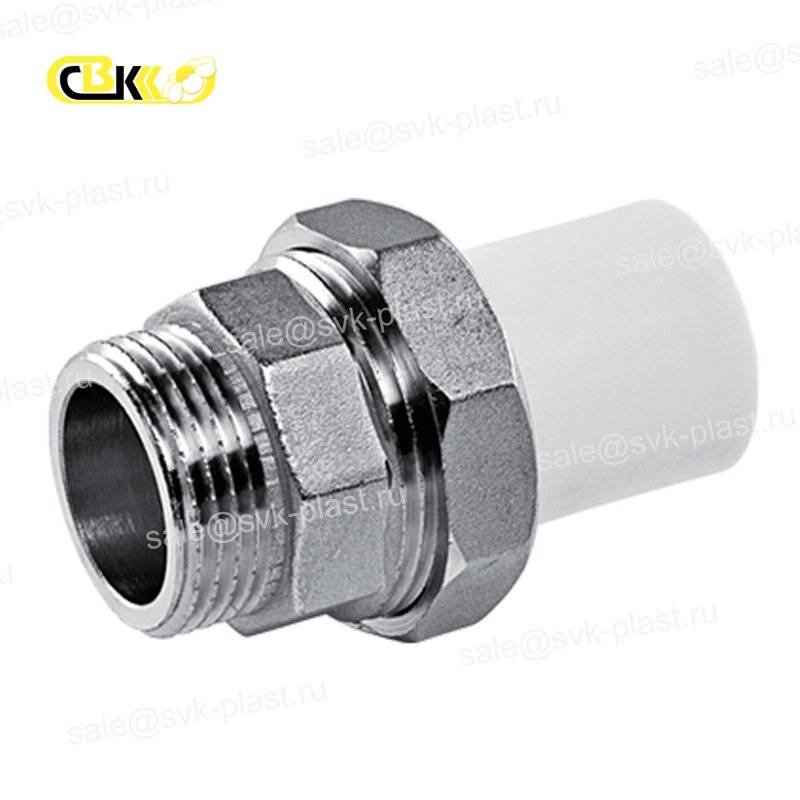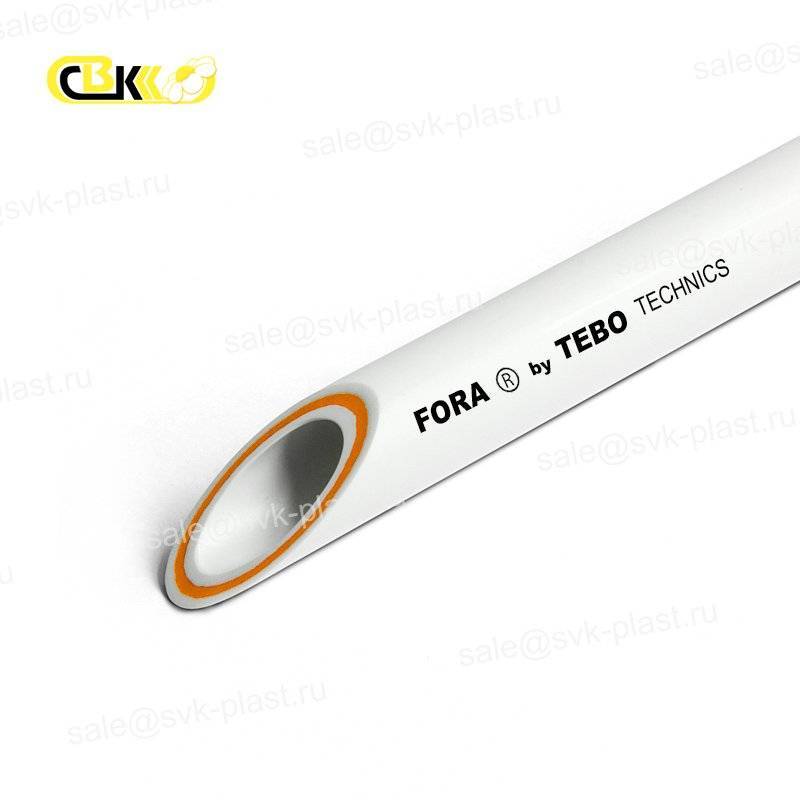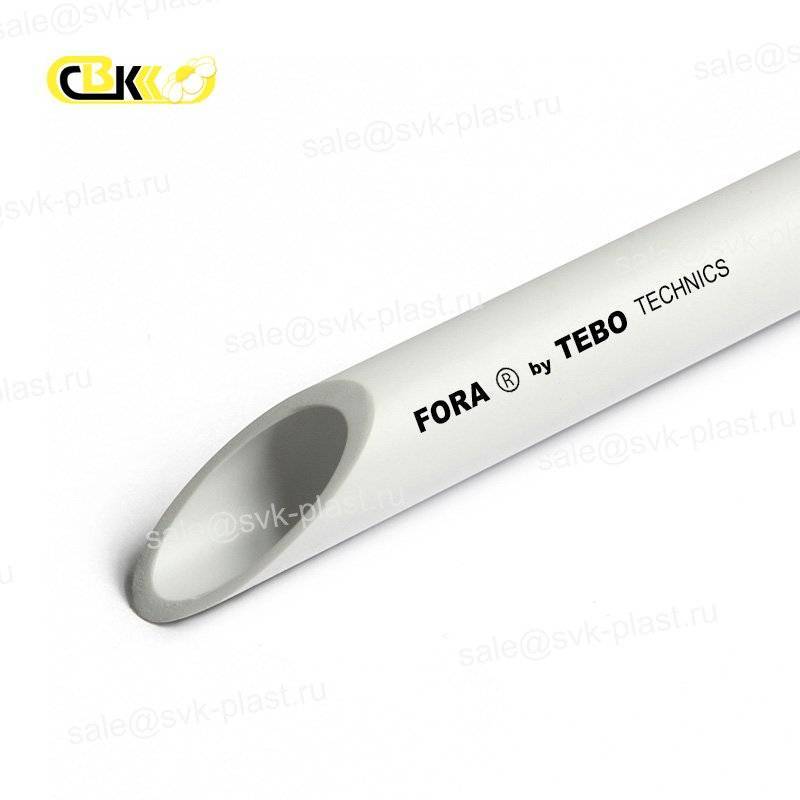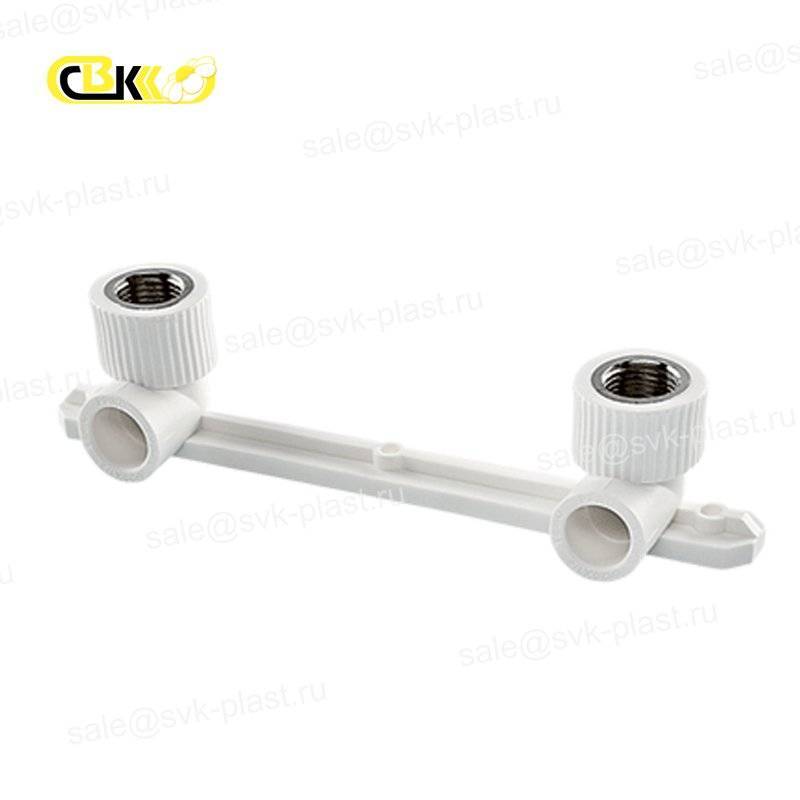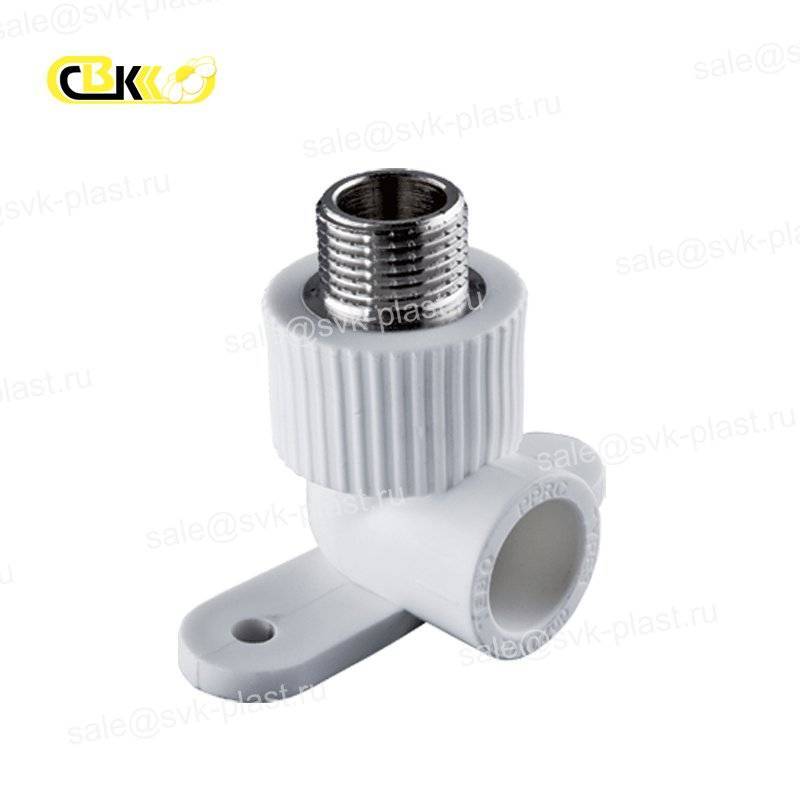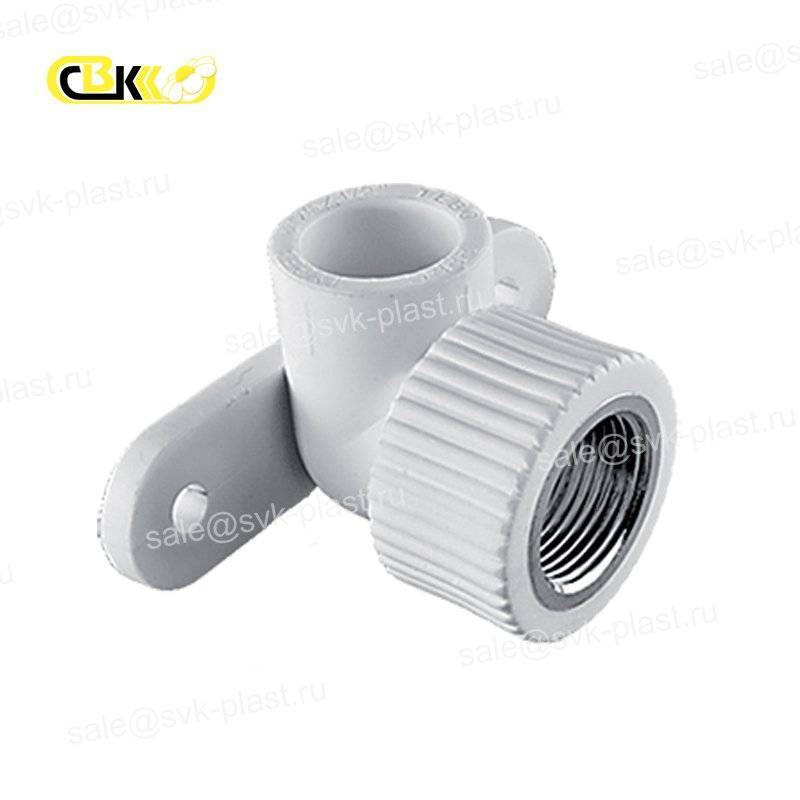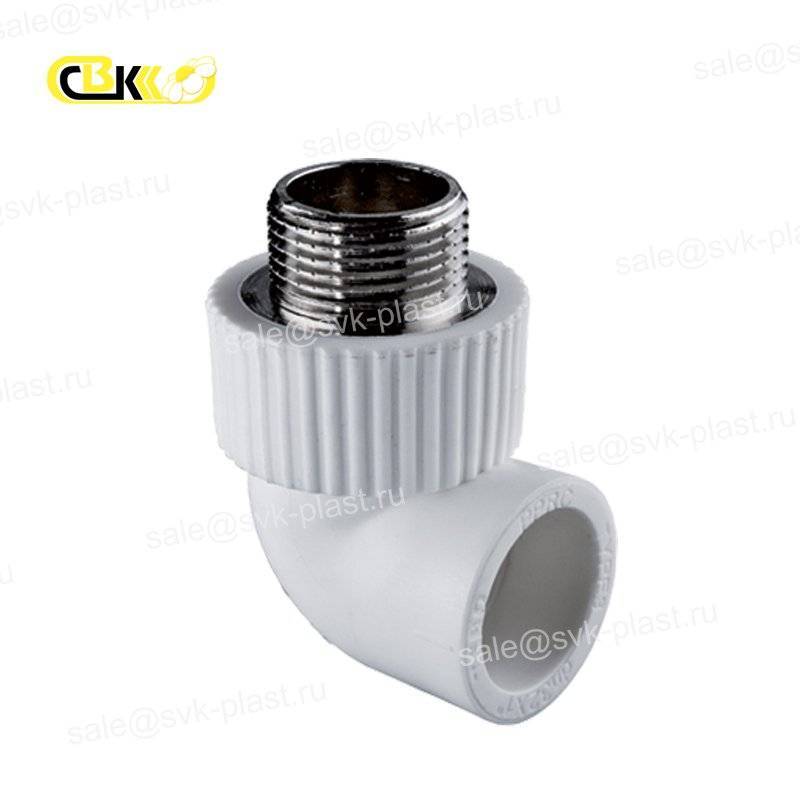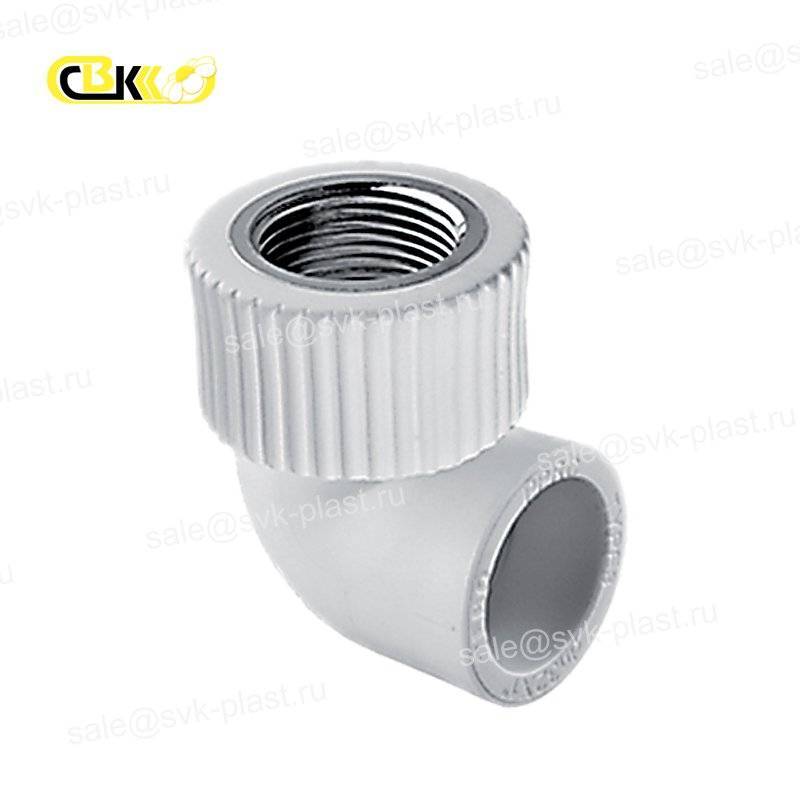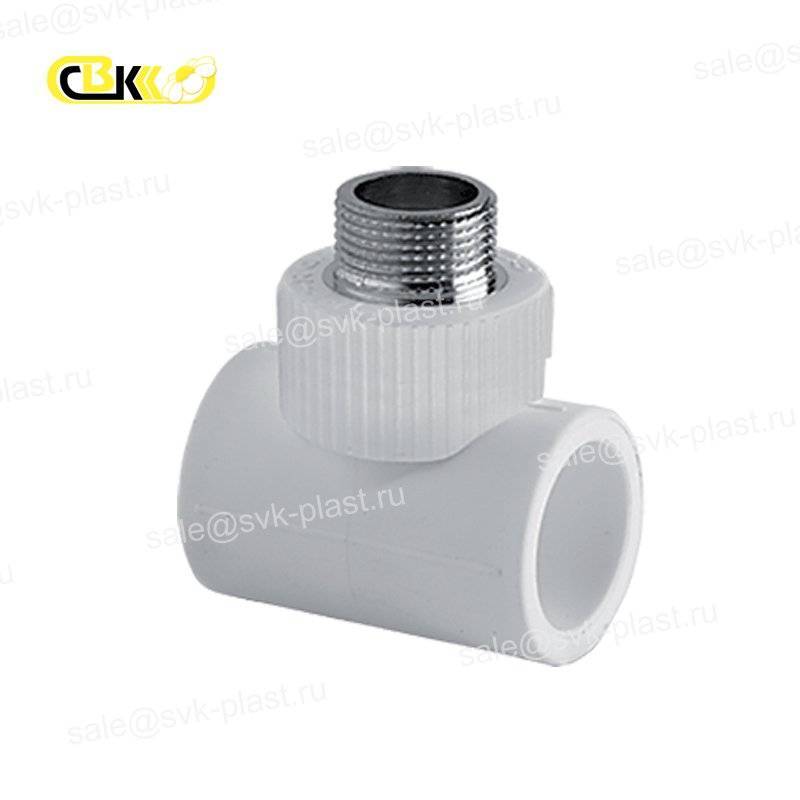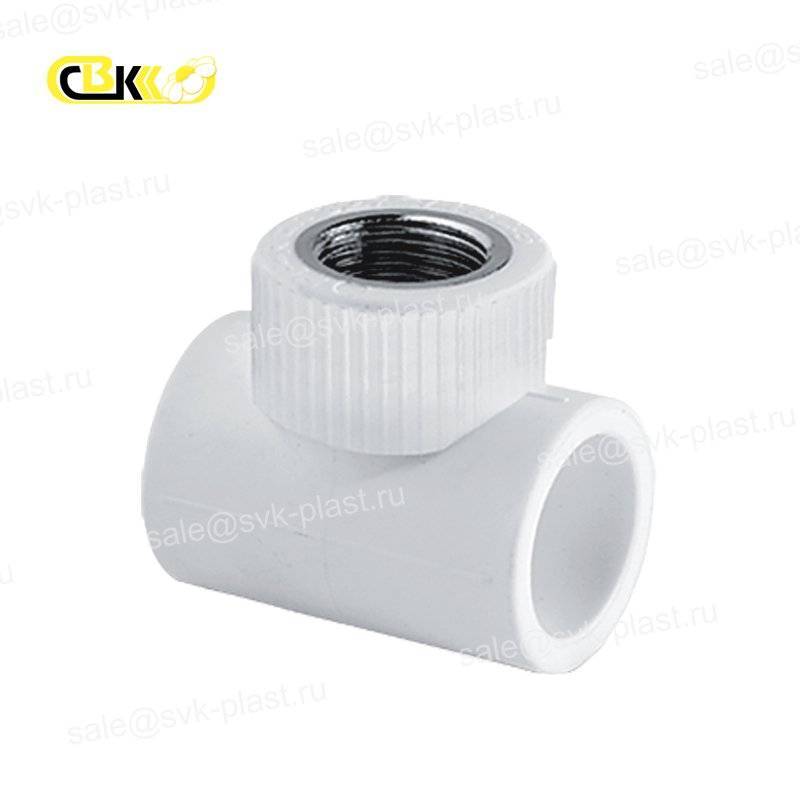TEBO
- Description
- Certificates
- Packaging
"SVK-Plast» offers TEBO products at low prices
TEBO Technics is a Turkish brand that started manufacturing PPR pipes in Russia in August 2016 Product range - pipes and fittings from 20 to 160 a in diameter, white and gray High quality and technical advantages: fittings with brass and steel embedded elements, marks on the fitting body for compliance with verticals and horizontals during installation And also:
- Manifolds with shut-off valves
- Radiator valves
- Compact expansion joints
- Hydrocracy
Certificates
packaging
TEBO PP-R SDR11 (PN10) cold water Pipe
| Vendor code | Name |
|---|---|
| 030010102 | TEBO PP-R Pipe SDR11 (PN10) 20 |
| 030010109 | TEBO PP-R Pipe SDR11 (PN10) 90 |
| 030010108 | TEBO PP-R Pipe SDR11 (PN10) 75 |
| 030010104 | TEBO PP-R Pipe SDR11 (PN10) 32 |
| 030010106 | TEBO PP-R Pipe SDR11 (PN10) 50 |
| 030010105 | TEBO PP-R Pipe SDR11 (PN10) 40 |
| 030010103 | TEBO PP-R Pipe SDR11 (PN10) 25 |
| 030010107 | TEBO PP-R Pipe SDR11 (PN10) 63 |
| 030010111 | TEBO PP-R Pipe SDR11 (PN10) 125 |
| 030010112 | TEBO PP-R Pipe SDR11 (PN10) 160 |
| 030010110 | TEBO PP-R Pipe SDR11 (PN10) 110 |
TEBO PP-R balancing Valve
| Vendor code | Name |
|---|---|
| 030060502 | TEBO PP-R Manual balancing valve 25 |
| 030060503 | TEBO PP-R Manual balancing valve 32 |
TEBO PP-R Check valve
| Vendor code | Name |
|---|---|
| 030060601 | TEBO PP-R Check Valve 20 |
| 030060602 | TEBO PP-R Check Valve 25 |
| 030060603 | TEBO PP-R Check Valve 32 |
TEBO PP-R corner radiator Valve
| Vendor code | Name |
|---|---|
| 030060414 | TEBO PP-R Radiator valve corner 25x3/4" |
| 030060411 | TEBO PP-R Radiator valve corner 20x1/2" |
TEBO PP-R ball Valve for corner radiators
| Vendor code | Name |
|---|---|
| 030060214 | TEBO PP-R Ball valve for radiators corner 25x3/4" |
| 030060211 | TEBO PP-R Ball valve for radiators corner 20x1/2" |
TUM PLASTIK PP-R Check valve
| Vendor code | Name |
|---|---|
| CPPB-020 | TUM PLASTIK PP-R Check Valve 20 |
| CPPB-040 | TUM PLASTIK PP-R Check Valve 40 |
| CPPB-032 | TUM PLASTIK PP-R Check Valve 32 |
| CPPB-025 | TUM PLASTIK PP-R Check Valve 25 |
| CPPB-050 | TUM PLASTIK PP-R Check Valve 50 |
TEBO PP-R direct radiator Valve
| Vendor code | Name |
|---|---|
| 030060401 | TEBO PP-R Radiator valve straight 20x1/2" |
| 030060404 | TEBO PP-R Radiator Valve straight 25x3/4" |
TEBO PP-R ball Valve for radiators straight
| Vendor code | Name |
|---|---|
| 030060201 | TEBO PP-R Ball valve for radiators straight 20x1/2" |
| 030060204 | TEBO PP-R Ball Valve for radiators straight 25x3/4" |
TEBO PP-R BP/HP Filter
| Vendor code | Name |
|---|---|
| 030070113 | TEBO PP-R Mesh filter BP / HP 32 |
| 030070112 | TEBO PP-R Mesh Filter BP / HP 25 |
| 030070111 | TEBO PP-R Mesh filter BP / HP 20 |
| 030070114 | TEBO PP-R Mesh filter BP / HP 40 |
TEBO PP-R ball Valve (standard passage)
| Vendor code | Name |
|---|---|
| 015061101 | TEBO PP-R Ball valve standard passage 20 |
| 015061102 | TEBO PP-R Ball valve standard passage 25 |
| 015061103 | TEBO PP-R Ball valve standard passage 32 |
TEBO PP-R Plugs for manifold
| Vendor code | Name |
|---|---|
| 015091401 | TEBO PP-R end Cap to manifold 40 |
| 015091402 | TEBO PP-R header plug 40 with air vent |
| 030091411 | TEBO PP-R Header Plug 32 |
| 030091412 | TEBO PP-R Header plug 32 with air vent |
TEBO PP-R VR/VR Filter
| Vendor code | Name |
|---|---|
| 030070102 | TEBO PP - R Filter mesh BP/BP 25 |
| 030070101 | TEBO PP - R Filter mesh BP/BP 20 |
| 030070103 | TEBO PP-R Mesh Filter BP/BP 32 |
TEBO PP-R Valve
| Vendor code | Name |
|---|---|
| 030060307 | TEBO PP-R Valve 63 |
| 030060305 | TEBO PP-R Valve 40 |
| 030060304 | TEBO PP-R Valve 32 |
| 030060302 | TEBO PP-R Valve 20 |
| 030060306 | TEBO PP-R Valve 50 |
| 030060308 | TEBO PP-R Valve 75 |
| 030060303 | TEBO PP-R Valve 25 |
TEBO PP-R SDR6 (PN20) Pipe for cold and hot water
| Vendor code | Name |
|---|---|
| 030010207 | TEBO PP-R Pipe SDR6 (PN20) 63 |
| 030010208 | TEBO PP-R Pipe SDR6 (PN20) 75 |
| 030010205 | TEBO PP-R Pipe SDR6 (PN20) 40 |
| 030010203 | TEBO PP-R Pipe SDR6 (PN20) 25 |
| 030010204 | TEBO PP-R Pipe SDR6 (PN20) 32 |
| 030010206 | TEBO PP-R Pipe SDR6 (PN20) 50 |
| 030010209 | TEBO PP-R Pipe SDR6 (PN20) 90 |
| 030010202 | TEBO PP-R Pipe SDR6 (PN20) 20 |
| 030010210 | TEBO PP-R Pipe SDR6 (PN20) 110 |
| 030010212 | TEBO PP-R Pipe SDR6 (PN20) 160 |
| 030010211 | TEBO PP-R Pipe SDR6 (PN20) 125 |
TEBO PP-R water meter connection Fitting
| Vendor code | Name |
|---|---|
| 015091102 | TEBO PP-R Water meter connection fitting 20 |
TEBO PP-R two-plane Tee
| Vendor code | Name |
|---|---|
| 030040802 | TEBO PP-R Double-plane tee 25 |
| 030040801 | TEBO PP-R Two-plane tee 20 |
TEBO PP-R Tee with cap nut
| Vendor code | Name |
|---|---|
| 030040705 | TEBO PP-R Tee with cap nut 25 x3/4" |
| 030040702 | TEBO PP-R Tee with cap nut 20x3/4" |
| 030040709 | TEBO PP-R Tee with cap nut 32x1 1/4" |
| 030040701 | TEBO PP-R Tee with cap nut 20x1/2" |
| 030040706 | TEBO PP-R Tee with cap nut 25x1" |
| 030040708 | TEBO PP-R Tee with cap nut 32x1" |
TEBO PP-R plastic Flange
| Vendor code | Name |
|---|---|
| 030090906 | TEBO PP-R Plastic flange (ABS) 90 PN 10/steel DN 80 |
| 030090905 | TEBO PP-R Plastic flange (ABS) 75 PN 10/steel DN 65 |
| 030090907 | TEBO PP-R Plastic flange (ABS) 110 PN10/steel DN100 |
| 030090903 | TEBO PP-R Plastic flange (ABS) 50 PN 10/steel DN 40 |
| 030090904 | TEBO PP-R Plastic flange (ABS) 63 PN 10/steel Dn 50 |
| 030090902 | TEBO PP-R Plastic flange (ABS) 40 PN 10/steel DN 32 |
TEBO PP-R flange Mount
| Vendor code | Name |
|---|---|
| 030090709 | TEBO PP-R Shoulder under flange 160 |
| 030090705 | TEBO PP-R Flange shoulder 75 |
| 030090706 | TEBO PP-R Shoulder under flange 90 |
| 030090704 | TEBO PP-R Shoulder under flange 63 |
| 030090702 | TEBO PP-R Shoulder under flange 40 |
| 030090703 | TEBO PP-R Shoulder under flange 50 |
| 030090708 | TEBO PP-R Shoulder under flange 125 |
| 030090707 | TEBO PP-R Shoulder under flange 110 |
TEBO PP-R Collector
| Vendor code | Name |
|---|---|
| 030091262 | TEBO PP-R Collector 32x20x3 output (universal) |
| 015091204 | TEBO PP-R Collector 40x20x3 output (blue) |
| 015091208 | TEBO PP-R Collector 40x20x5 output (blue) |
| 015091205 | TEBO PP-R Collector 40x20x4 output (red) |
| 030091273 | TEBO PP-R Коллектор 40х20х4 выхода (универсальный) |
| 015091206 | TEBO PP-R Collector 40x20x4 output (blue) |
| 030091214 | TEBO PP-R Collector 32x20x4 output (blue) |
| 030091263 | TEBO PP-R Collector 32x20x4 output (universal) |
| 015091207 | TEBO PP-R Collector 40x20x5 output (red) |
| 015091203 | TEBO PP-R Collector 40x20x3 output (red) |
| 015091201 | TEBO PP-R Collector 40x20x2 output (red) |
| 030091212 | TEBO PP-R Collector 32x20x3 output (Blue) |
| 015091202 | TEBO PP-R Collector 40x20x2 output (blue) |
| 030091252 | TEBO PP-R Collector 25x20x3 output (universal) |
| 030091251 | TEBO PP-R Collector 25x20x2 output (universal) |
| 030091253 | TEBO PP-R Collector 25x20x4 output (universal) |
TEBO PP-R Tee HP
| Vendor code | Name |
|---|---|
| 030040510 | TEBO PP-R Tee HP 32x1" |
| 030040506 | TEBO PP-R Tee HP 25x3/4" |
| 030040502 | TEBO PP-R Tee HP 20x1/2" |
| 030040505 | TEBO PP-R Tee HP 25x1/2" |
| 030040508 | TEBO PP-R Tee HP 32 x1/2" |
| 030040509 | TEBO PP-R Tee HP 32 x3/4" |
TEBO PP-R direct shut-off Valve
| Vendor code | Name |
|---|---|
| 030061201 | TEBO Straight shut-off valve 20x1/2 |
| 030061204 | TEBO Straight shut-off valve 25x3/4 |
TEBO PP-R Plastic split coupling BP
| Vendor code | Name |
|---|---|
| 030021408 | TEBO plastic split coupling BP 32x1 |
| 030021402 | TEBO plastic split coupling BP 20x1/2 |
| 030021405 | TEBO plastic split coupling BP 25x3/4 |
TEBO PP-R Plastic split coupling HP
| Vendor code | Name |
|---|---|
| 030021502 | TEBO plastic split coupling HP 20x1/2 |
| 030021505 | TEBO plastic split coupling HP 25x3/4 |
| 030021508 | TEBO plastic split coupling HP 32x1 |
TEBO PP-R thermostatic Kit No. 4
| Vendor code | Name |
|---|---|
| 030061151 | TEBO Thermostatic kit No. 4 (angle shut-off valve, angle valve) 20x1 / 2 |
| 030061152 | TEBO Thermostatic kit No. 4 (corner shut-off valve, corner valve) 25x3/4 |
TEBO PP-R thermostatic Kit No. 3
| Vendor code | Name |
|---|---|
| 030061141 | TEBO Thermostatic kit No. 3 (straight shut-off valve, straight valve) 20x1/2 |
| 030061142 | TEBO Thermostatic kit No. 3 (straight shut-off valve, straight valve) 25x3/4 |
TEBO PP-R thermostatic Kit No. 2
TEBO PP-R thermostatic Kit no. 1
TEBO PP-R angle shut-off Valve
| Vendor code | Name |
|---|---|
| 030061211 | TEBO Angle shut-off valve 20x1/2 |
| 030061214 | TEBO Angle shut-off valve 25x3/4 |
TEBO PP-R thermal Valve with corner cap
| Vendor code | Name |
|---|---|
| 030060711 | TEBO Thermal valve corner 20x1/2 |
| 030060714 | TEBO Thermal valve corner 25x3/4 |
TEBO PP-R thermal Valve with cap straight
| Vendor code | Name |
|---|---|
| 030060701 | TEBO Thermal valve straight 20x1/2 |
| 030060704 | TEBO Thermal valve straight 25x3/4 |
TEBO Kozlov Compensator
| Vendor code | Name |
|---|---|
| 0030091903 | TEBO PP-R Kozlov Compensator 25 |
| 0030091904 | TEBO PP-R Kozlov Compensator 32 |
| 0030091905 | TEBO PP-R Kozlov Compensator 40 |
| 0030091906 | TEBO PP-R Kozlov Compensator 50 |
TEBO Gerostrata
| Vendor code | Name |
|---|---|
| 015092004 | TEBO PP-R Gerostrata 75х25х4вых. |
| 015092006 | TEBO PP-R Gerostrata 75х25х6вых. |
| 015092008 | TEBO PP-R Gerostrata 75х25х8вых. |
| 015092014 | TEBO PP-R Gerostrata 75х32х4вых. |
| 015092016 | TEBO PP-R Gerostrata 75х32х6вых. |
| 015092018 | TEBO PP-R Gerostrata 75х32х8вых. |
| 015092038 | TEBO PP-R Gerostrata 90х32х8вых. |
| 015092036 | TEBO PP-R Gerostrata 90х32х6вых. |
| 015092034 | TEBO PP-R Gerostrata 90х32х4вых. |
TEBO PP-R Coupling combined split HP euroconus (fitting)
TEBO PP-R coupling combined split HP euroconus (coupling)
TEBO PP-R Coupling combined split BP euroconus (fitting)
TEBO PP-R coupling combined split BP euroconus (coupling)
TEBO collector Mount (2 PCs)
| Vendor code | Name |
|---|---|
| 015091301 | TEBO PP-R Header mount 40 (set) |
| 030091311 | TEBO PP-R Collector mount 32 (set) |
TEBO PP-R Compensator
| Vendor code | Name |
|---|---|
| 030093305 | TEBO PP-R Expansion Joint 40 |
| 030093304 | TEBO PP-R Expansion Joint 32 |
| 030093302 | TEBO PP-R Expansion Joint 20 |
| 030093303 | TEBO PP-R Expansion Joint 25 |
TEBO PP-R ball Valve
| Vendor code | Name |
|---|---|
| 030060102 | TEBO PP-R Ball Valve 25 |
| 030060104 | TEBO PP-R Ball Valve 40 |
| 030060106 | TEBO PP-R Ball Valve 63 |
| 030060105 | TEBO PP-R Ball Valve 50 |
| 030060101 | TEBO PP-R Ball Valve 20 |
| 030060103 | TEBO PP-R Ball Valve 32 |
TEBO PP-R Tee BP
| Vendor code | Name |
|---|---|
| 030040305 | TEBO PP-R Tee BP 25x1/2" |
| 030040306 | TEBO PP-R Tee BP 25x3/4" |
| 030040302 | TEBO PP-R Tee BP 20x1/2" |
| 030040310 | TEBO PP-R Tee BP 32x1" |
| 030040308 | TEBO PP-R Tee BP 32 x1/2" |
| 030040309 | TEBO PP-R Tee BP 32 x3/4" |
TEBO PP-R Coupling combined HP
| Vendor code | Name |
|---|---|
| 030020605 | TEBO PP-R Coupling combination HP 25x1/2" |
| 030023602 | TEBO PP-R Coupling combination HP 20x1/2" |
| 030023606 | TEBO PP-R Coupling combination HP 25x3/4" |
| 030020603 | TEBO PP-R Coupling combination HP 20x3/4" |
| 030020609 | TEBO PP-R Coupling combination HP 32x3/4" |
| 030020608 | TEBO PP-R Coupling combination HP 32x1/2" |
| 030020610 | TEBO PP-R Coupling combination HP 32x1" |
TEBO PP-R Outline
| Vendor code | Name |
|---|---|
| 030090405 | TEBO PP-R Outline 40 |
| 030090403 | TEBO PP-R Outline 25 |
| 030090402 | TEBO PP-R Outline 20 |
| 030090404 | TEBO PP-R Outline 32 |
TEBO PP-R Coupling combined split HP
TEBO PP-R Coupling combined split BP
| Vendor code | Name |
|---|---|
| 015020804 | TEBO PP-R Coupling combined detachable BP 20x1" |
| 015020808 | TEBO PP-R Coupling combined detachable BP 32x1" |
| 015020802 | TEBO PP-R Coupling combination split BP 20 x1/2" |
| 015020805 | TEBO PP-R Coupling combination split BP 25 x3/4" |
| 015020807 | TEBO PP-R Combination split coupling BP 32 x3/4" |
| 015020817 | TEBO PP-R Coupling combined detachable BP 25 x1/2 |
| 015020806 | TEBO PP-R Coupling combined detachable BP 25x1" |
| 015020803 | TEBO PP-R Coupling combination split BP 20 x3/4" |
| 015020809 | TEBO PP-R Combined split coupling BP 32x1 1/4" |
| 015020810 | TEBO PP-R Combined split coupling BP 40x1 1/4" |
| 015020811 | TEBO PP-R Coupling combined split BP 50x1 1/2" |
| 015020812 | TEBO PP-R Coupling combined detachable BP 63 x2" |
| 015020813 | TEBO PP-R Coupling combined detachable BP 75x2 1/2" |
TEBO PP-R double Support
| Vendor code | Name |
|---|---|
| 030080202 | TEBO PP-R Double support 20 |
| 030080203 | TEBO PP-R Double support 25 |
| 030080204 | TEBO PP-R Double support 32 |
TEBO PP-R Coupling combined HP turnkey
| Vendor code | Name |
|---|---|
| 015020708 | TEBO PP-R Combination coupling HP turnkey 32x1" |
| 015020717 | TEBO PP-R Combination coupling HP turnkey 40x1" |
| 030020710 | TEBO PP-R Coupling combination HP turnkey 40x1 1/4" |
| 030020711 | TEBO PP-R Combination coupling HP turnkey 50x1 1/2" |
| 030020712 | TEBO PP-R Combination coupling HP turnkey 63x2" |
| 030020713 | TEBO PP-R Coupling combination HP turnkey 75x2 1/2" |
| 015020714 | TEBO PP-R Coupling combination HP turnkey 90x3" |
| 015020715 | TEBO PP-R Combination coupling HP turnkey 110x4" |
TEBO PP-R Cross
| Vendor code | Name |
|---|---|
| 030050102 | TEBO PP-R Crosspiece 25 |
| 030050101 | TEBO PP-R Crosspiece 20 |
| 030050105 | TEBO PP-R Crosspiece 50 |
| 030050104 | TEBO PP-R Crosspiece 40 |
| 030050103 | TEBO PP-R Crosspiece 32 |
TEBO PP-R pipe Support
| Vendor code | Name |
|---|---|
| 030083102 | TEBO PP-R Support 20 |
| 030083101 | TEBO PP-R Support 16 |
| 030080105 | TEBO PP-R Support 40 |
| 030083103 | TEBO PP-R Support 25 |
| 030083104 | TEBO PP-R Support 32 |
| 030080107 | TEBO PP-R Support 63 |
| 030080106 | TEBO PP-R Support 50 |
TEBO PP-R combined BP Coupling
| Vendor code | Name |
|---|---|
| 030020408 | TEBO PP-R Coupling combined BP 32x1/2" |
| 030020409 | TEBO PP-R Coupling combined BP 32x3/4" |
| 030020405 | TEBO PP-R Coupling combined BP 25x1/2" |
| 030020403 | TEBO PP-R Coupling combined BP 20x3/4" |
| 030023402 | TEBO PP-R Coupling combined BP 20x1/2" |
| 030020410 | TEBO PP-R Coupling combined BP 32x1" |
| 030023406 | TEBO PP-R Coupling combined BP 25x3/4" |
TEBO PP-R plastic split Coupling
| Vendor code | Name |
|---|---|
| 030020304 | TEBO PP-R Split coupling 40 (PN10) |
| 030020302 | TEBO PP-R Split coupling 25 (PN10) |
| 030020301 | TEBO PP-R Split coupling 20 (PN10) |
| 030020303 | TEBO PP-R Split coupling 32 (PN10) |
TEBO PP-R Welded seat
| Vendor code | Name |
|---|---|
| 030090608 | TEBO PP-R Welded seat 75/32 |
| 030090610 | TEBO PP-R Welded Seat 90/32 |
| 030090605 | TEBO PP-R Welded seat 63/25 |
| 030090607 | TEBO PP-R Welded seat 75/25 |
| 030090609 | TEBO PP-R Welded seat 90/25 |
TEBO PP-R adapter Coupling BP/BP
TEBO PP-R adapter Coupling BP/HP
| Vendor code | Name |
|---|---|
| 030020248 | TEBO PP-R Adapter coupling BP/HP 50x20 |
| 030020246 | TEBO PP-R Adapter coupling BP / HP 40x25 |
| 015020267 | TEBO PP-R Adapter coupling BP/HP 90x75 |
| 030020254 | TEBO PP-R Adapter coupling BP / HP 63x32 |
| 030020247 | TEBO PP-R Adapter coupling BP / HP 40x32 |
| 015020261 | TEBO PP-R Adapter coupling BP / HP 75x50 |
| 030020255 | TEBO PP-R Adapter coupling BP / HP 63x40 |
| 030020256 | TEBO PP-R Adapter coupling BP / HP 63x50 |
| 030020253 | TEBO PP-R Adapter coupling BP / HP 63x25 |
| 030020242 | TEBO PP-R Adapter coupling BP / HP 25x20 |
| 015020262 | TEBO PP-R Adapter coupling BP / HP 75x63 |
| 030020249 | TEBO PP-R Adapter coupling BP/HP 50x25 |
| 030020245 | TEBO PP-R Adapter coupling BP / HP 40x20 |
| 015020266 | TEBO PP-R Adapter coupling BP/HP 90x63 |
| 030020244 | TEBO PP-R Adapter coupling BP / HP 32x25 |
| 030020251 | TEBO PP-R Adapter coupling BP/HP 50x40 |
| 030020250 | TEBO PP-R Adapter coupling BP/HP 50x32 |
| 030020243 | TEBO PP-R Adapter coupling BP / HP 32x20 |
| 015020272 | TEBO PP-R Adapter coupling BP / HP 110x90 |
TEBO TEBO PP-R Coupling
| Vendor code | Name |
|---|---|
| 030020105 | TEBO PP-R Coupling 40 |
| 030023102 | TEBO PP-R Coupling 20 |
| 030020109 | TEBO PP-R Coupling 90 |
| 030023103 | TEBO PP-R Coupling 25 |
| 030023104 | TEBO PP-R Coupling 32 |
| 030020106 | TEBO PP-R Coupling 50 |
| 030020108 | TEBO PP-R Coupling 75 |
| 030020107 | TEBO PP-R Coupling 63 |
| 030020112 | TEBO PP-R Coupling 160 |
| 030020110 | TEBO PP-R Coupling 110 |
| 030020111 | TEBO PP-R Coupling 125 |
TEBO PP-R sdr7,4 glass fiber reinforced Pipe
| Vendor code | Name |
|---|---|
| 030010502 | TEBO PP-R Glass fiber reinforced Pipe SDR7, 4 20 |
| 030010503 | TEBO PP-R Glass fiber reinforced Pipe SDR7, 4 25 |
| 030010504 | TEBO PP-R Glass fiber reinforced pipe SDR7, 4 32 |
| 030010505 | TEBO PP-R Glass fiber reinforced pipe SDR7, 4 40 |
| 030010506 | TEBO PP-R Glass fiber reinforced pipe SDR7, 4 50 |
| 030010507 | TEBO PP-R Glass fiber reinforced Pipe SDR7, 4 63 |
| 030010508 | TEBO PP-R Glass fiber reinforced pipe SDR7, 4 75 |
| 030010509 | TEBO PP-R SDR7,4 Glass Fiber reinforced Pipe 90 |
| 030010510 | TEBO PP-R Glass fiber reinforced Pipe SDR7, 4 110 |
TEBO PP-R glass fiber reinforced sdr6 (PN20) Pipe
PP-R Master Pipe SDR6 aluminum-reinforced Pipe in the center
TEBO PP-R SDR 5 (PN25) aluminum-reinforced Pipe outside
| Vendor code | Name |
|---|---|
| 015010303 | TEBO PP-R SDR 5 (PN25) aluminum reinforced pipe 25 |
| 015010307 | TEBO PP-R SDR 5 (PN25) aluminum reinforced pipe 63 |
| 015010305 | TEBO PP-R SDR 5 (PN25) aluminum reinforced pipe 40 |
| 015010309 | TEBO PP-R SDR 5 (PN25) Aluminum Reinforced Pipe 90 |
| 015010306 | TEBO PP-R SDR 5 (PN25) aluminum reinforced pipe 50 |
| 015010308 | TEBO PP-R SDR 5 (PN25) aluminum reinforced pipe 75 |
| 015010302 | TEBO PP-R SDR 5 (PN25) aluminum reinforced pipe 20 |
| 015010304 | TEBO PP-R SDR 5 (PN25) aluminum reinforced pipe 32 |
| 015010310 | TEBO PP-R SDR 5 (PN25) aluminum reinforced pipe 110 |
TEBO PP-R trumpet Outline
| Vendor code | Name |
|---|---|
| 030090501 | TEBO PP-R Bypass with coupling 20 |
| 030090503 | TEBO PP-R Bypass with coupling 32 |
| 030090502 | TEBO PP-R Bypass with coupling 25 |
TEBO PP-R Coupling combined BP turnkey
| Vendor code | Name |
|---|---|
| 015020508 | TEBO PP-R Coupling combined BP turnkey 32x1" |
| 030020510 | TEBO PP-R Coupling combination BP turnkey 40x1 1/4" |
| 015020517 | TEBO PP-R Coupling combined BP turnkey 40x1" |
| 030020511 | TEBO PP-R Coupling combination BP turnkey 50x1 1/2" |
| 030020513 | TEBO PP-R Coupling combined BP turnkey 75x2 1/2" |
| 015020515 | TEBO PP-R Coupling combined BP turnkey 110x4" |
| 015020514 | TEBO PP-R Coupling combined BP turnkey 90x3" |
| 030020512 | TEBO PP-R Coupling combined BP turnkey 63x2" |
TEBO PP-R Fitting with cap nut
| Vendor code | Name |
|---|---|
| 015091009 | TEBO PP-R Fitting with cap nut 32x1 1/4" |
| 015091003 | TEBO PP-R Fitting with cap nut 20x3/4" |
| 015091004 | TEBO PP-R Fitting with cap nut 25 x1/2" |
| 015091006 | TEBO PP-R Fitting with cap nut 25x1" |
| 015091002 | TEBO PP-R Fitting with cap nut 20x1/2" |
TEBO PP-R Coupling with cap nut
| Vendor code | Name |
|---|---|
| 030021002 | TEBO PP-R Coupling with cap nut 20x3/4" |
| 030021010 | TEBO PP-R Coupling with cap nut 32 x1" |
| 030021007 | TEBO PP-R Coupling with cap nut 25x1" |
| 030021011 | TEBO PP-R Coupling with cap nut 32x1. 1/4" |
| 030021001 | TEBO PP-R Coupling with cap nut 20 x1/2" |
| 030021006 | TEBO PP-R Coupling with cap nut 25 x3 / 4" |
TEBO PP-R transition Tee
TEBO PP-R Tee
| Vendor code | Name |
|---|---|
| 030043103 | TEBO PP-R Tee 25 |
| 030040107 | TEBO PP-R Tee 63 |
| 030043104 | TEBO PP-R Tee 32 |
| 030040106 | TEBO PP-R Tee 50 |
| 030043102 | TEBO PP-R Tee 20 |
| 030040105 | TEBO PP-R Tee 40 |
| 030040108 | TEBO PP-R Tee 75 |
| 030040109 | TEBO PP-R Tee 90 |
| 030040110 | TEBO PP-R Tee 110 |
| 030040111 | TEBO PP-R Tee 125 |
| 030040112 | TEBO PP-R Tee 160 |
TEBO PP-R wall mount kit universal
| Vendor code | Name |
|---|---|
| 015090801 | TEBO PP-R Universal Wall Mount Kit 20x1 / 2" |
| 015090803 | TEBO PP-R Universal Wall Mount Kit 25x1 / 2" |
TEBO PP-R 90 degree square transition VR/VR
| Vendor code | Name |
|---|---|
| 030031103 | TEBO PP-R Square transl. 90 gr. VR/VR 32x25 |
| 030031101 | TEBO PP-R Square transl. 90 gr. VR/VR 25x20 |
| 030031102 | TEBO PP-R Square transl. 90 gr. VR/VR 32x20 |
TEBO PP-R Square 90 degrees BP/HP
| Vendor code | Name |
|---|---|
| 030030303 | TEBO PP-R Square transl. 90 gr. BP / HP 25 |
| 030030302 | TEBO PP-R Square transl. 90 gr. BP / HP 20 |
| 030030306 | TEBO PP-R Square transl. 90 gr. BP / HP 32/20 |
| 030030305 | TEBO PP-R Square transl. 90 gr. BP / HP 25/20 |
| 030030307 | TEBO PP-R Square transl. 90 gr. BP / HP 32/25 |
TEBO PP-R wall mounted mixer kit
| Vendor code | Name |
|---|---|
| 030090811 | TEBO PP-R Wall Mounted Mixer Kit 20x1 / 2" |
TEBO PP-R Square combined with HP turnkey
| Vendor code | Name |
|---|---|
| 015030708 | TEBO PP-R Square combination HP turnkey 32x1" |
TEBO PP-R Square combined with VR turnkey
| Vendor code | Name |
|---|---|
| 015030508 | TEBO PP-R Square combined BP turnkey 32x1" |
TEBO PP-R Elbow with a swivel nut
| Vendor code | Name |
|---|---|
| 030031001 | TEBO PP-R Square with cap nut 20x1/2" |
| 030031005 | TEBO PP-R Square with cap nut 25 x3/4" |
| 030031009 | TEBO PP-R Square with cap nut 32x1 1/4" |
| 030031008 | TEBO PP-R Square with cap nut 32x1" |
| 030031002 | TEBO PP-R Square with cap nut 20x3/4" |
| 030031006 | TEBO PP-R Square with cap nut 25x1" |
TEBO PP-R combined Square with HP mounting
| Vendor code | Name |
|---|---|
| 030030904 | TEBO PP-R Combined square with mounting HP 25x1/2" |
| 030033902 | TEBO PP-R Combined square with mounting HP 20x1/2" |
TEBO PP-R plastic collapsible repair Coupling
| Vendor code | Name |
|---|---|
| 030021601 | TEBO Coupling collapsible repair 20 |
| 030021602 | TEBO Coupling collapsible repair 25 |
| 030021603 | TEBO Coupling collapsible repair 32 |
TEBO PP-R 45 degree Square
| Vendor code | Name |
|---|---|
| 030030206 | TEBO PP-R Square 45 deg. 50 |
| 030030208 | TEBO PP-R Square 45 deg. 75 |
| 030033203 | TEBO PP-R Square 45 deg. 25 |
| 030033204 | TEBO PP-R Square 45 deg. 32 |
| 030033202 | TEBO PP-R Square 45 deg. 20 |
| 030030205 | TEBO PP-R Square 45 deg. 40 |
| 030030209 | TEBO PP-R Square 45 deg. 90 |
| 030030207 | TEBO PP-R Square 45 deg. 63 |
| 030030210 | TEBO PP-R Square 45 deg. 110 |
| 030030212 | TEBO PP-R Square 45 deg. 160 |
| 030030211 | TEBO PP-R Square 45 deg. 125 |
TEBO PP-R end Cap external thread
| Vendor code | Name |
|---|---|
| 030090201 | TEBO PP-R Threaded plug 20x1/2" |
| 030090203 | TEBO PP-R Threaded plug 32x1" |
| 030090202 | TEBO PP-R Threaded plug 25x3/4" |
TEBO PP-R 90 degree Square
| Vendor code | Name |
|---|---|
| 030030106 | TEBO PP-R Square 90 deg. 50 |
| 030030109 | TEBO PP-R Square 90 deg. 90 |
| 030033103 | TEBO PP-R Square 90 deg. 25 |
| 030030107 | TEBO PP-R Square 90 deg. 63 |
| 030033104 | TEBO PP-R Square 90 deg. 32 |
| 030030108 | TEBO PP-R Square 90 deg. 75 |
| 030030105 | TEBO PP-R Square 90 deg. 40 |
| 030033102 | TEBO PP-R Square 90 deg. 20 |
| 030030111 | TEBO PP-R Square 90 deg. 125 |
| 030030110 | TEBO PP-R Square 90 deg. 110 |
| 030030112 | TEBO PP-R Square 90 deg. 160 |
TEBO PP-R end Cap
| Vendor code | Name |
|---|---|
| 030090107 | TEBO PP-R Plug 63 |
| 030093103 | TEBO PP-R Plug 25 |
| 030093102 | TEBO PP-R Plug 20 |
| 030090108 | TEBO PP-R Plug 75 |
| 030090106 | TEBO PP-R Plug 50 |
| 030093104 | TEBO PP-R Plug 32 |
| 030090109 | TEBO PP-R Plug 90 |
| 030090105 | TEBO PP-R Plug 40 |
| 030090111 | TEBO PP-R Plug 125 |
| 030090112 | TEBO PP-R Plug 160 |
| 030090110 | TEBO PP-R Plug 110 |
TEBO PP-R Square combined VR
| Vendor code | Name |
|---|---|
| 030033403 | TEBO PP-R Combined Square BP 20x1/2" |
| 030030409 | TEBO PP-R Combined Square BP 32 x1/2" |
| 030030404 | TEBO PP-R Combined Square BP 20x3/4" |
| 030030406 | TEBO PP-R Combined Square BP 25x1/2" |
| 030030407 | TEBO PP-R Combined Square BP 25x3/4" |
| 030030410 | TEBO PP-R Square combined BP 32 x3/4" |
| 030030411 | TEBO PP-R Combined Square BP 32x1" |
TEBO PP-R Gon combined HP
| Vendor code | Name |
|---|---|
| 030030611 | TEBO PP-R Combined Square HP 32x1" |
| 030030604 | TEBO PP-R Combined Square HP 20x3/4" |
| 030033603 | TEBO PP-R Combined square HP 20x1 / 2" |
| 030030609 | TEBO PP-R Combined Square HP 32 x1 / 2" |
| 030030606 | TEBO PP-R Combined square HP 25x1/2" |
| 030030610 | TEBO PP-R Combined Square HP 32 x3/4" |
| 030030607 | TEBO PP-R Combined Square HP 25x3/4" |
TEBO PP-R combined Square with VR mount
| Vendor code | Name |
|---|---|
| 030030804 | TEBO PP-R Combined square with mounting BP 25x1/2" |
| 030033802 | TEBO PP-R Combined square with VR mount 20x1 / 2" |
SDR5 center-reinforced pipe FORA by TEBO
Coupling combined HP Fora by Tebo
| Vendor code | Name |
|---|---|
| 026020602 | Fora by Tebo Coupling combined HP 20X1/2 |
| 026020603 | Fora by Tebo Coupling combined HP 20x3 / 4 |
| 026020605 | Fora by Tebo Coupling combined HP 25x 1/2 |
| 026020606 | Fora by Tebo Coupling combined HP 25x 3/4 |
| 026020608 | Fora by Tebo Coupling combined HP 32x1/2 |
| 026020609 | Fora by Tebo Coupling combined HP 32x3 / 4 |
| 026020610 | Fora by Tebo Coupling combined HP 32x1 |
Split coupling (American) BP Fora by Tebo
| Vendor code | Name |
|---|---|
| 026020812 | Fora by Tebo split Coupling BP 63 x2 |
| 026020803 | Fora by Tebo split Coupling BP 20 x 3/4 |
| 026020802 | Fora by Tebo split Coupling BP 20 x 1/2 |
| 026020805 | Fora by Tebo split Coupling BP 25 X3/4 |
| 026020806 | Fora by Tebo split Coupling BP 25x1 |
| 026020808 | Fora by Tebo split Coupling BP 32x1 |
| 026020809 | Fora by Tebo split Coupling BP 32x1 1/4 |
| 026020804 | Fora by Tebo split Coupling BP 20 x1 |
| 026020817 | Fora by Tebo split coupling BP 25 x1/2 |
| 026020807 | Fora by Tebo split Coupling BP 32x 3/4 |
| Fora by Tebo split Coupling BP 40X1 1/4 | |
| 026020811 | Fora by Tebo split Coupling BP 50x1 1/4 |
Split coupling (American) HP Fora by Tebo
| Vendor code | Name |
|---|---|
| 026020917 | Fora by Tebo split Coupling HP 25 x1/2 |
| Fora by Tebo split Coupling HP 32x1 1/4 | |
| 026020903 | Fora by Tebo split Coupling HP 20 x 3/4 |
| 026020905 | Fora by Tebo split Coupling HP 25 X3/4 |
| 026020906 | Fora by Tebo split Coupling HP 25x1 |
| 026020908 | Fora by Tebo split Coupling HP 32x1 |
| 026020902 | Fora by Tebo split Coupling HP 20 x 1/2 |
| 026020910 | Fora by Tebo split Coupling HP 40X1 1/4 |
| 026020911 | Fora by Tebo split Coupling HP 50x1 1/2 |
| 026020912 | Fora by Tebo split Coupling HP 63x2 |
| 026020904 | Fora by Tebo split Coupling HP 20 x1 |
| 026020907 | Fora by Tebo split Coupling HP 32x 3/4 |
Sdr7. 4 fiberglass reinforced pipe FORA by TEBO
| Vendor code | Name |
|---|---|
| 026010503-01 | FORA by Tebo SDR 7,4 glass fiber reinforced Pipe 25mm |
| 026010506-01 | FORA by Tebo SDR 7,4 glass fiber reinforced Pipe 50 mm |
| 026010507 | FORA by Tebo SDR 7,4 glass fiber reinforced Pipe 63mm |
| 026010502-01 | FORA by Tebo SDR 7,4 glass fiber reinforced Pipe 20mm |
| 026010504-01 | FORA by Tebo 32mm glass fiber reinforced SDR 7,4 Pipe |
| 026010505-01 | FORA by Tebo 40mm glass fiber reinforced SDR 7,4 Pipe |
Coupling combined BP Fora by Tebo
| Vendor code | Name |
|---|---|
| 026020402 | Fora by Tebo Coupling combined BP 20X1/2 |
| 026020403 | Fora by Tebo Coupling combined BP 20x3 / 4 |
| 026020405 | Fora by Tebo Coupling combined BP 25x 1/2 |
| 026020406 | Fora by Tebo Coupling combined BP 25x 3/4 |
| 026020408 | Fora by Tebo Coupling combined BP 32x1/2 |
| 026020409 | Fora by Tebo Coupling combined BP 32x3 / 4 |
| 026020410 | Fora by Tebo Coupling combined BP 32x1 |
Sdr6 fiberglass reinforced pipe FORA by TEBO
| Vendor code | Name |
|---|---|
| 026010402-01 | FORA by Tebo SDR 6 glass fiber reinforced Pipe 20mm |
| 026010403-01 | FORA by Tebo SDR 6 glass fiber reinforced Pipe 25mm |
| 026010407 | FORA by Tebo SDR 6 glass fiber reinforced Pipe 63mm |
| 026010405-01 | FORA by Tebo 40mm glass fiber reinforced SDR 6 Pipe |
| 026010404-01 | FORA by Tebo SDR 6 glass fiber reinforced Pipe 32mm |
| 026010406 | FORA by Tebo glass fiber reinforced SDR 6 Pipe 50mm |
Pipe SDR6 FORA by TEBO
| Vendor code | Name |
|---|---|
| 026010203-01 | Fora by Tebo Pipe SDR6 PN20 25mm |
| 026010207-01 | Fora by Tebo Pipe SDR6 PN20 63mm |
| 026010206-01 | Fora by Tebo Pipe SDR6 PN20 50mm |
| 026010205-01 | Fora by Tebo Pipe SDR6 PN20 40mm |
| 026010202-01 | Fora by Tebo Pipe SDR6 PN20 20mm |
| 026010204-01 | Fora by Tebo Pipe SDR6 PN20 32mm |
Pipe SDR11 FORA by TEBO
| Vendor code | Name |
|---|---|
| 026010102-01 | Fora by Tebo Pipe SDR11 PN10 20mm |
| 026010103-01 | Fora by Tebo Pipe SDR11 PN10 25mm |
| 026010104-01 | Fora by Tebo Pipe SDR11 PN10 32mm |
| 026010105-01 | Fora by Tebo Pipe SDR11 PN10 40mm |
| 026010106 | Fora by Tebo Pipe SDR11 PN10 50mm |
| 026010107-01 | Fora by Tebo Pipe SDR11 PN10 63mm |
Wall mounted mixer kit Fora by Tebo
| Vendor code | Name |
|---|---|
| 026090811F | Fora by Tebo wall mounted mixer Kit 20X1 / 2 |
Square with mounting HP Fora by Tebo
| Vendor code | Name |
|---|---|
| 026030904F | Fora by Tebo combined Square with mounting HP 25x1 / 2 |
| 026030902F | Fora by Tebo combined Square with mounting HP 20X1 / 2 |
Square with VR mount Fora by Tebo
| Vendor code | Name |
|---|---|
| 026030804F | Fora by Tebo combined Square with mounting BP 25x1 / 2 |
| 026030802F | Fora by Tebo combined Square with mounting BP 20X1 / 2 |
Square combined HP Fora by Tebo
| Vendor code | Name |
|---|---|
| 026030603F | Fora by Tebo combined Square HP 20X1 / 2 |
| 026030607F | Fora by Tebo combined Square HP 25x3 / 4 |
| 026030604F | Fora by Tebo combined Square HP 20x3 / 4 |
| 026030609F | Fora by Tebo combined Square HP 32x1 / 2 |
| 026030610F | Fora by Tebo combined Square HP 32x3 / 4 |
| 026030611F | Fora by Tebo combined Square HP 32x1 |
| 026030606F | Fora by Tebo combined Square HP 25x1 / 2 |
Square combined VR Fora by Tebo
| Vendor code | Name |
|---|---|
| 026030403F | Fora by Tebo combined Square BP 20X1 / 2 |
| 026030404F | Fora by Tebo combined Square BP 20x3 / 4 |
| 026030406F | Fora by Tebo combined Square BP 25x1 / 2 |
| 026030407F | Fora by Tebo combined Square BP 25x3 / 4 |
| 026030409F | Fora by Tebo combined Square BP 32x1 / 2 |
| 026030410F | Fora by Tebo combined Square BP 32x3 / 4 |
| 026030411F | Fora by Tebo combined Square VR 32x1 |
Combined tee HP Fora by Tebo
| Vendor code | Name |
|---|---|
| 026040505F | Fora by Tebo combined Tee HP 25x1/2 |
| 026040502F | Fora by Tebo combined Tee HP 20X1 / 2 |
| 026040506F | Fora by Tebo combined Tee HP 25x3 / 4 |
| 026040508F | Fora by Tebo combined Tee HP 32x1/2 |
| 026040509F | Fora by Tebo combined Tee HP 32x3 / 4 |
| 026040510F | Fora by Tebo combined Tee HP 32x1 |
Combined BP tee Fora by Tebo
| Vendor code | Name |
|---|---|
| 026040310F | Fora by Tebo combined Tee BP 32 x1 |
| 026040302F | Fora by Tebo combined Tee BP 20X1 / 2 |
| 026040306F | Fora by Tebo combined Tee BP 25x3 / 4 |
| 026040305F | Fora by Tebo combined Tee BP 25x1 / 2 |
| 026040309F | Fora by Tebo combined Tee BP 32x3 / 4 |
| 026040308F | Fora by Tebo combined Tee BP 32 x1/2 |
Advantages, disadvantages and scope of application of polypropylene pipes
All kinds of technologies are constantly developing in the modern world Including those related to the production of various types of materials At the moment, we will not talk about how important it is to choose the right characteristics for plumbing, plumbing, heating and other systems We will only note the fact that today such a material as polypropylene has become increasingly used He did not avoid the sphere we are considering – polypropylene pipes are currently one of the most common Moreover, they are equally successfully used in the installation of systems both in industrial buildings and in residential premises
Classification of polypropylene pipes
Polypropylene pipes are a kind of unique product in their structure Their production is based on a polypropylene copolymer We are talking about polypropylene, which has additional ethylene molecules in its structure This allows you to make the pipes more durable and high-quality These characteristics explain the extensive use of this type of pipe
For the production of polypropylene pipes are used:
- PPH is a propylene homopolymer;
- PPB - copolymer of propylene, ethyl alcohol or block copolymer;
- PPRC-static copolymer with ethyl alcohol or random copolymer (abbreviation-PPR)
The most common type is pipes made of a third type of copolymer This is due to the fact that this type of pipe is more durable and reliable than the other two In addition, they can be operated even with sharp temperature changes from minus 10 to plus 90 degrees And if the temperature increase is short-term, then pipes of this type can withstand heating even up to 110 degrees And when water freezes pipes of this type will not freeze and their structure will be completely preserved
At the moment, several types of pipes made of polypropylene are being produced
These pipes are mainly used for creating systems
- Hot water supply;
- heatings;
- cold water supply;
- ventilations;
- sewerages
The scope of application of a particular type of polypropylene pipe depends mainly on the reaction to a sharp increase in temperature
In addition, all pipes are classified into separate types depending on their ability to withstand high pressure:
- 1MPa (PN10 pipe) - used for organizing cold water supply systems (at a water temperature of +20 degrees), creating a heated floor (up to +45 degrees), as well as organizing air conditioning systems
- 1.6 MPa (PN16 pipe) - used much less often than the first type The main application area is laying of cold and hot water supply systems (at water temperatures up to +60 degrees) and Underfloor heating
- 2 MPa (PN20 pipe) - used for laying similar systems with water temperatures up to 80 degrees Celsius
- 2.5 MPa (PN25 pipe) - a pipe with the addition of fittings, used mainly for the formation of hot water and heating systems
All variants of manufactured pipes are characterized by certain characteristics, which include the thickness of the material and the diameter of the pipe itself:
- PN10-material thickness 1,9-10 mm, diameter-20-110 mm;
- PN16 – material thickness of 2.3 – 15.1 mm, diameter 16 – 100 mm;
- PN20 – the thickness of the material 16 is 18.4 mm, diameter 16 – 100 mm;
- PN25-material thickness 4-13.3 mm, outside diameter-21.2-77.9 mm
At the moment there is a mass production of pipes in various colors In fact, all of them, except for black pipes, have equal characteristics As for black pipes, they are more durable and reliable, since they are used for laying air pipelines In addition, they are reliably protected from UV rays
Pipes for heating systems
Heating systems have their own characteristics Therefore, only reinforced pipes can be used when laying them They are also divided into several types
- With the addition of fiberglass;
- Reinforced with aluminum foil embedded in the inner part of the pipe Such pipes can be connected without the use of glue or other binding element;
- Reinforced with aluminum on the outside;
- Reinforced from the inside with a composition of several components
If aluminum is used as a reinforcing element, then regardless of whether it is located inside or outside, these pipes are quite easy to expand However, they are not easy to connect, especially when using fittings or soldering technology As a rule, the ends of such pipes need to be cleaned by welding Fiberglass, unlike aluminum, will not allow the pipes to expand much, but they are easy to install, without the use of additional equipment
Advantages and disadvantages
Standard tubes made of polypropylene, have a large coefficient of expansion This can be called their peculiar disadvantage, but if such pipes are reinforced and are used for laying thermal systems, they are considered more resistant to various types of temperature effects As for the advantages of polypropylene pipes, the main one is a long service life Under standard conditions, these pipes can last up to 50 years And if you use them as part of a cold water supply system, this period increases by 2 times At the same time, almost all variants of polypropylene pipes produced today fully meet the quality standards of both national and international
In addition to the service life, polypropylene pipes have a list of other advantages:
- Reduced time for transportation and installation of pipes This is primarily due to the much lower weight of polypropylene pipes-about 9 times as compared to conventional metal pipes For this reason, polypropylene pipes are easy to transport to any location, and the installation process does not take much time;
- Prevention of corrosion and other adverse processes, due to the special composition of the pipe;
- During the movement of water, the pipes practically do not make noise, due to the high absorption coefficient;
- Resistance to sudden changes in temperature, characteristic of polypropylene of certain types
The main parameters of choice
If you have decided upon the organization of any system for the use of polypropylene tubes, then when choosing them you should pay special attention to separate parameters
The most significant criteria are:
- pipe diameter;
- maximum pressure that a particular pipe can withstand;
- linear expansion;
- maximum permissible temperature values at which pipes can be operated
Polypropylene pipes cost much less than anything else When choosing them, you should be guided, first of all, not even by the parameters recommended by us, but by the recommendations given by the manufacturer This is almost guaranteed to prevent various kinds of negative consequences that may occur during the operation of pipes Special attention should be paid to the choice of pipes for the heating system Since they will interact with very high temperatures, their performance should also be high In particular, such pipes should be reinforced, since they are more stable In General, if the pipes are operated at low pressure and not too sharp temperature changes, they can be almost any (but in any case, they must correspond to the scope of application)
Use of fittings for connecting pipes made of polypropylene
The organization of the heating system requires a special approach to the choice of materials for it The most suitable material is polypropylene reinforced pipes But one pipe is not enough to make a system out of it When connecting branching pipes it is necessary to use elements such as fittings Moreover, they are available separately for polypropylene pipes
All fittings used for connecting polypropylene pipes differ based on their diameter At the same time fittings of small sizes are practically not produced In industrial and main pipelines, you can use very large diameter fittings, but they are not suitable for home use This is explained by the fact that when using reinforced pipes, their wall thickness is too large, so it is not easy to choose fittings for them Install fittings by soldering to the end of the pipe To do this, use a regular soldering iron, heated to a temperature of about 250 degrees
The most common fittings for polypropylene pipes with a diameter of 20 to 40 mm
If shut-off valves are used when connecting the fitting to the pipe, then you must also purchase additional elements, which include flanges
In addition to the size, there is another parameter that distinguishes the types of different fittings It's about their form The most common are fittings of the following shapes
- Coupling;
- Adapter;
- Corner;
- American;
- Tees;
- Collectors;
- Crosses;
- Bypasses
When connecting a pipe with a fitting, pay attention to the fact that the composition of both elements is the same That is, if the pipes are made of reinforced fiberglass, then the fittings for them must be made of the same material
The only exception to this rule are situations When a polypropylene pipe is connected to a metal one (such situations are quite common) In this case, the fitting can be made of any material, but its mandatory element must be a nut with a thread of the American type (the so-called American)
The choice of fittings is also influenced by the location of the pipes, as well as the way they are connected Depending on this parameter Fittings are of the following types:
- Straight;
- Y-shaped;
- T-shaped
Based on the principle of connection (connection), fittings are also divided into 2 types:
- Compression (crimp);
- Welding
Fittings of the first type (welded) are made immediately in a complete set For this reason, their installation does not take much time and is quite simple In addition, they do not have to be collected additionally, since you buy the finished product immediately Their main advantages, in comparison with welded structures, are
- The absence of any difficulties in the installation;
- Since the installation is not difficult, almost everyone can handle it;
- Installation of fittings is possible without the use of additional equipment;
- Resistance to negative temperature As a result, crimp fittings can be installed at any time of the year and in any weather
Welded connecting elements
Coupling is one of the simplest and most commonly used types of fittings Externally, it is a kind of barrel, with a diameter about the same as the pipes themselves Installation of such fittings does not present any difficulties at all The main sphere of their use is heating, hot and cold water supply systems, as well as laying main pipelines
The coupling is an excellent element that can be used to connect both conventional and reinforced polypropylene pipes However, despite its popularity, other types of fittings are often used, among which the most common are tees Collectors and corners
The tee is used when branching the pipe into an additional one A distinctive feature of tees is their ability to withstand high temperatures (up to 95 degrees) They can be used for connecting pipes of the same or different diameters
The collector is one of the most frequently used elements when organizing a cold or hot water supply system, as well as when laying a heated floor Most often it is used to connect a pipe to a heat source Can be used in conjunction with ball valves
Corners are used when connecting pipes When you need to change their direction at right angles They are used in cold and hot water supply systems and allow connecting pipes of different diameters (although this phenomenon is relatively rare when laying a water supply system)
To connect pipes of high quality, you need not only correctly selected fittings The basis of work is welding equipment But in addition to it, you may also need all sorts of additional tools In order not to search for everything in different places, it is much easier to purchase welding kits They are cheaper compared to individual parts, and are suitable for almost any type of work They can be used equally successfully both at home and on an industrial scale
The connection of a polypropylene pipe with a metal one is somewhat separate As already noted, conventional fittings are not suitable for this purpose Instead, you need to use special ones, one of the mandatory elements of which is the thread type " American»
The American is a kind of team clutch At one end of it is a nut With which this fitting is screwed to a metal pipe At the other end is a conventional coupling, which is connected to the polypropylene pipe by welding
American is an indispensable element when laying heating systems, as well as hot and cold water supply, consisting of different materials In addition, it is perfectly suitable for connecting systems consisting of two lines, as well as main pipelines intended for transporting cold water


